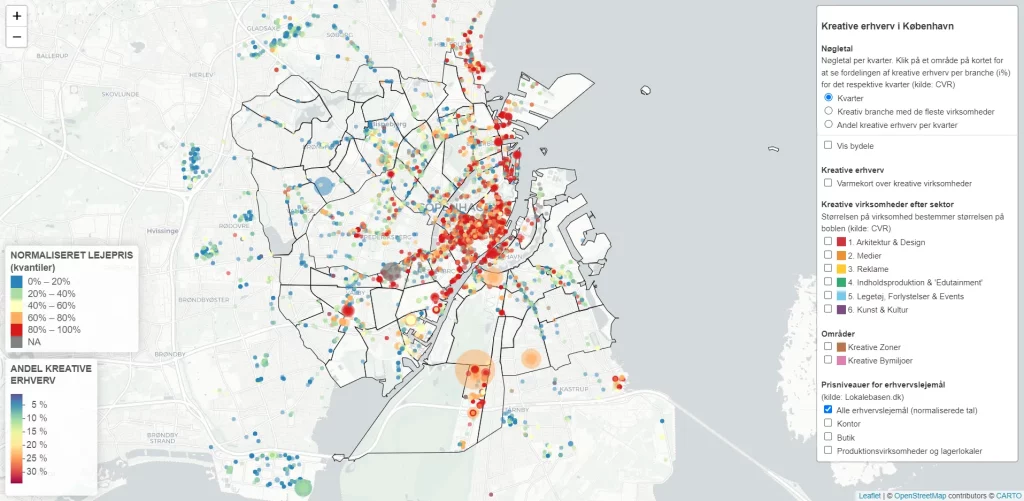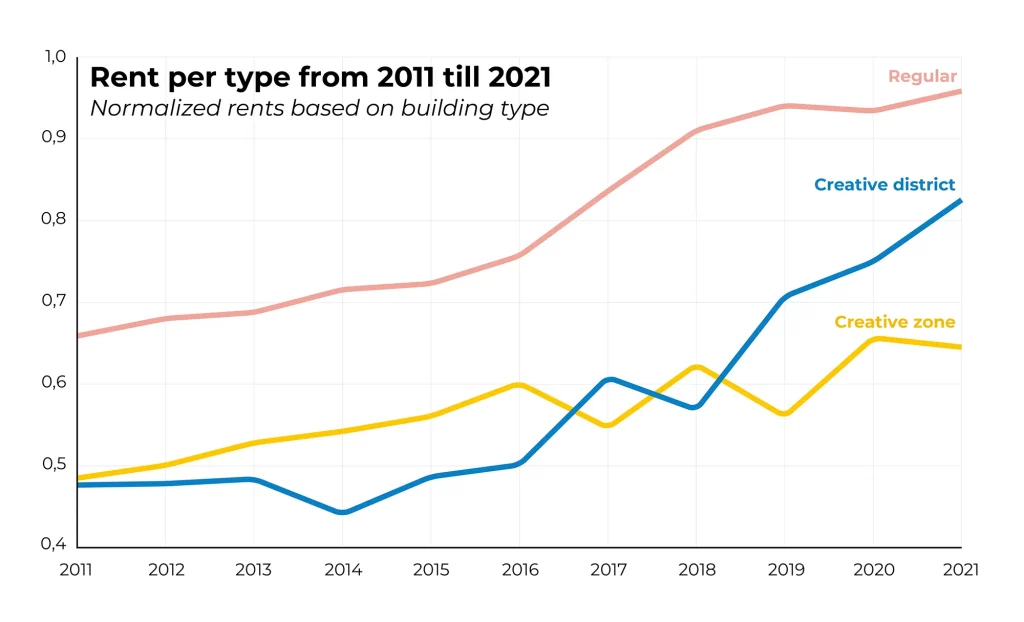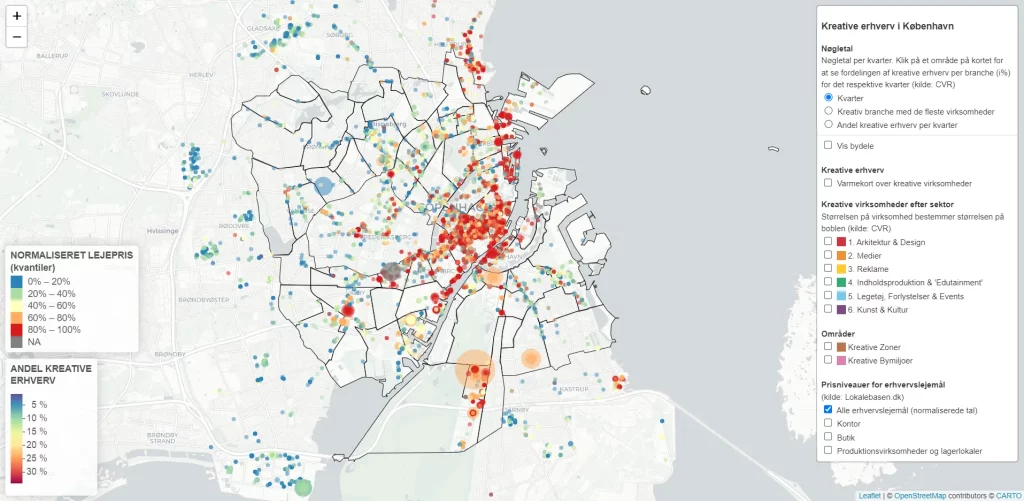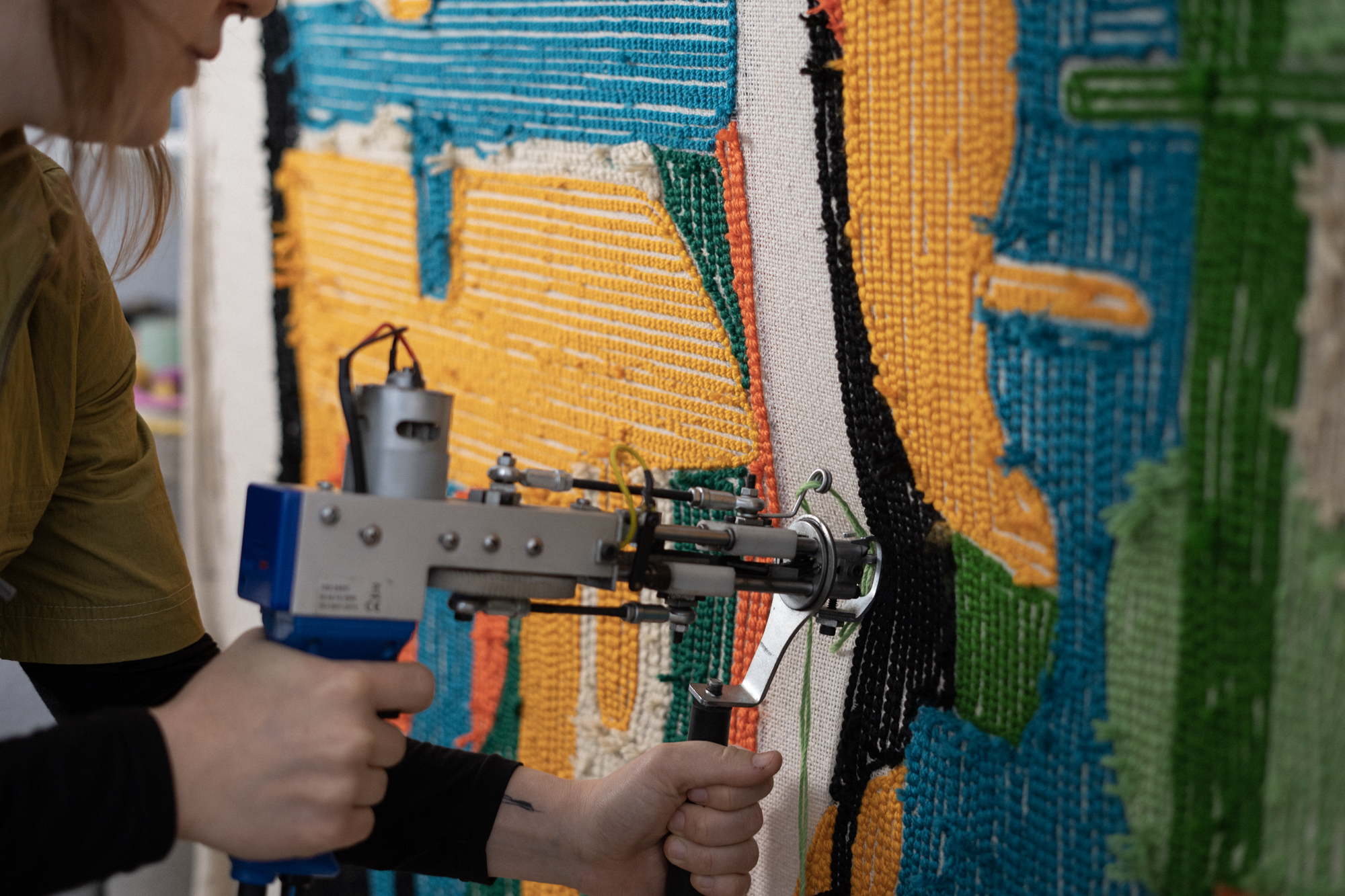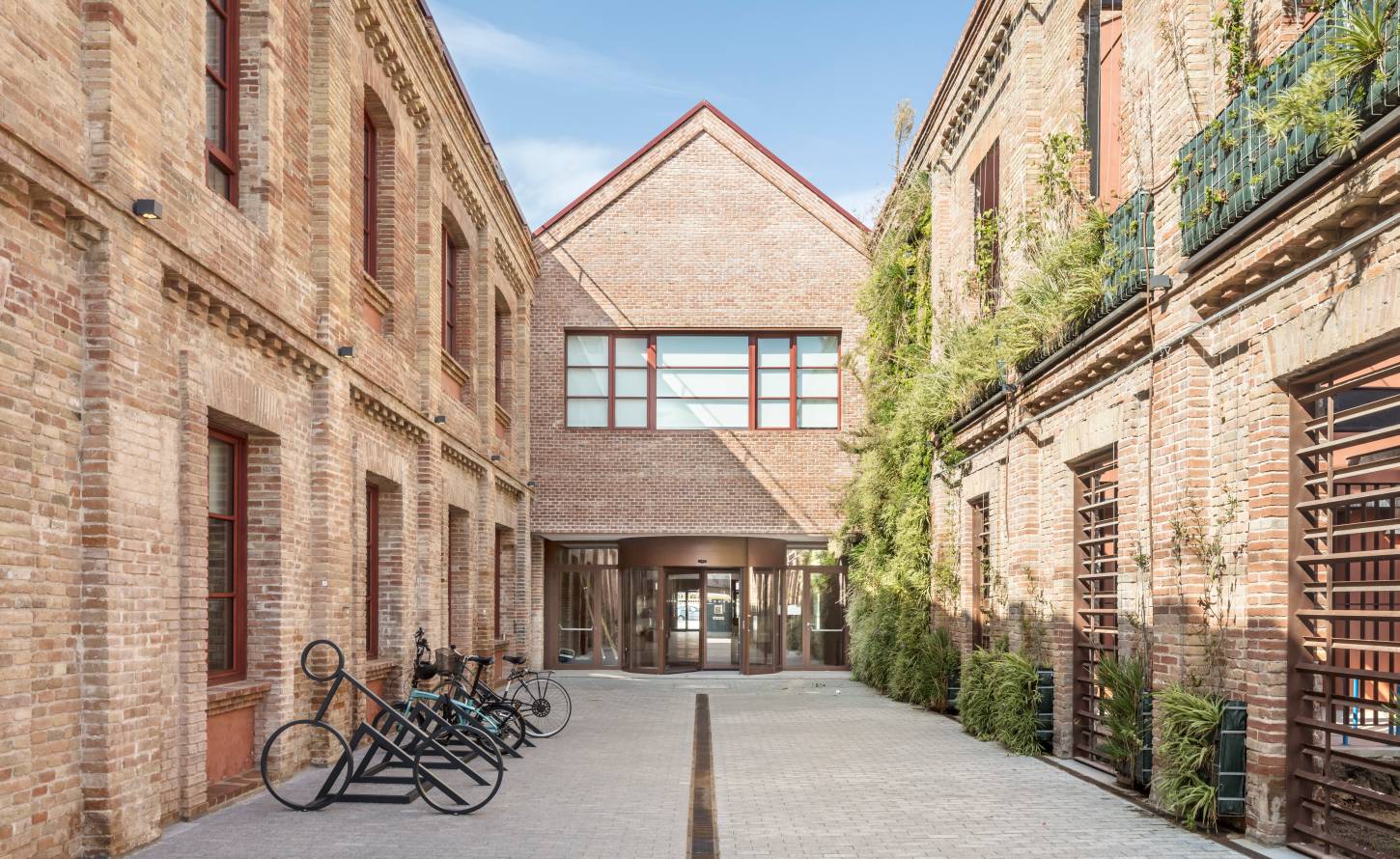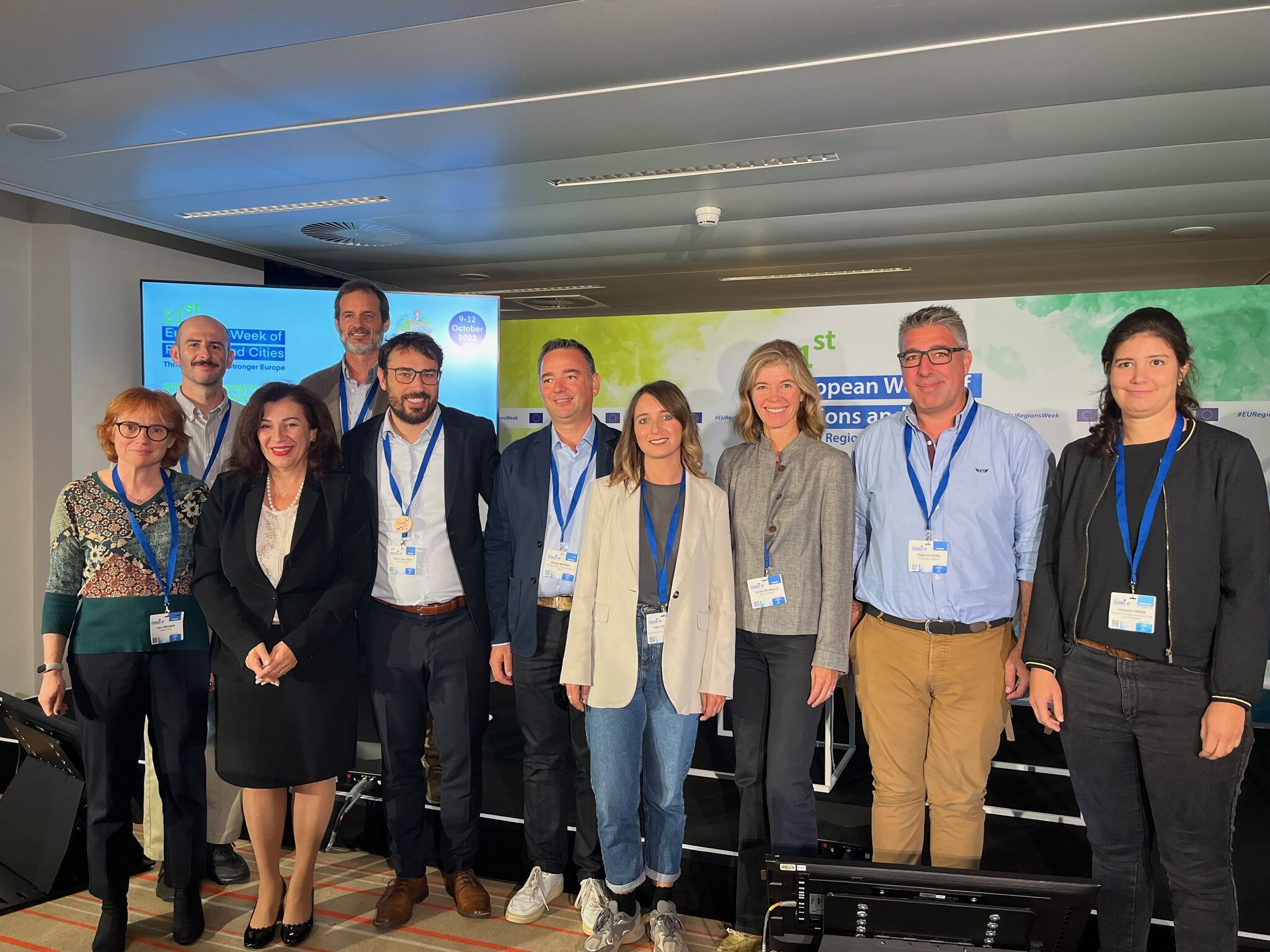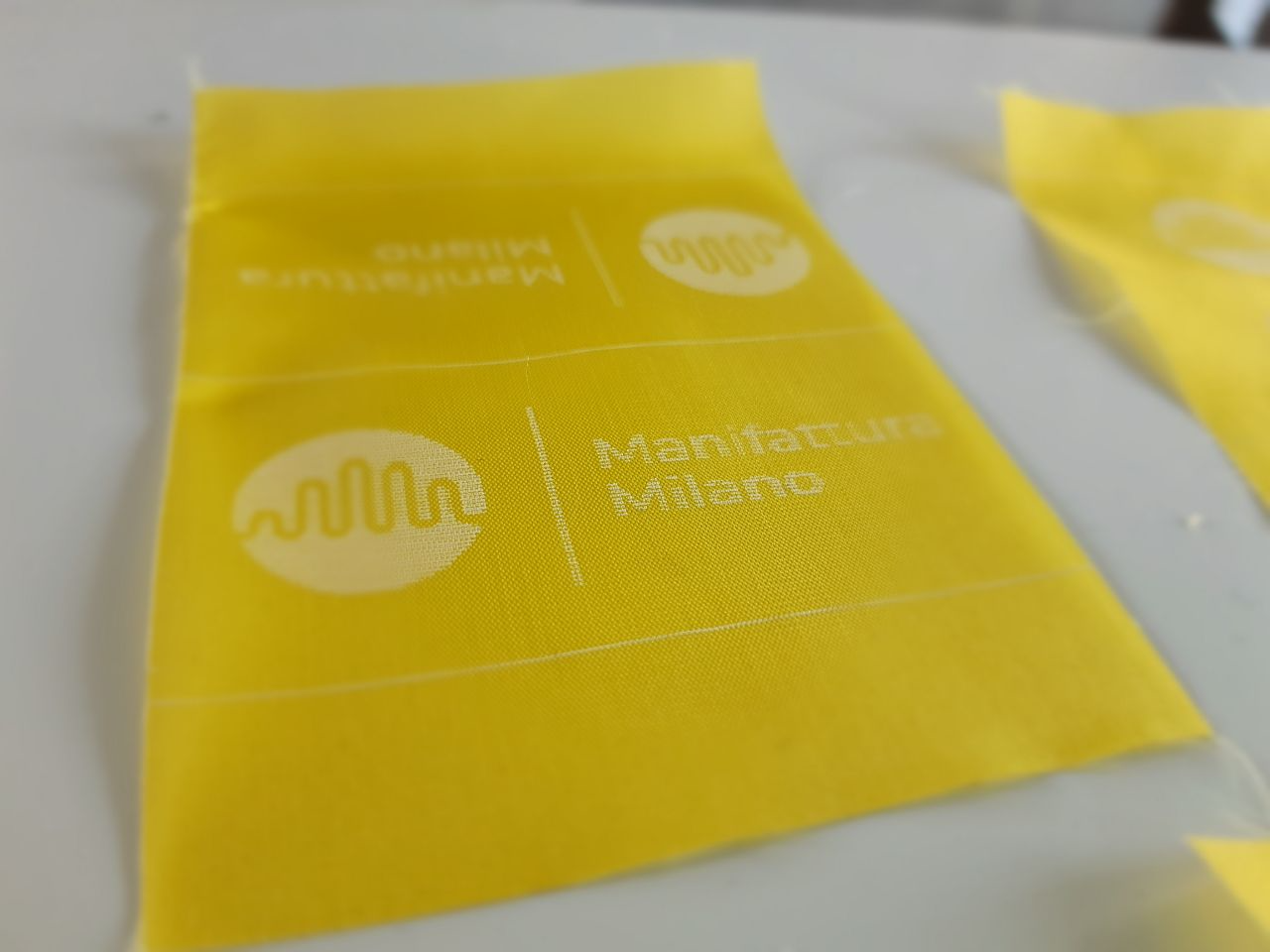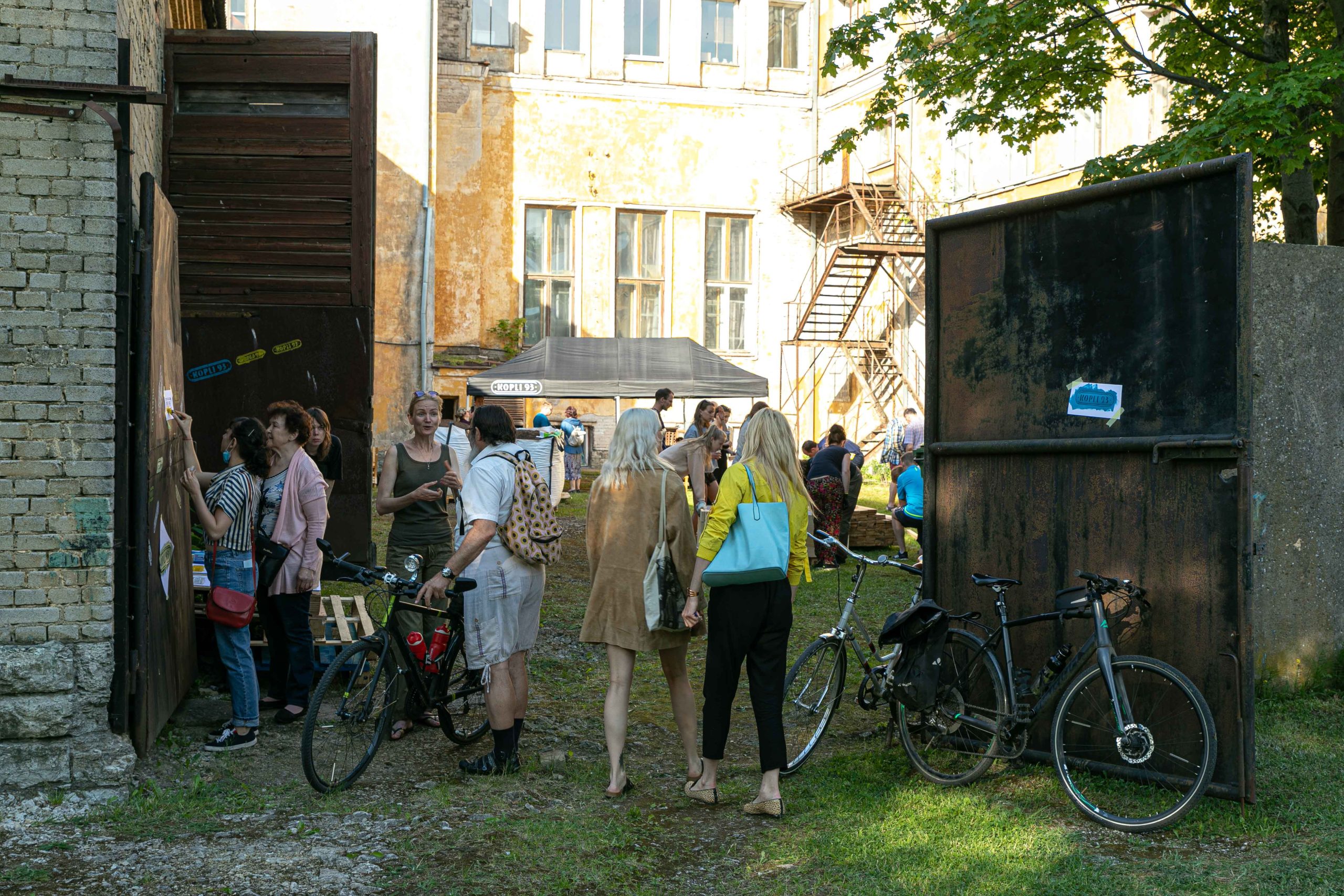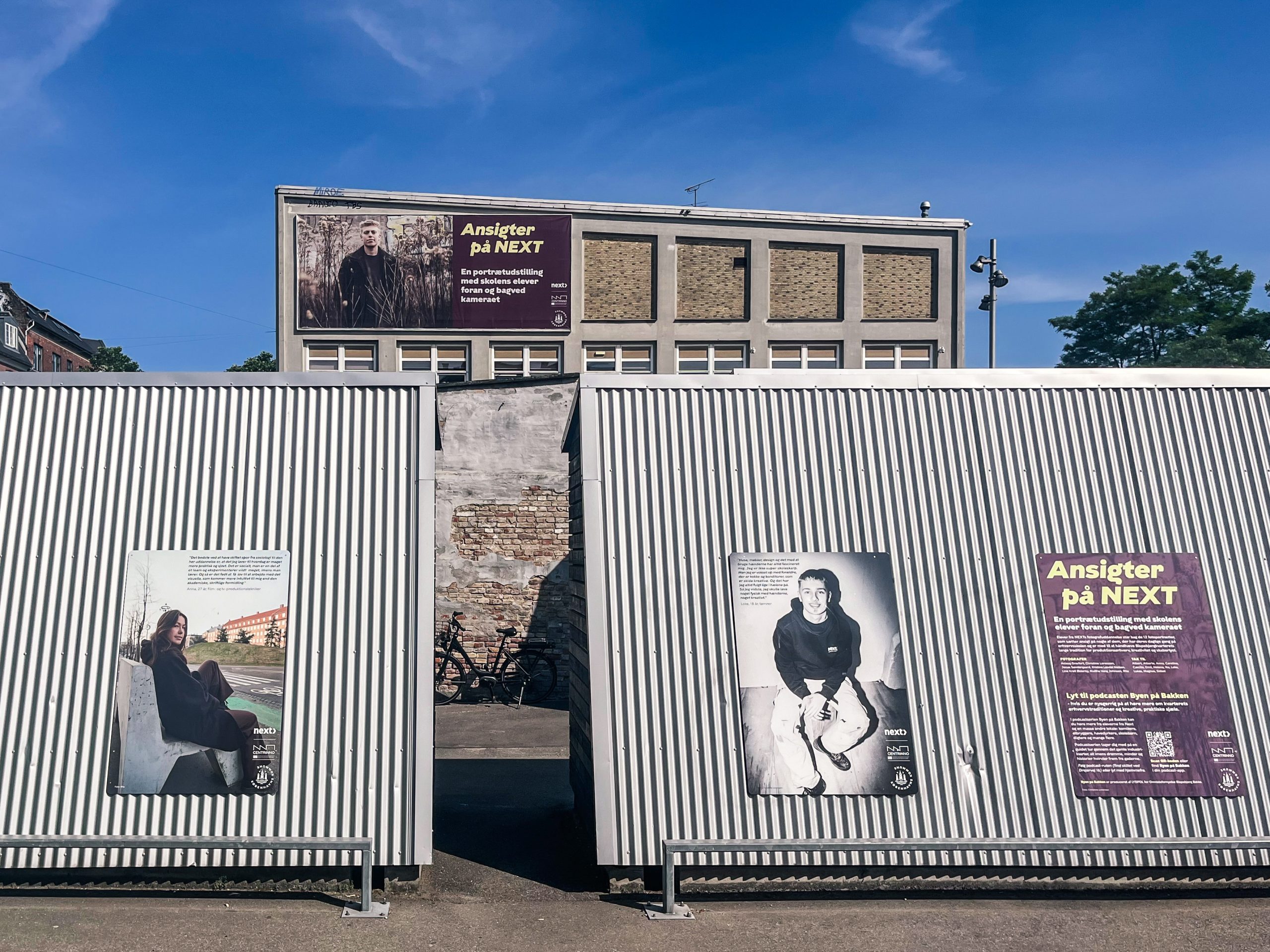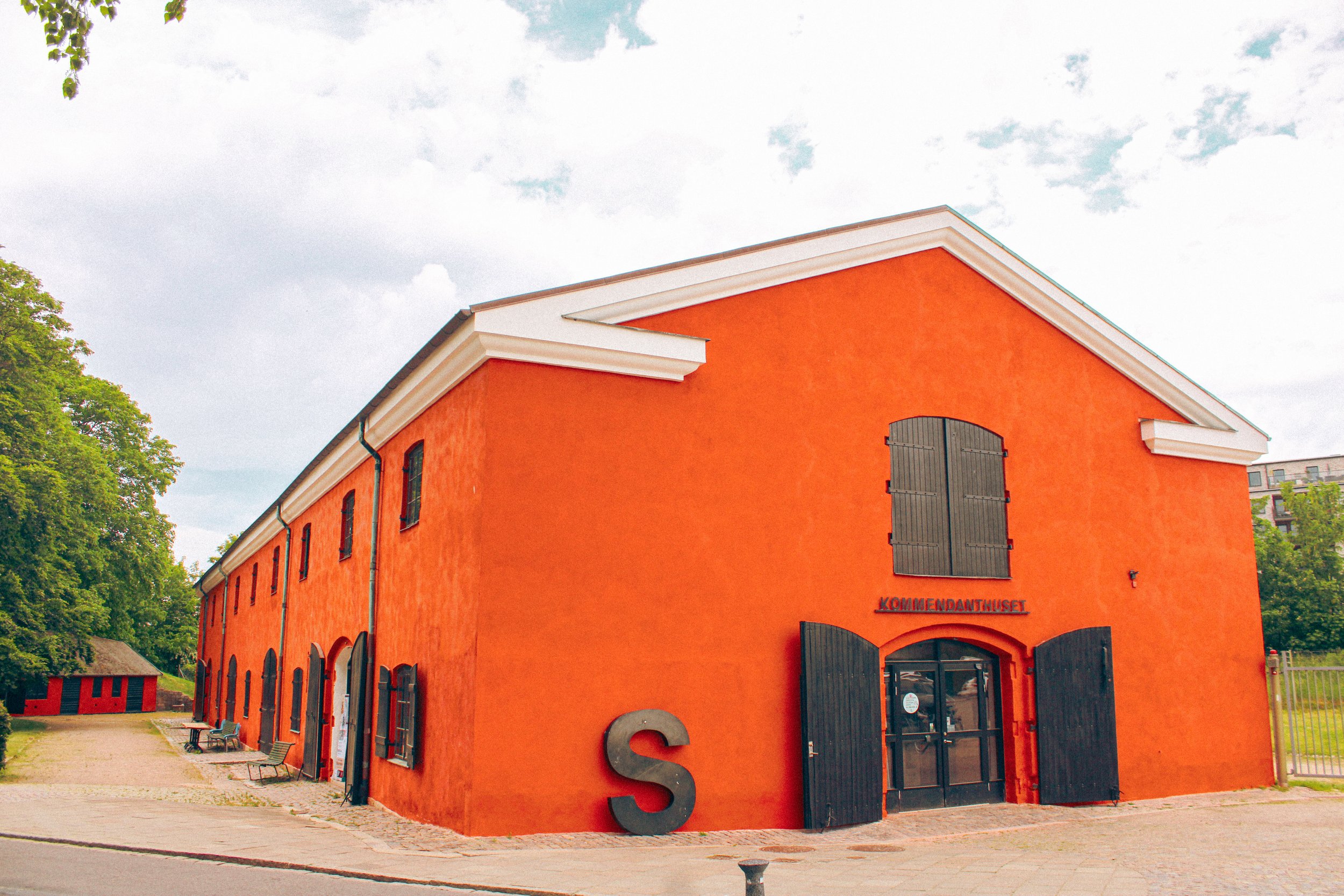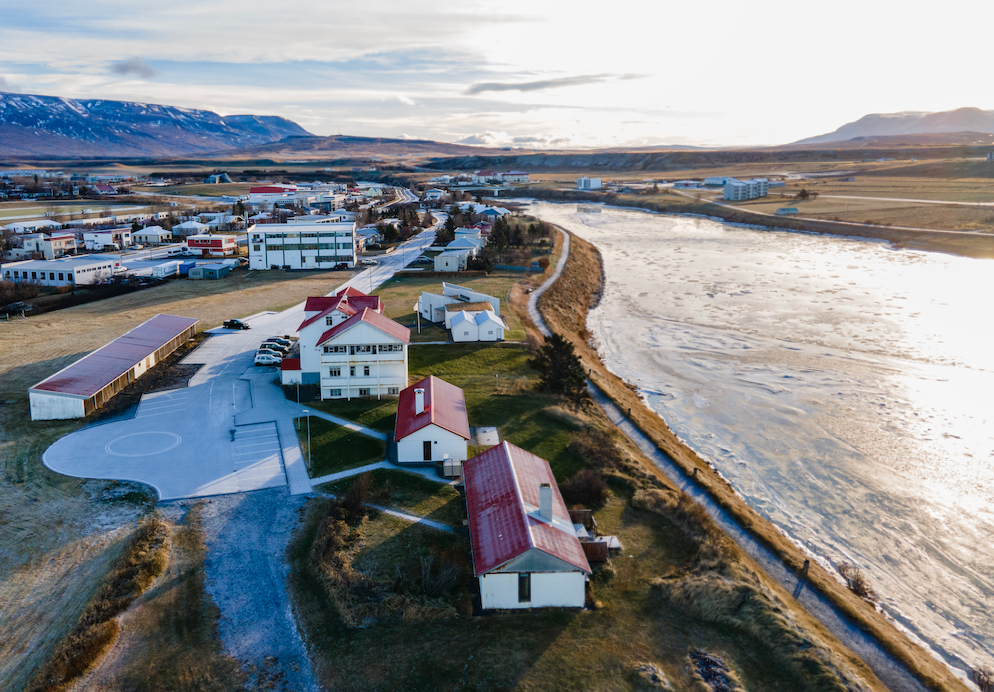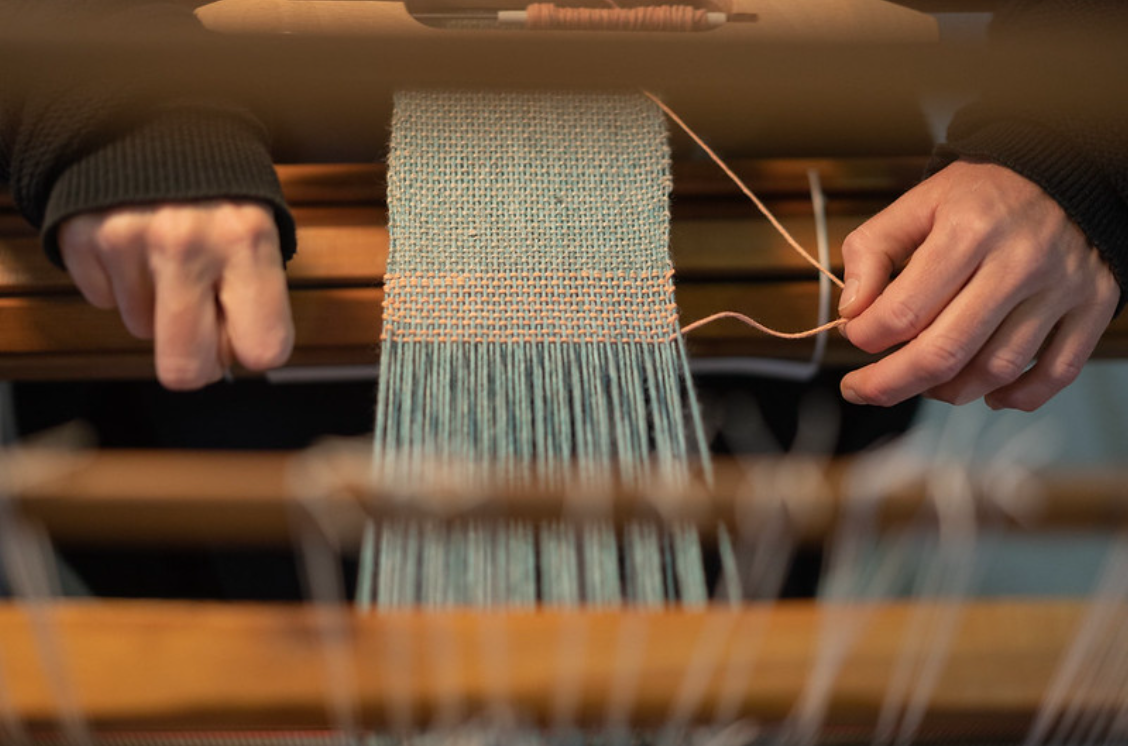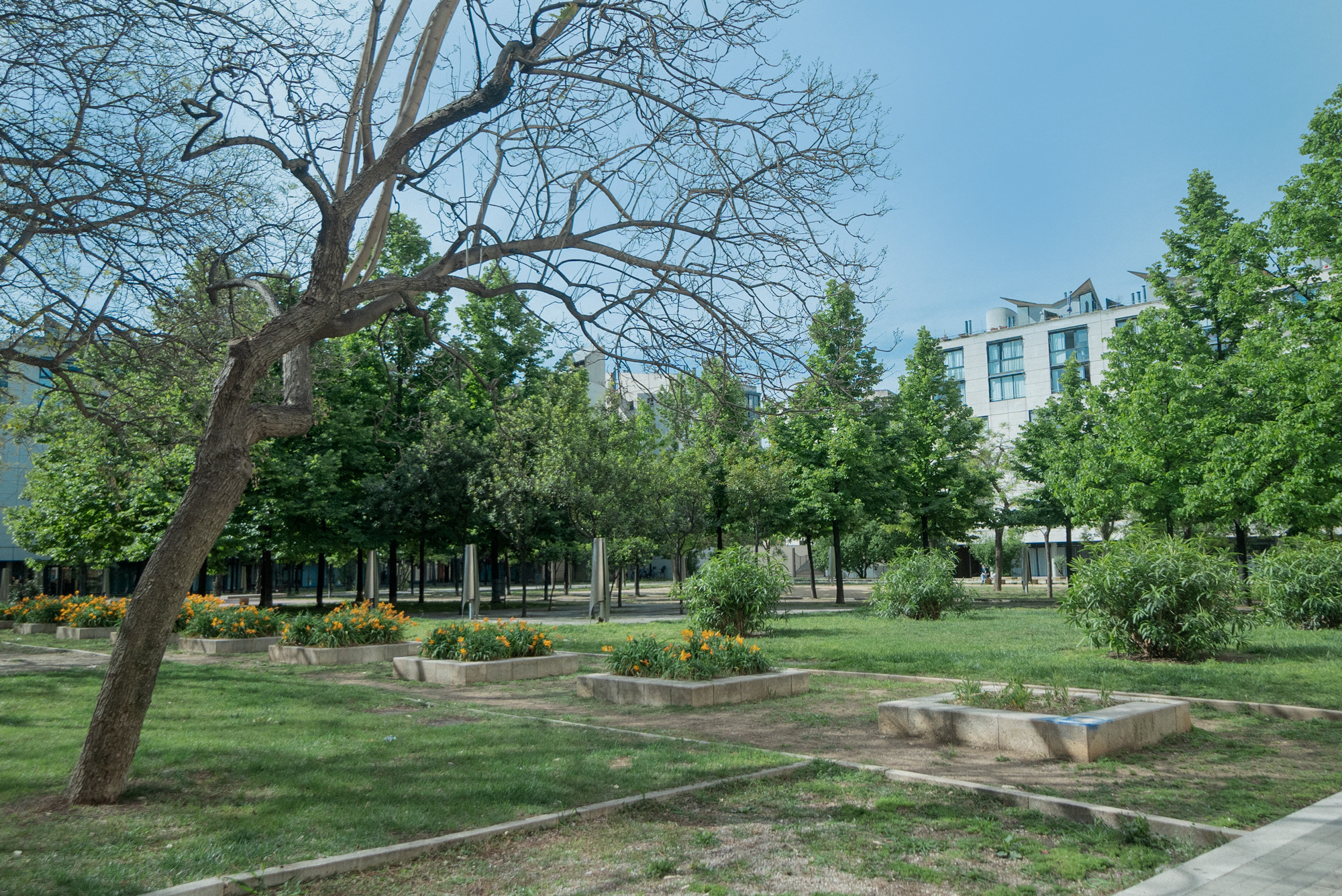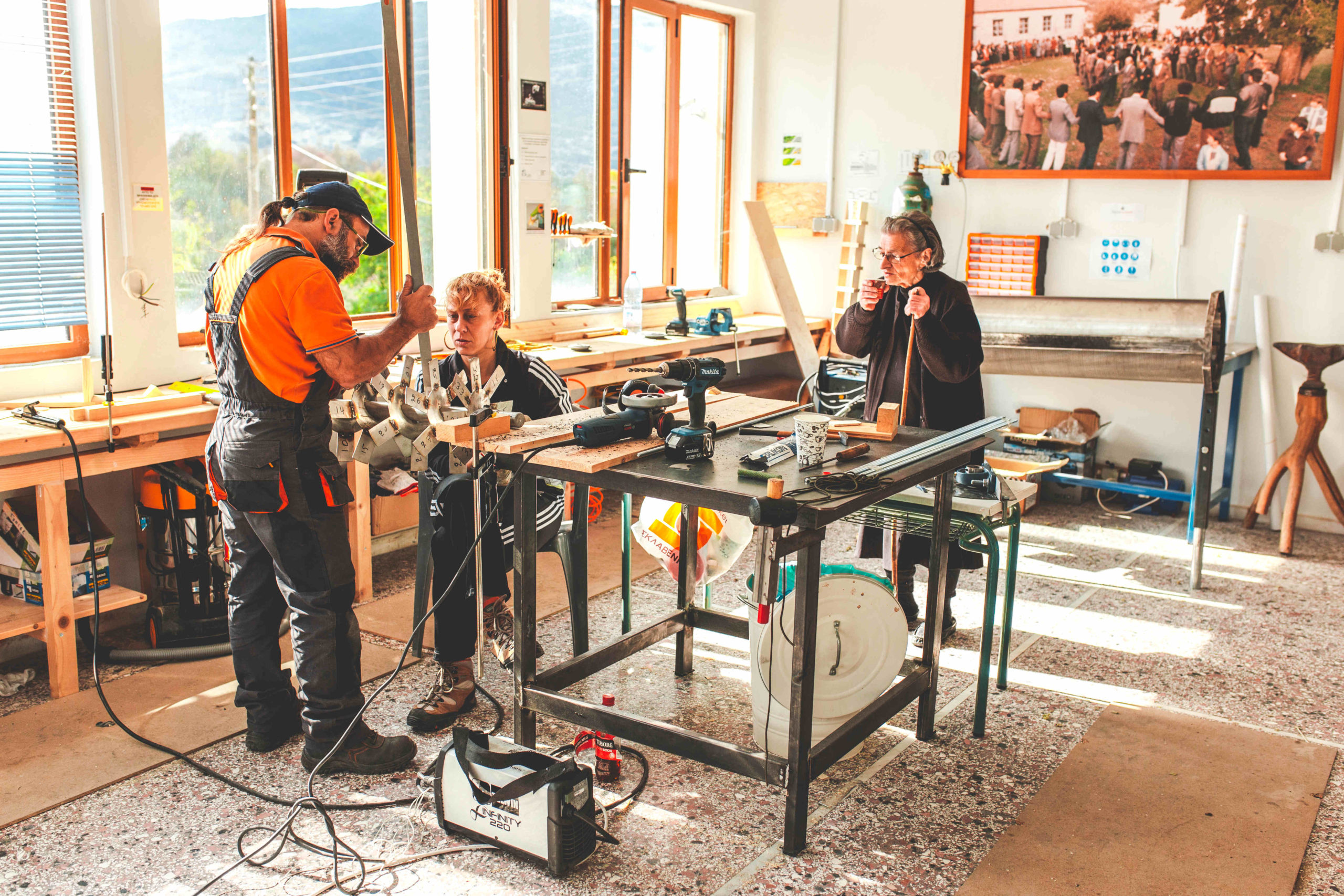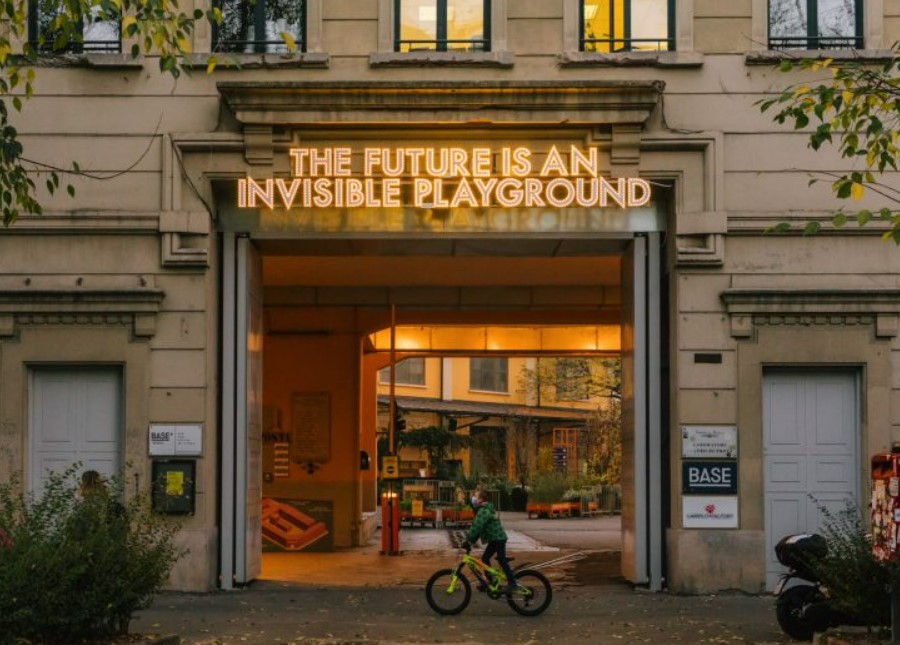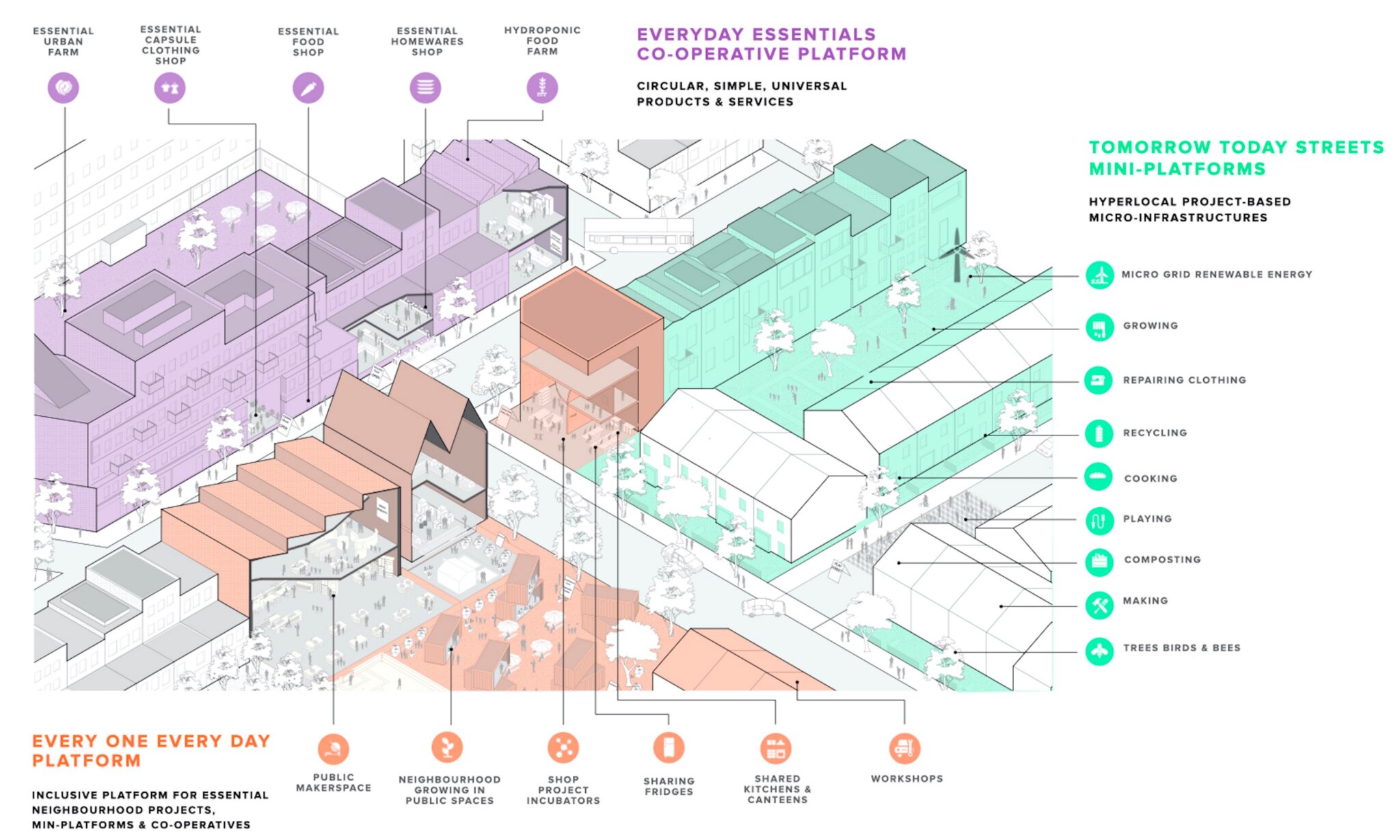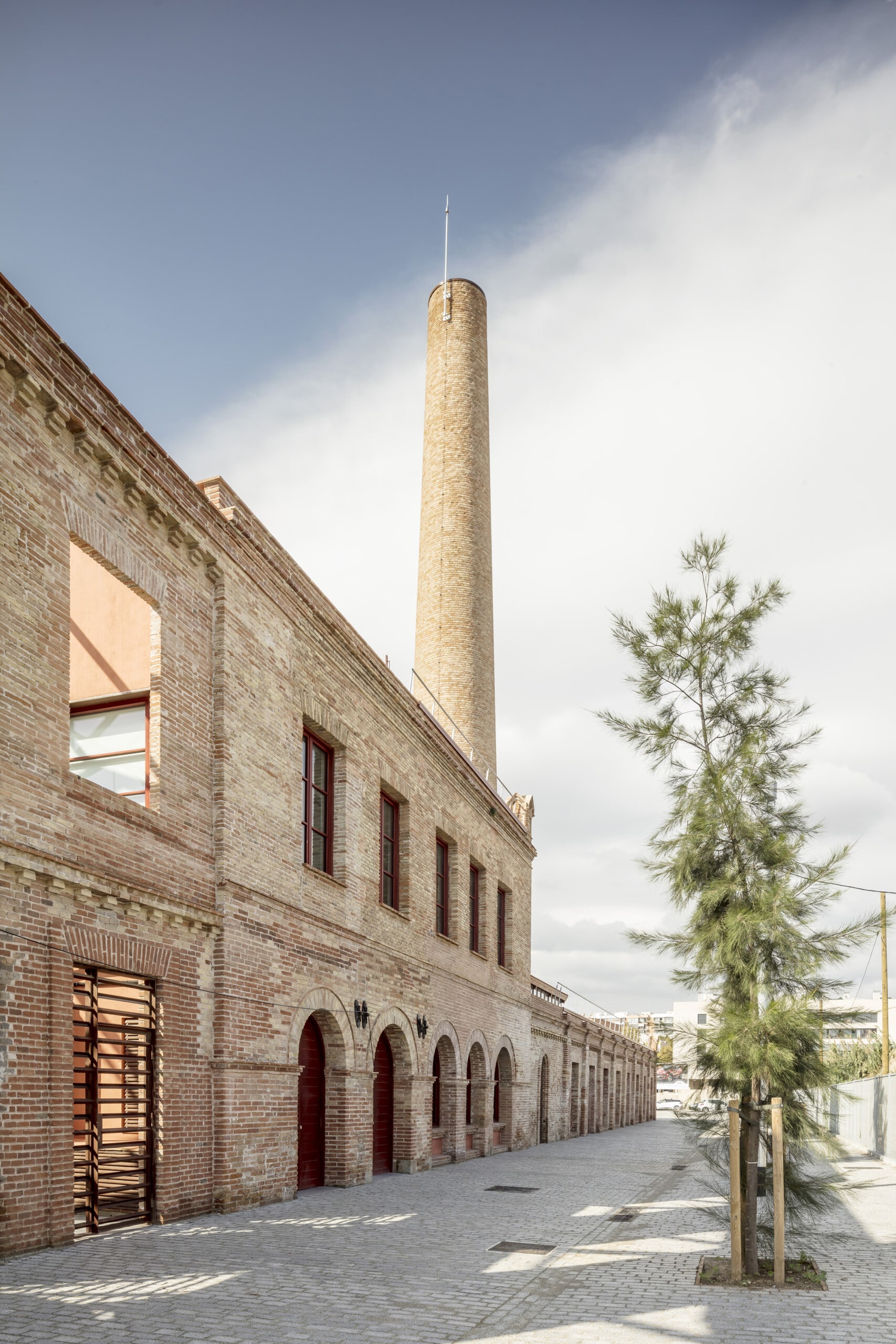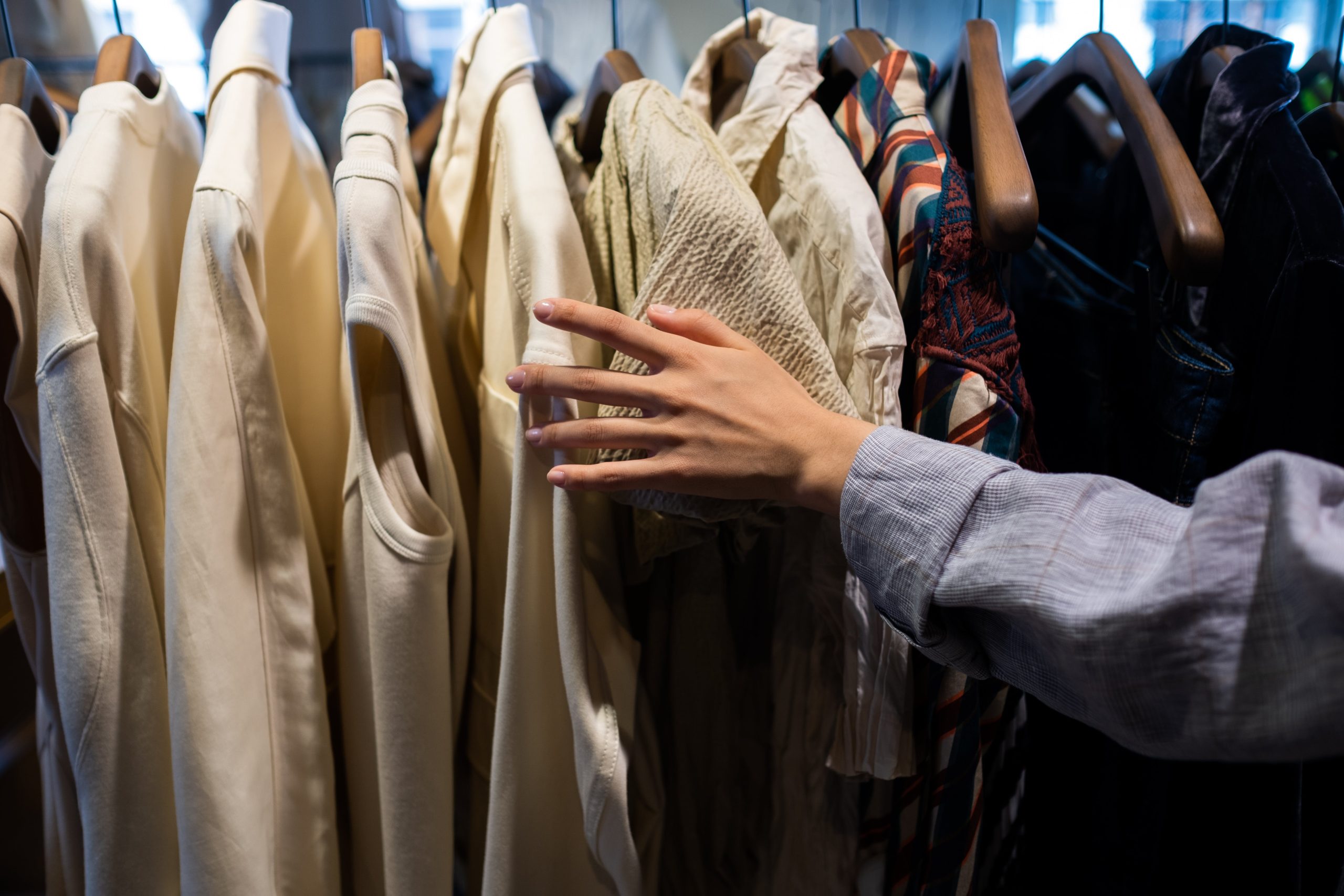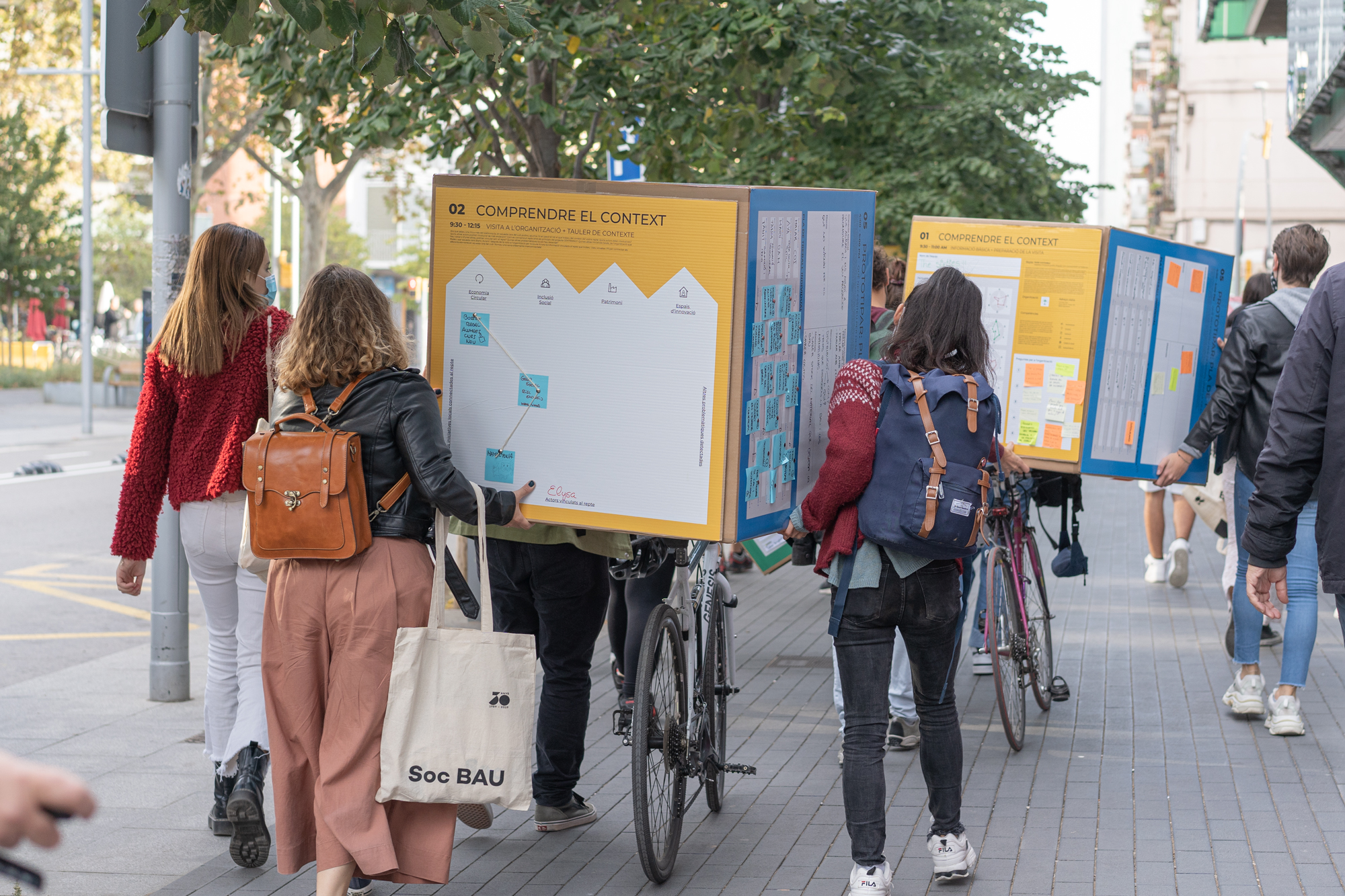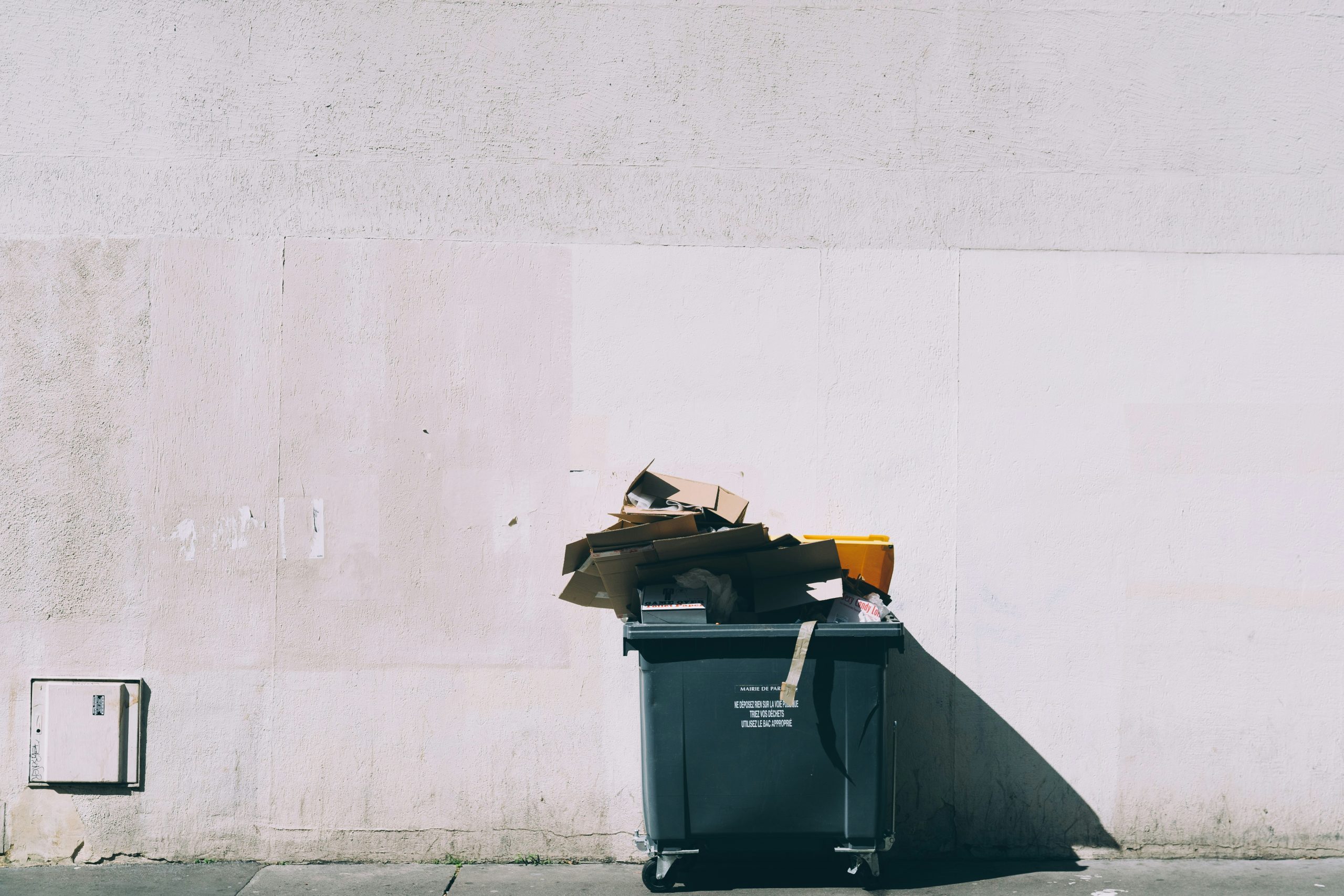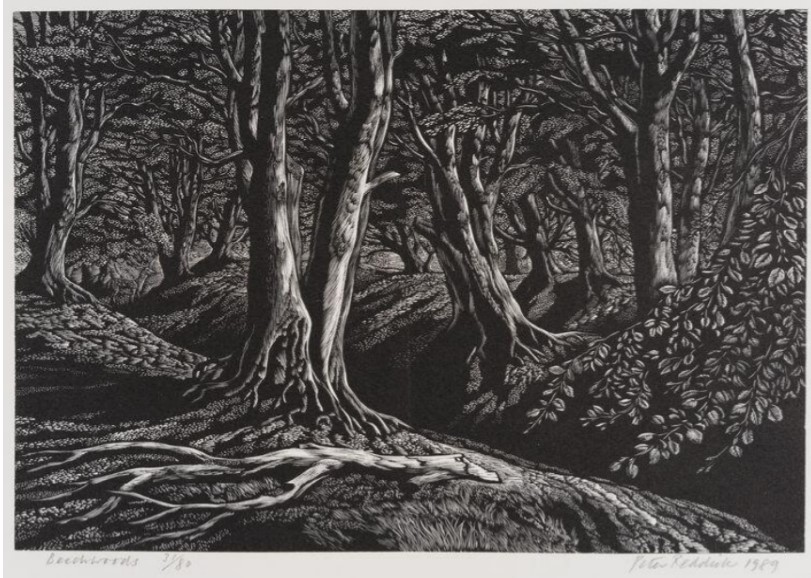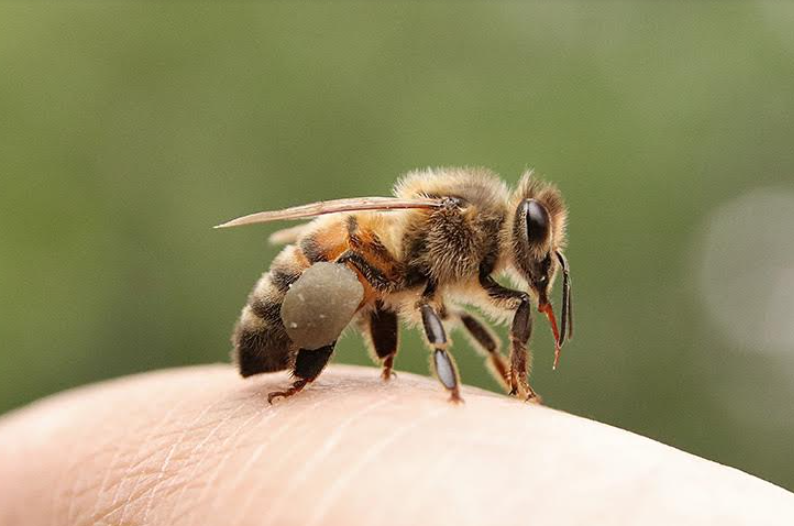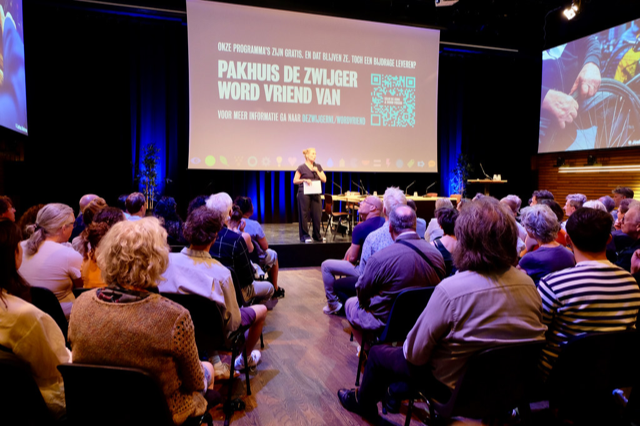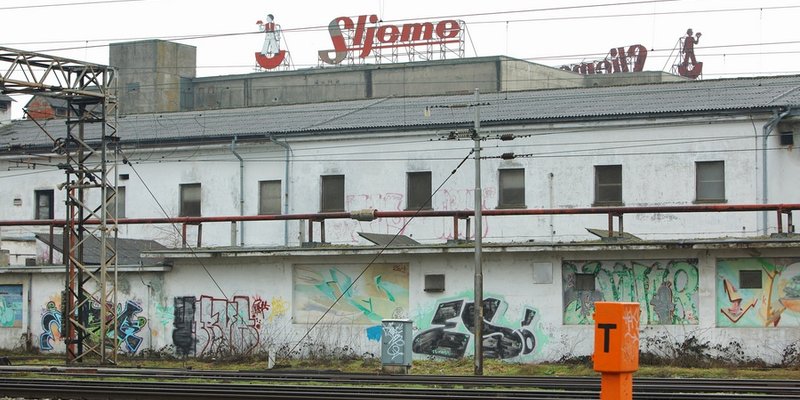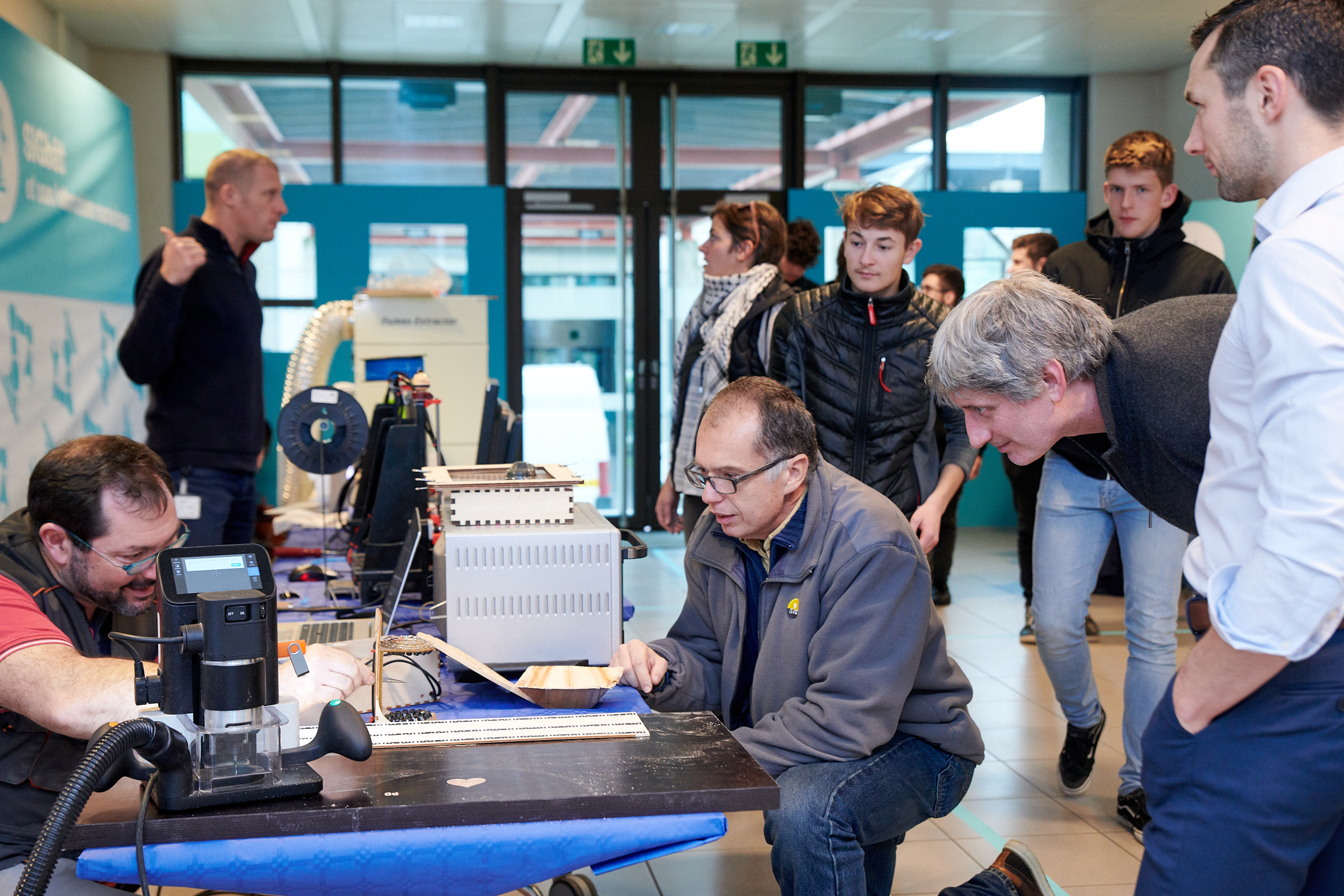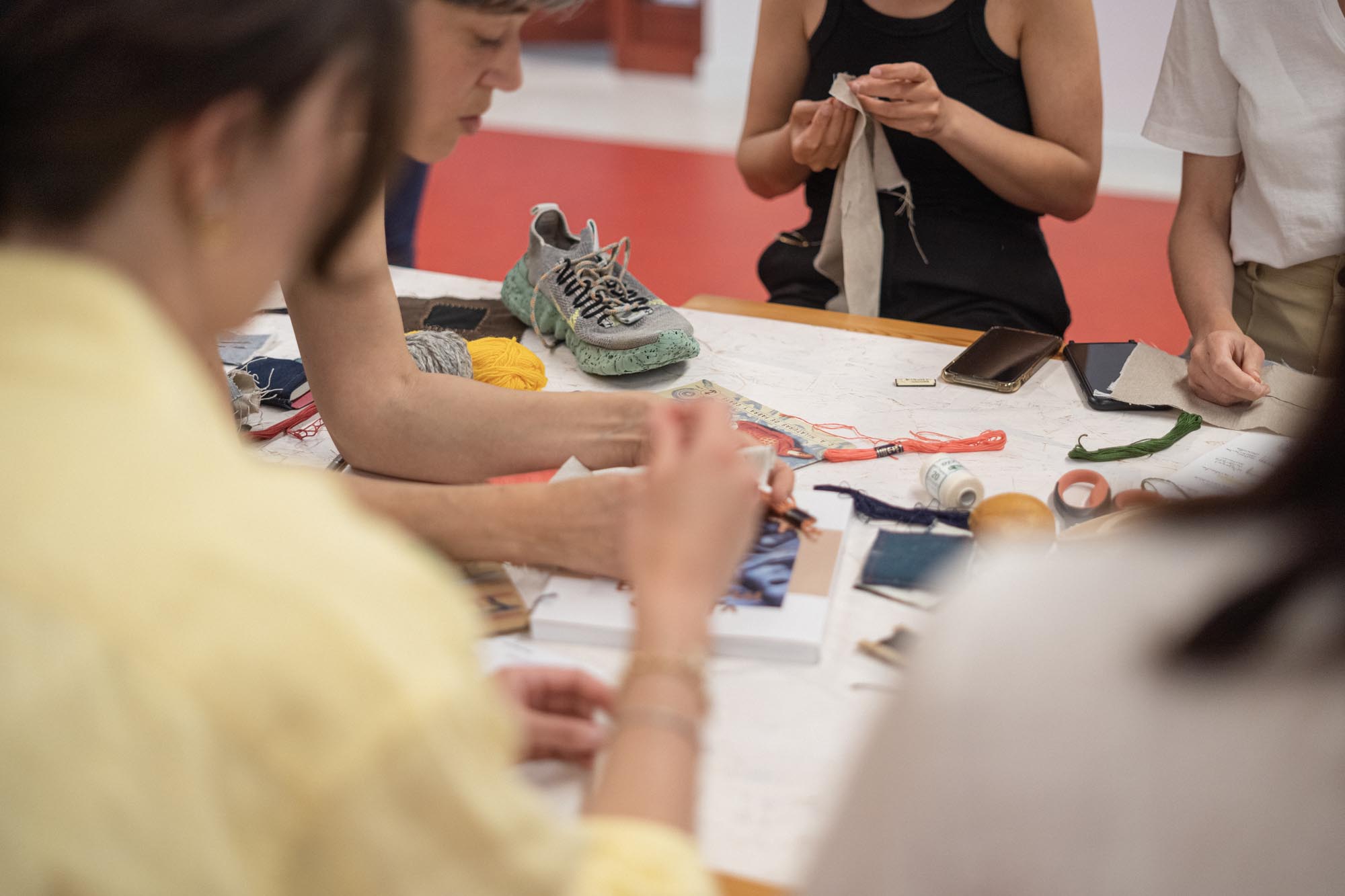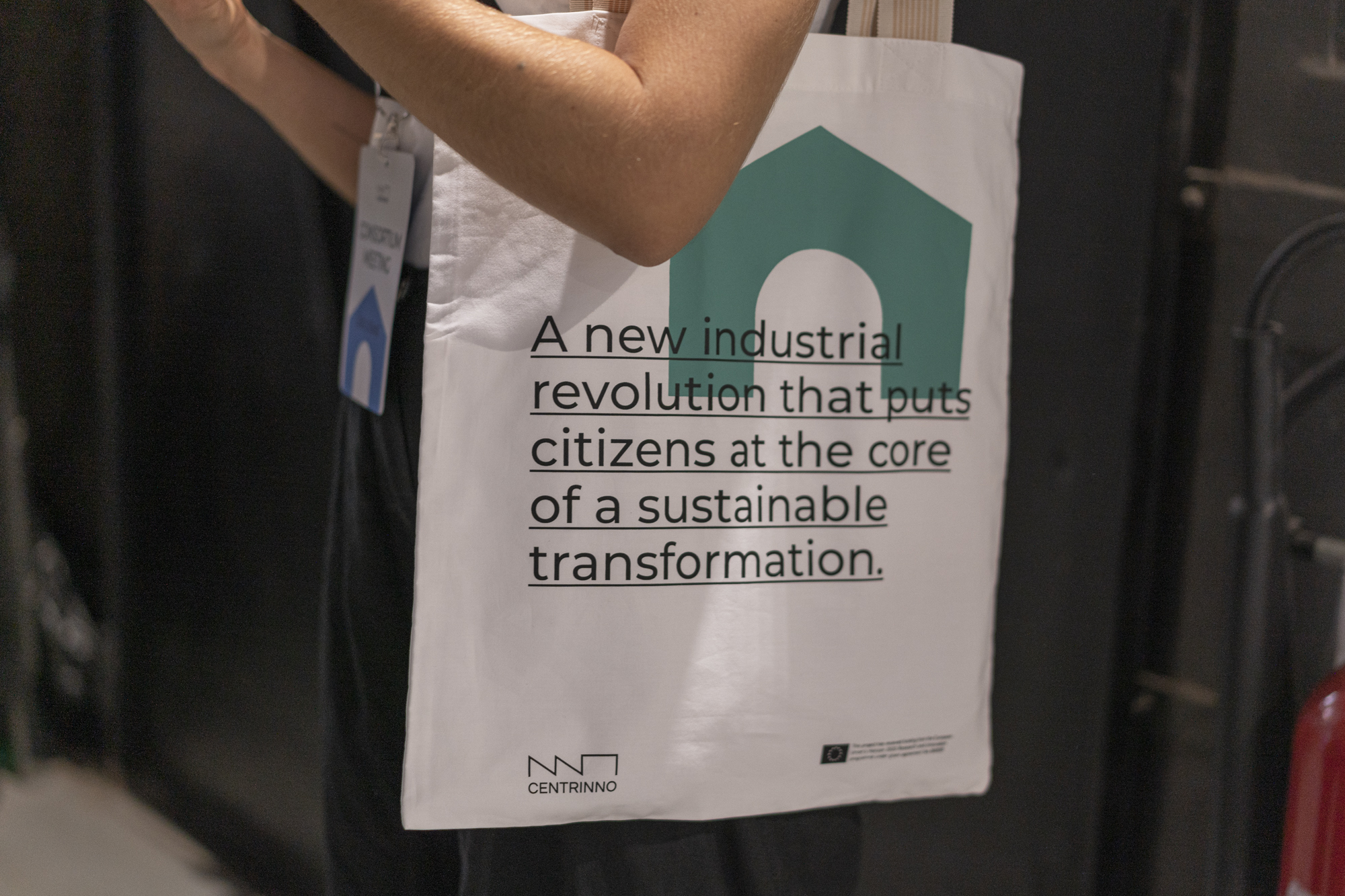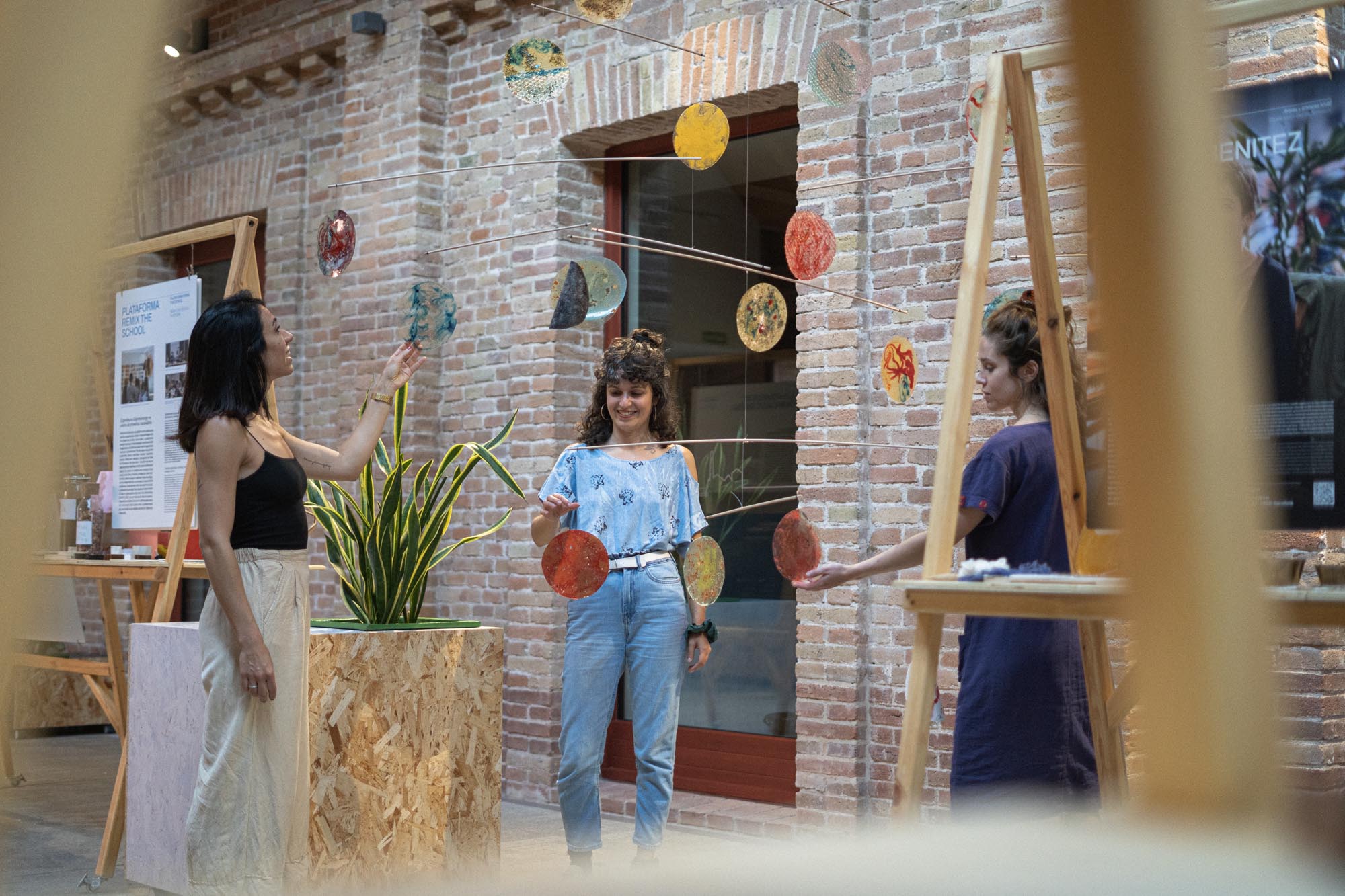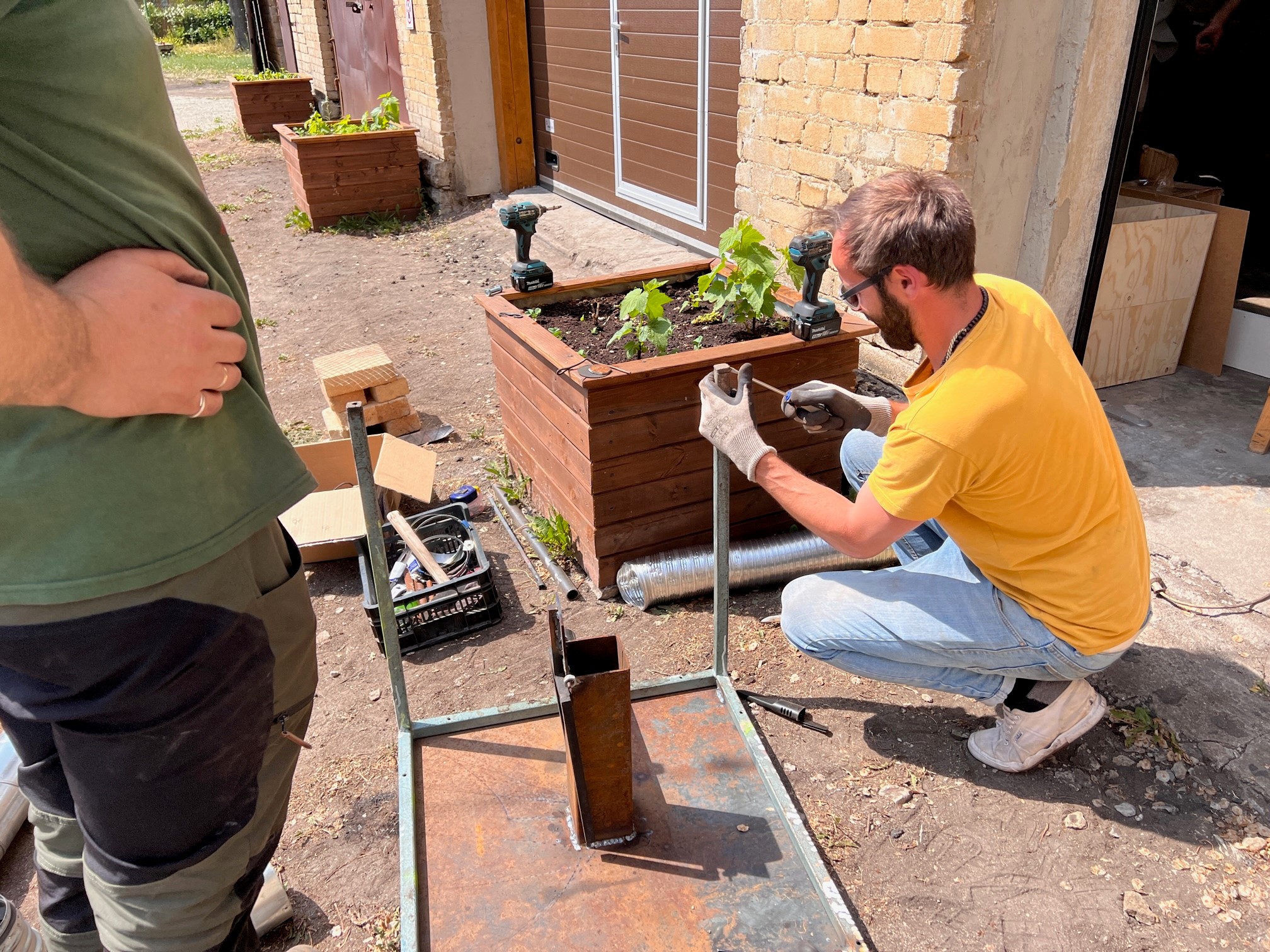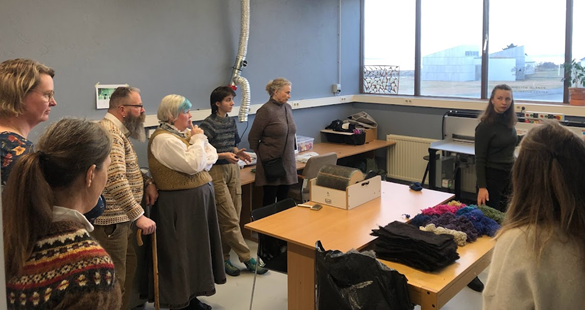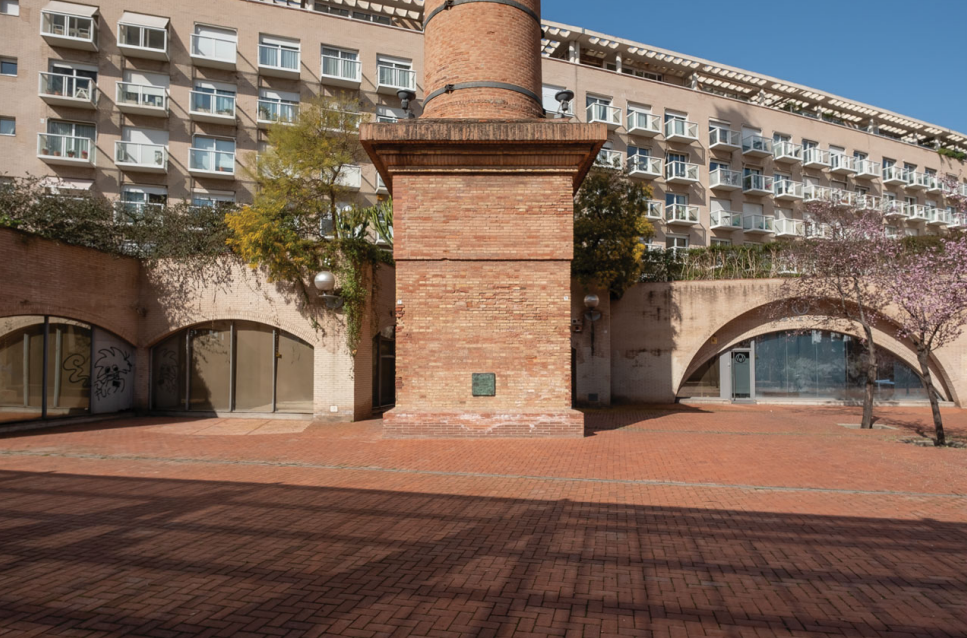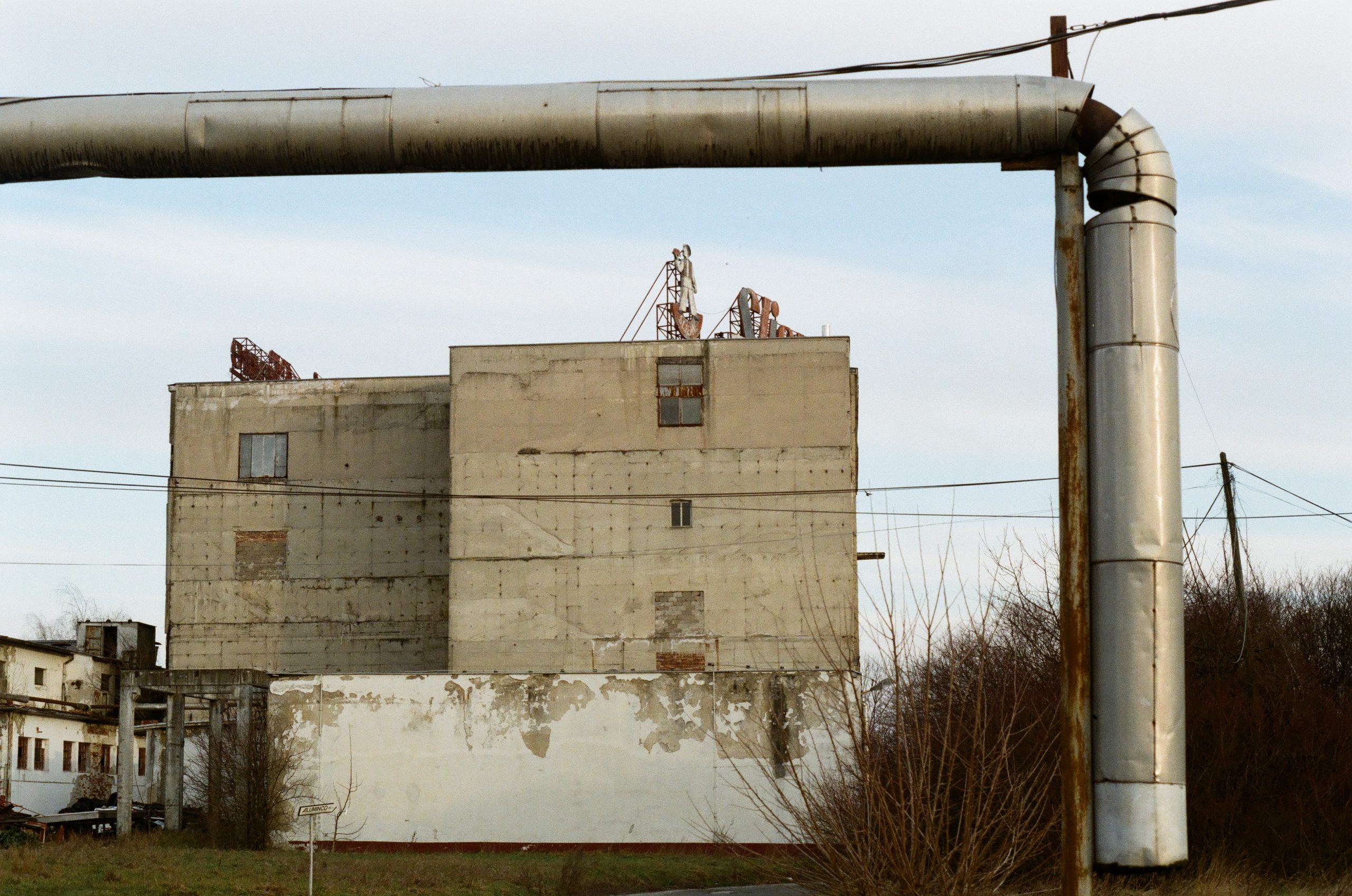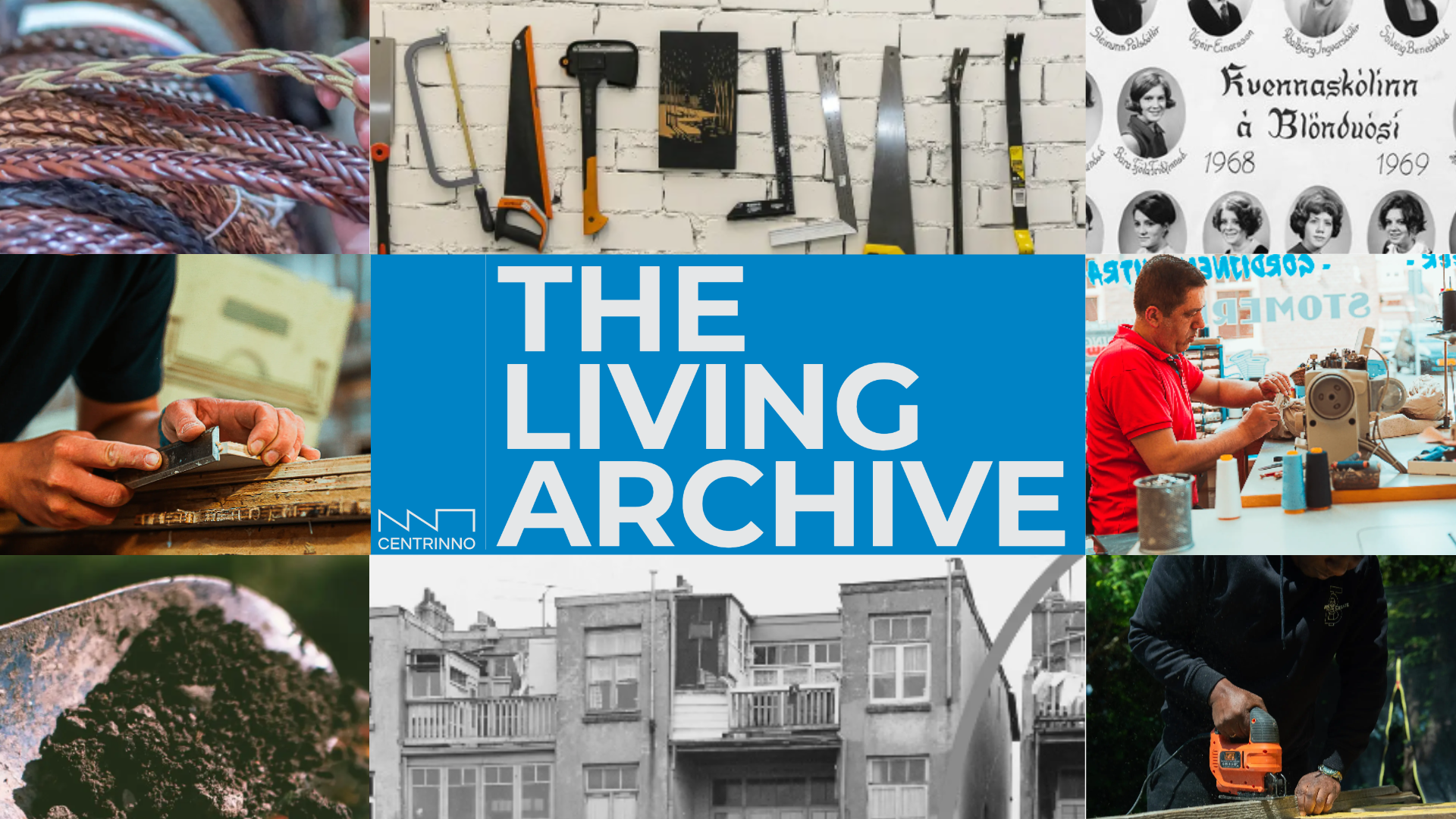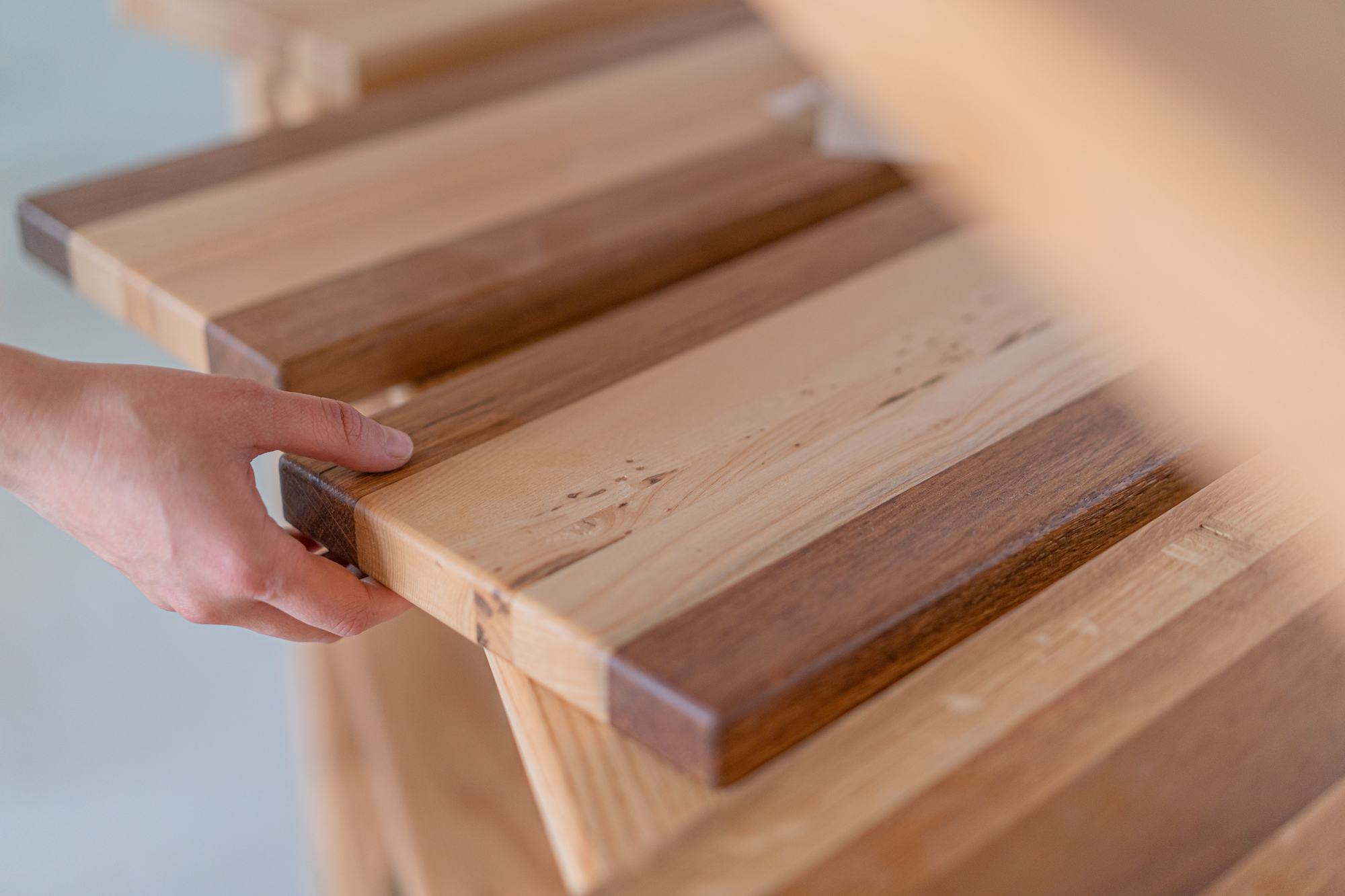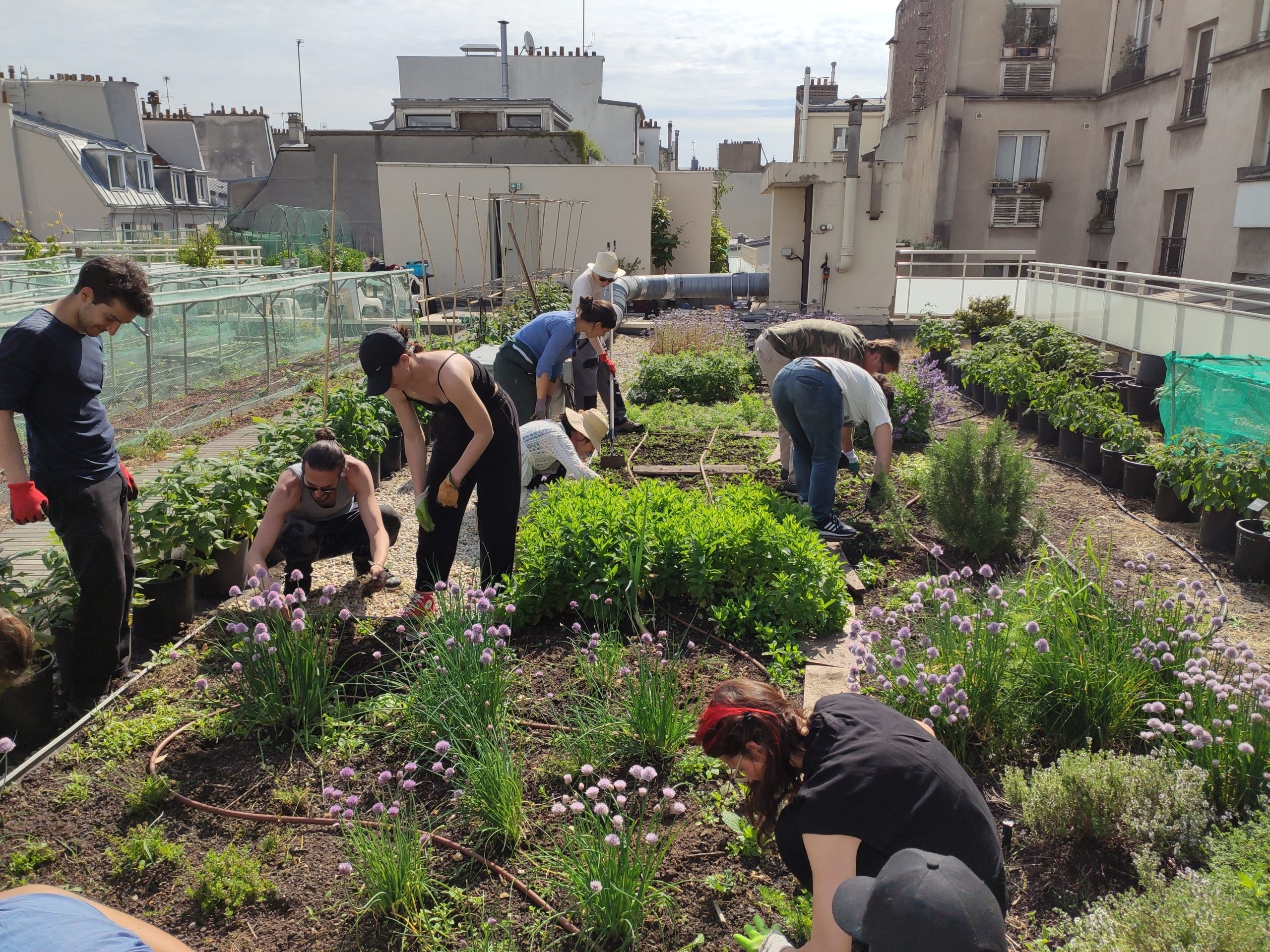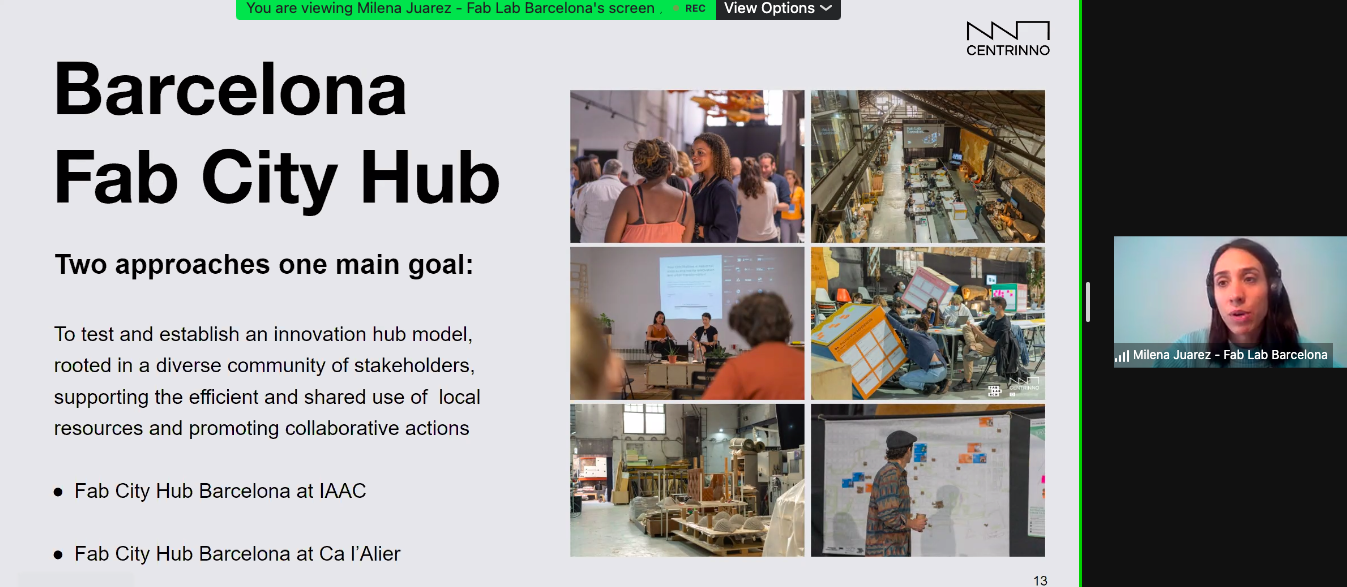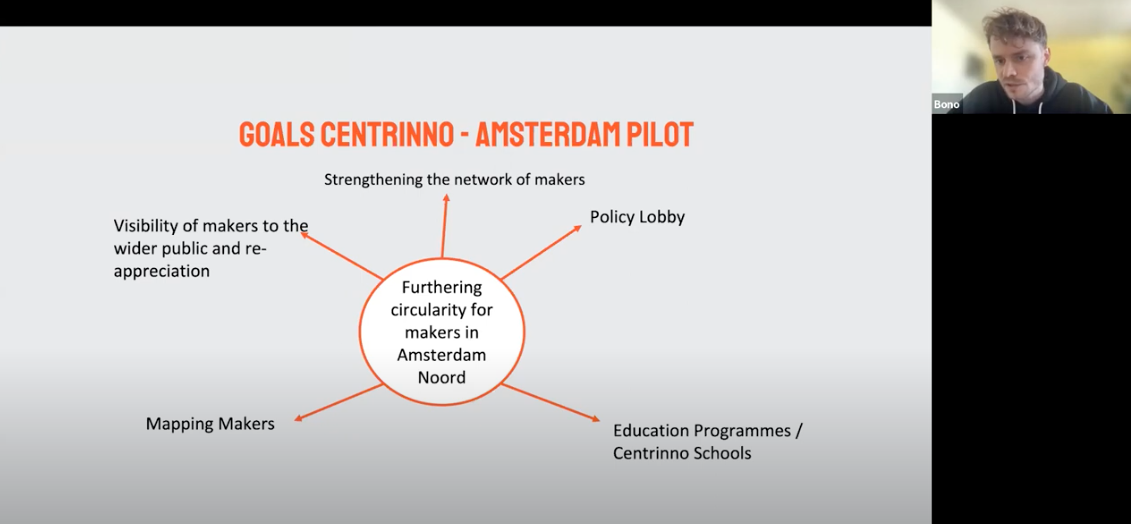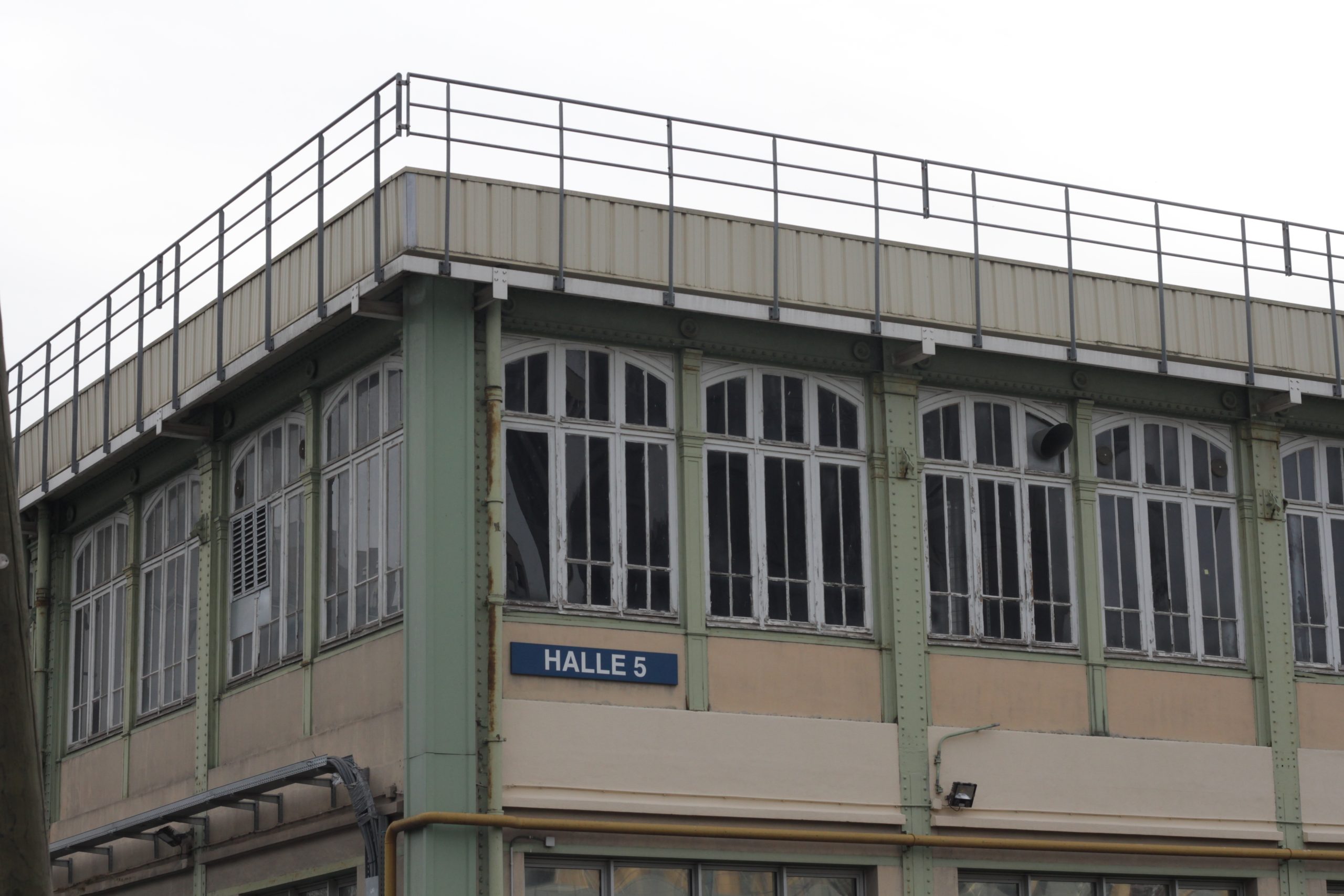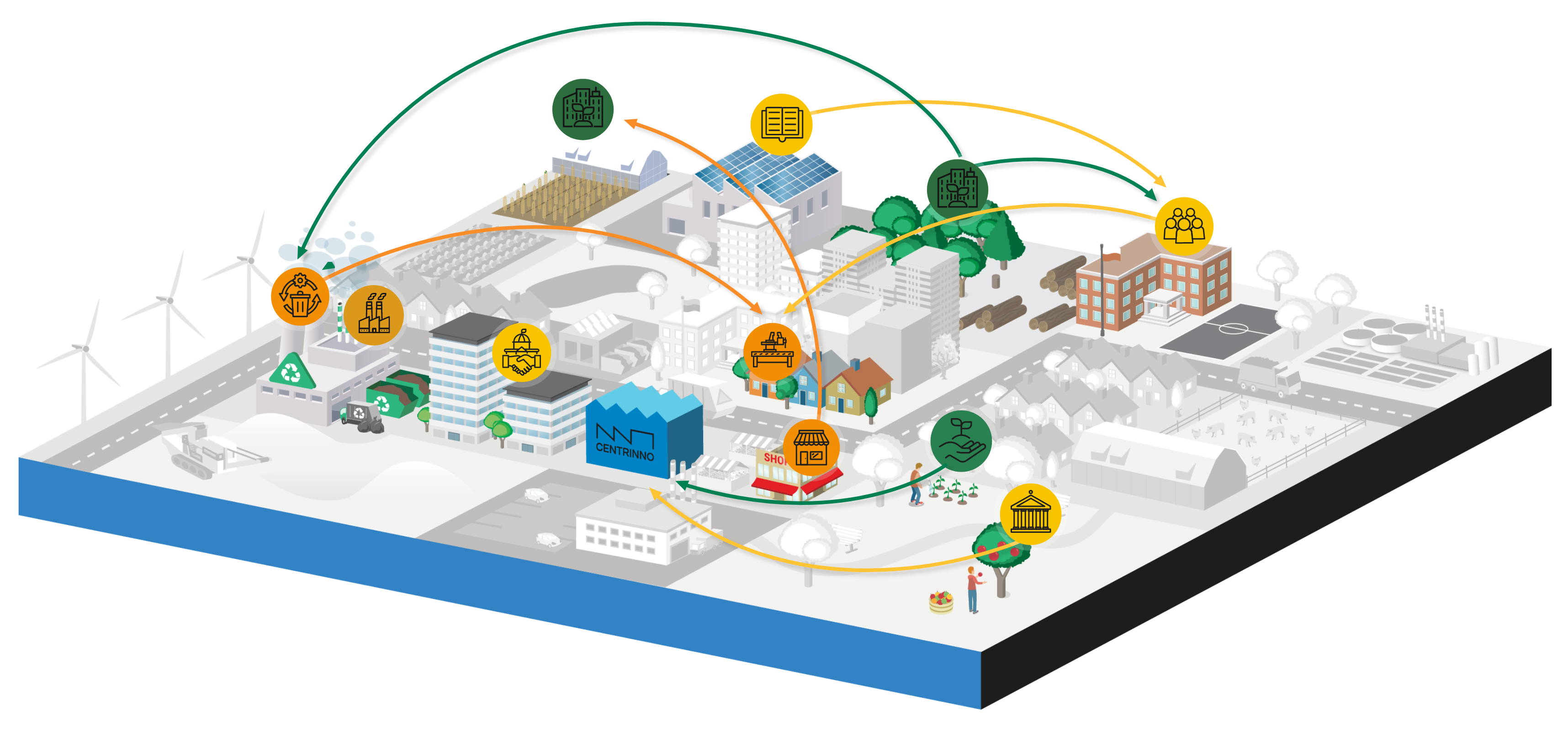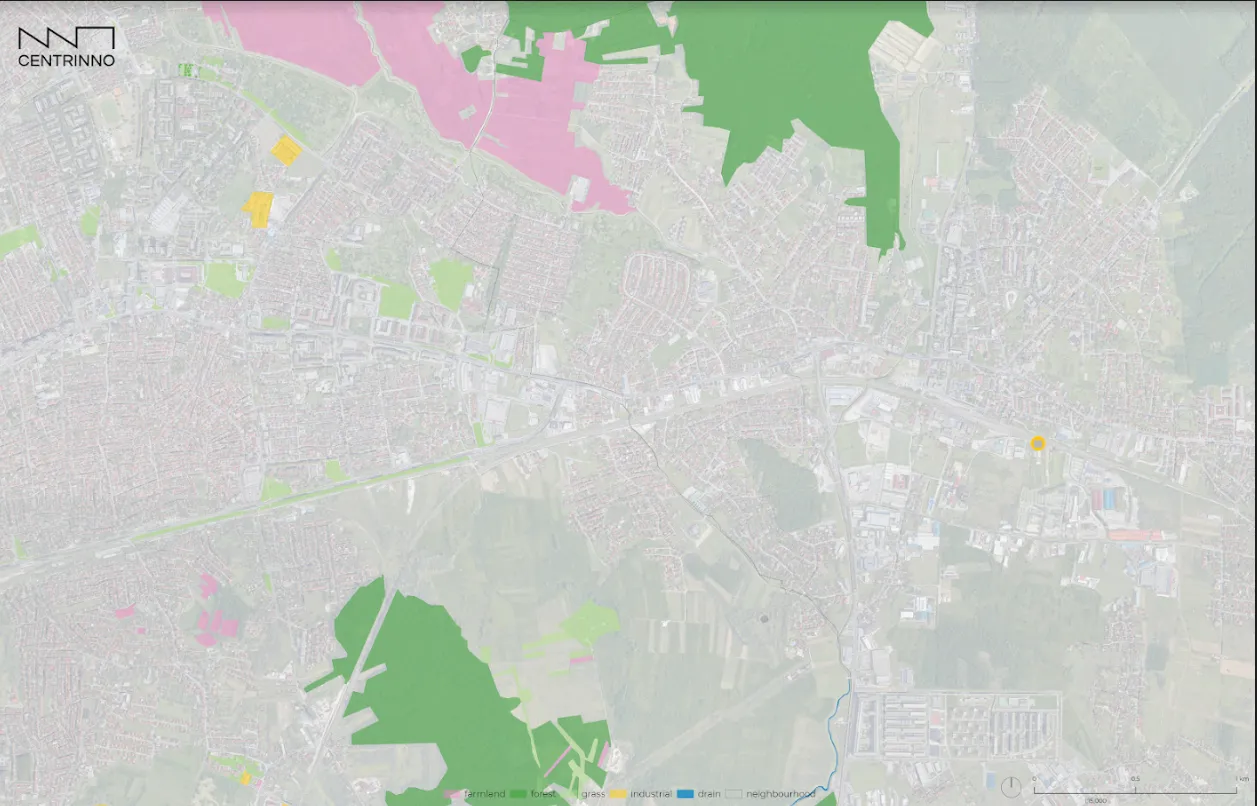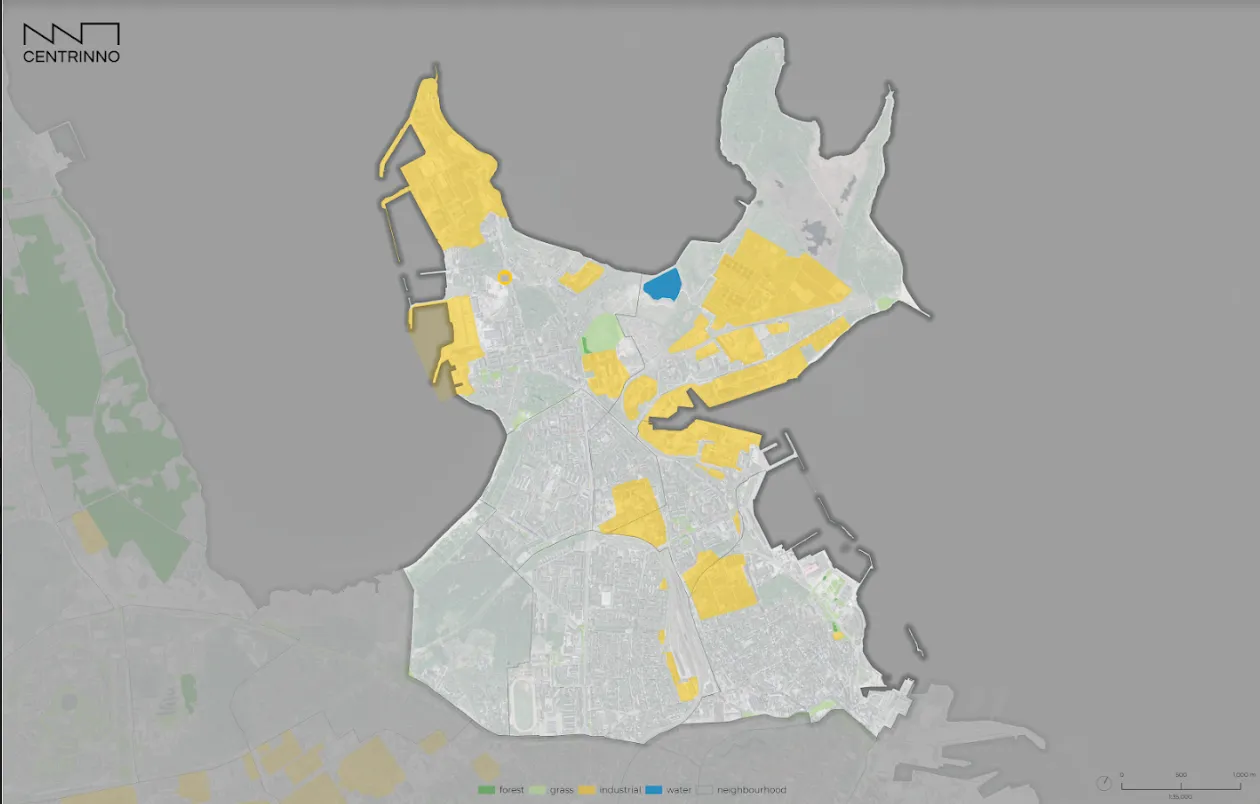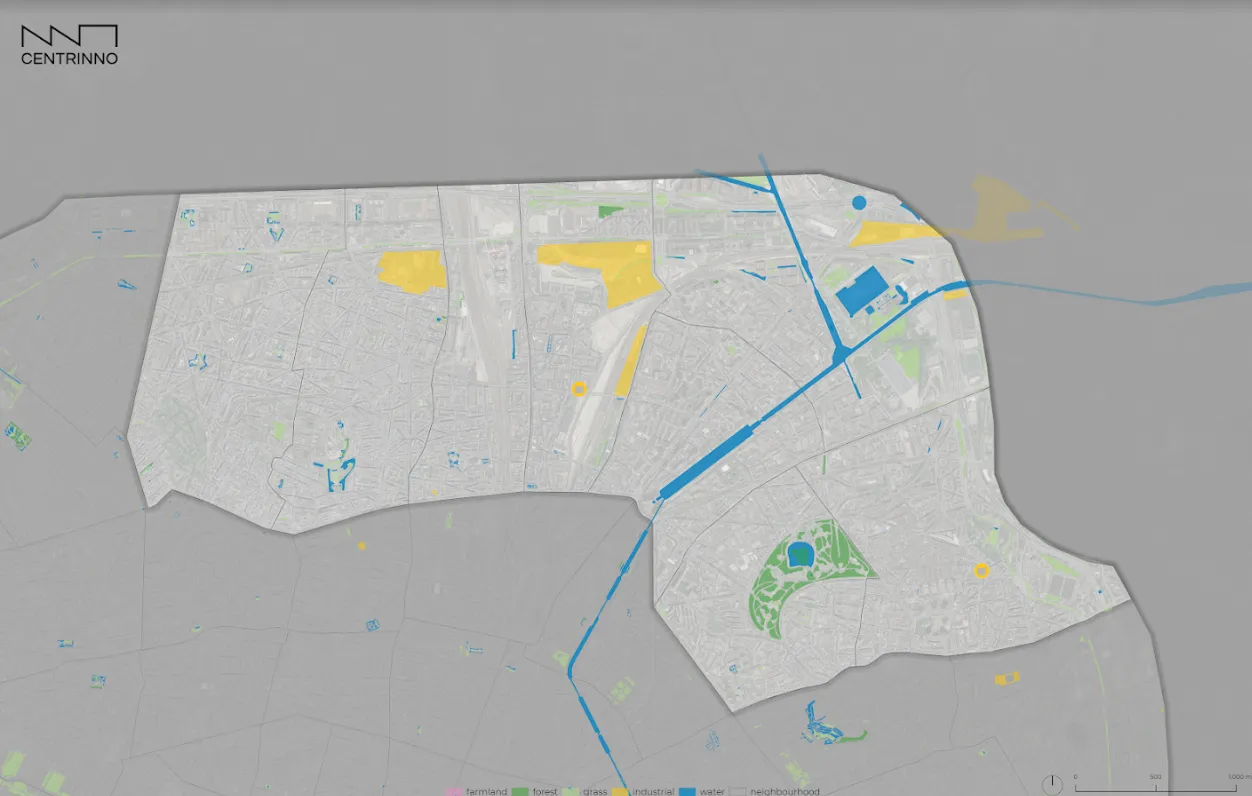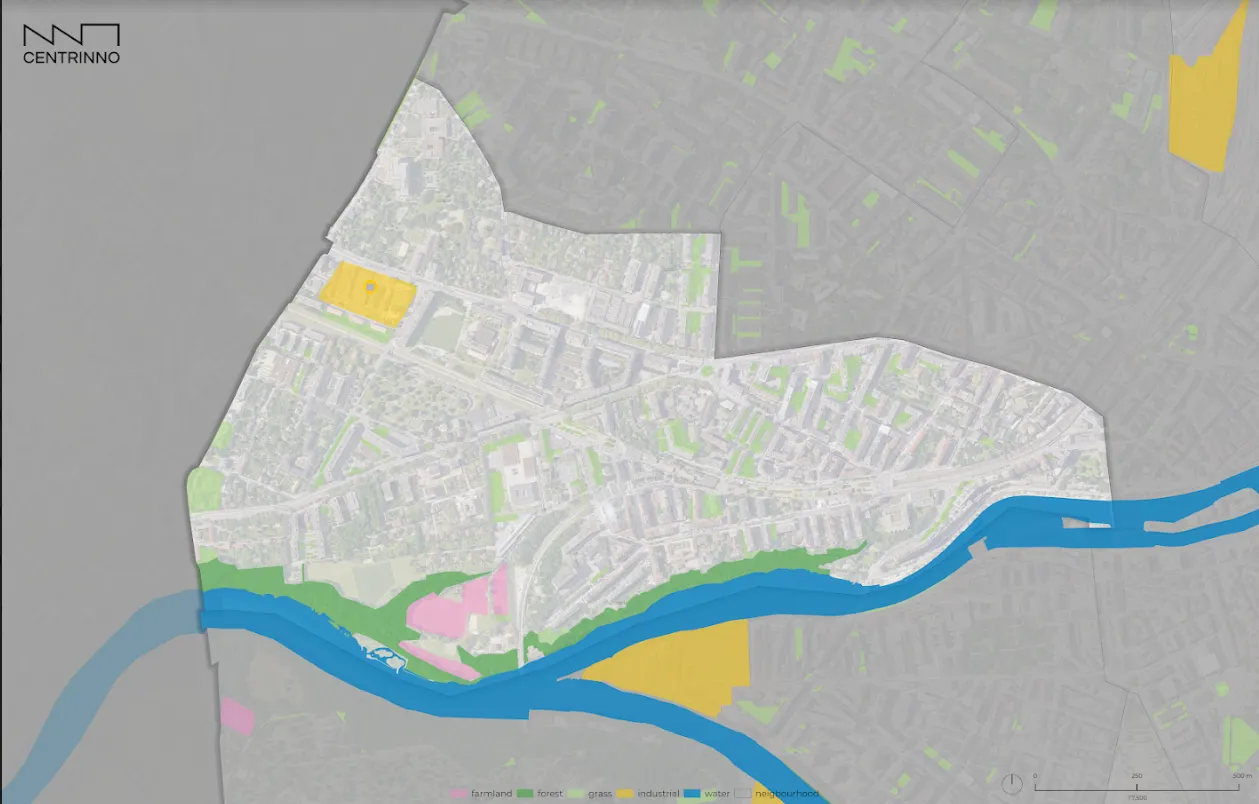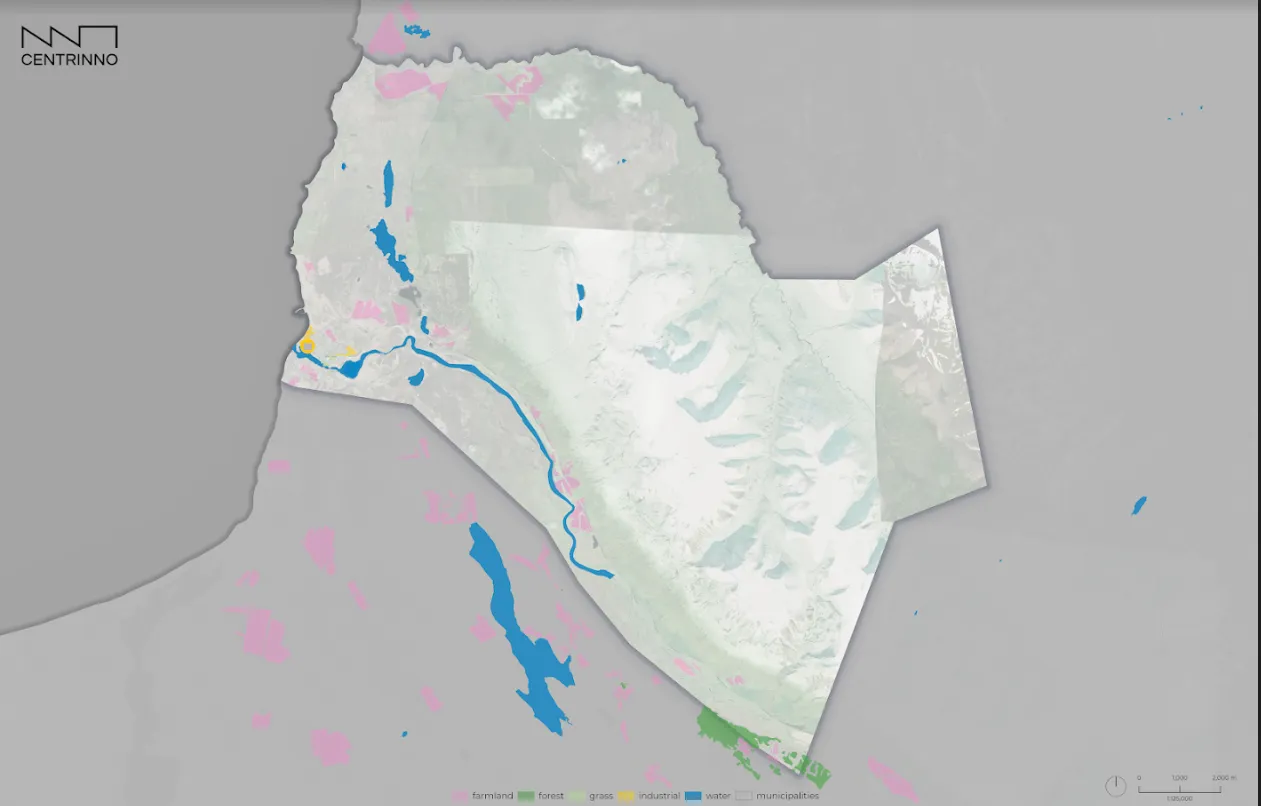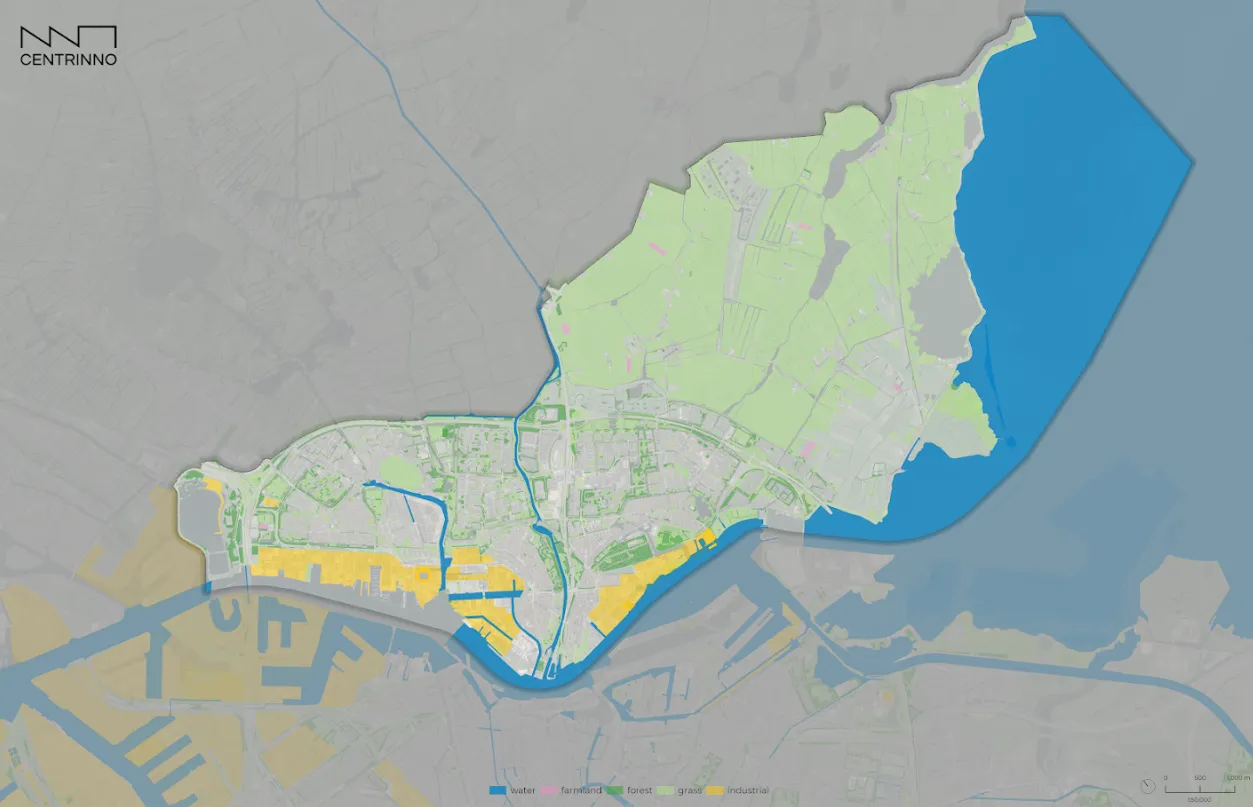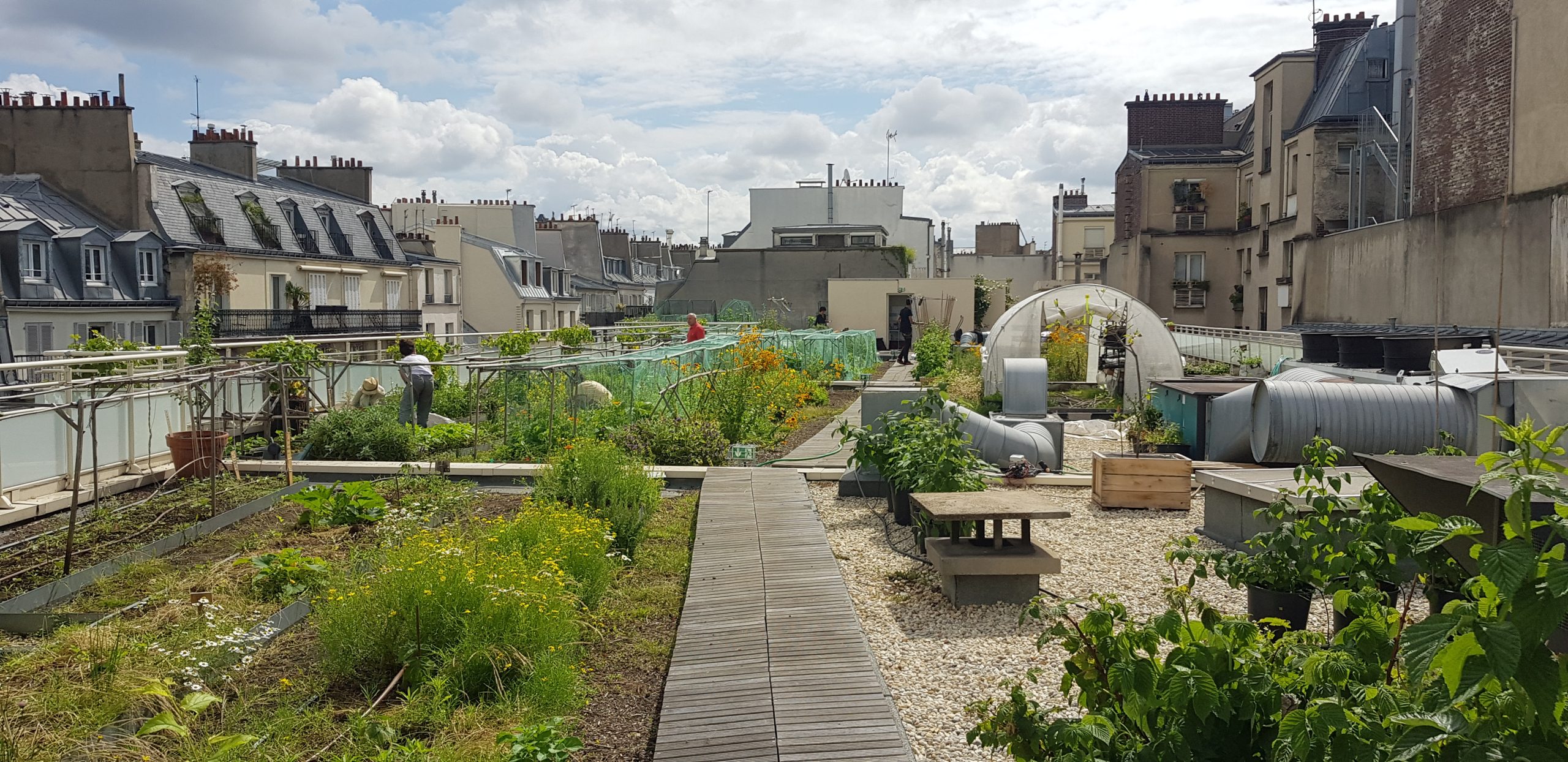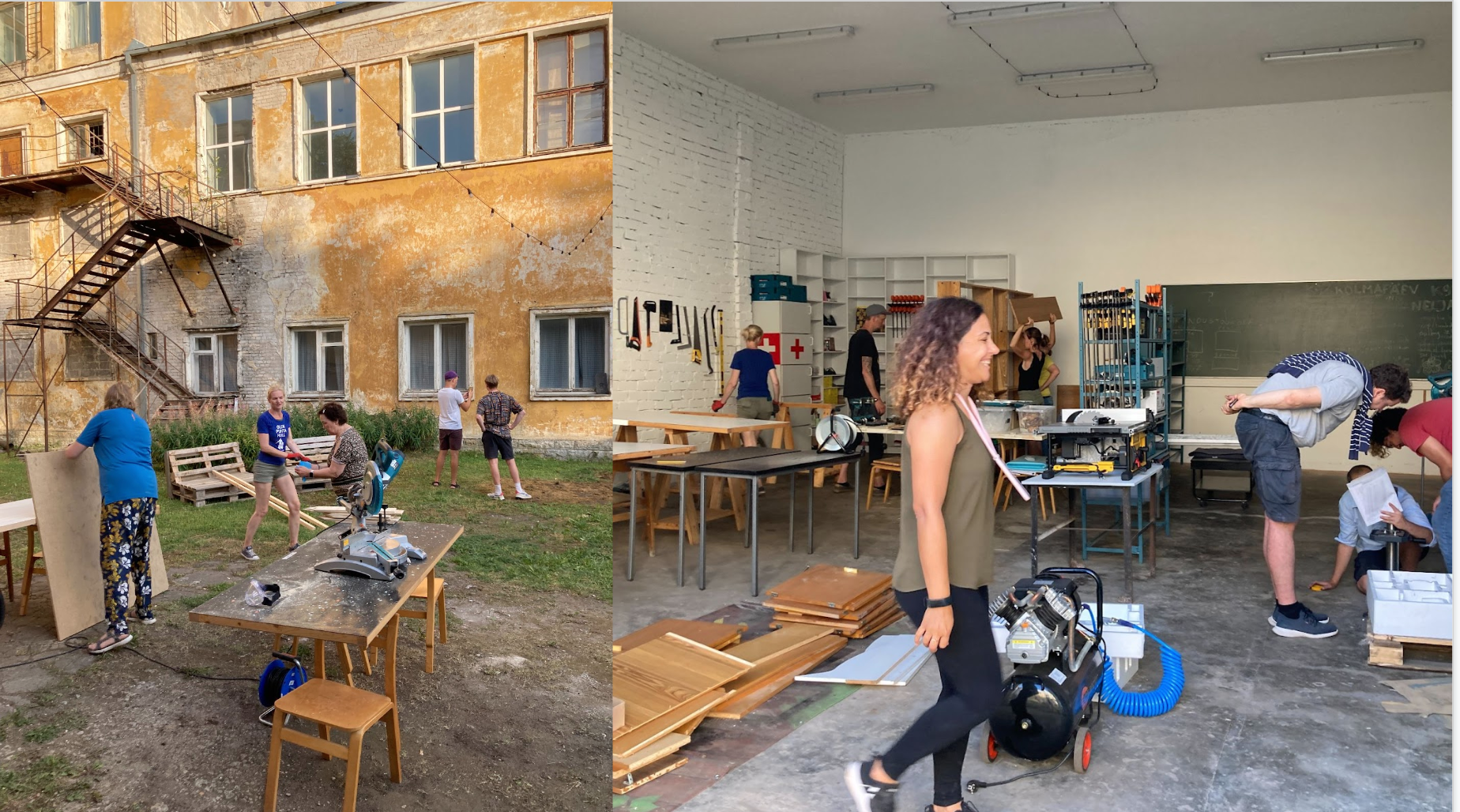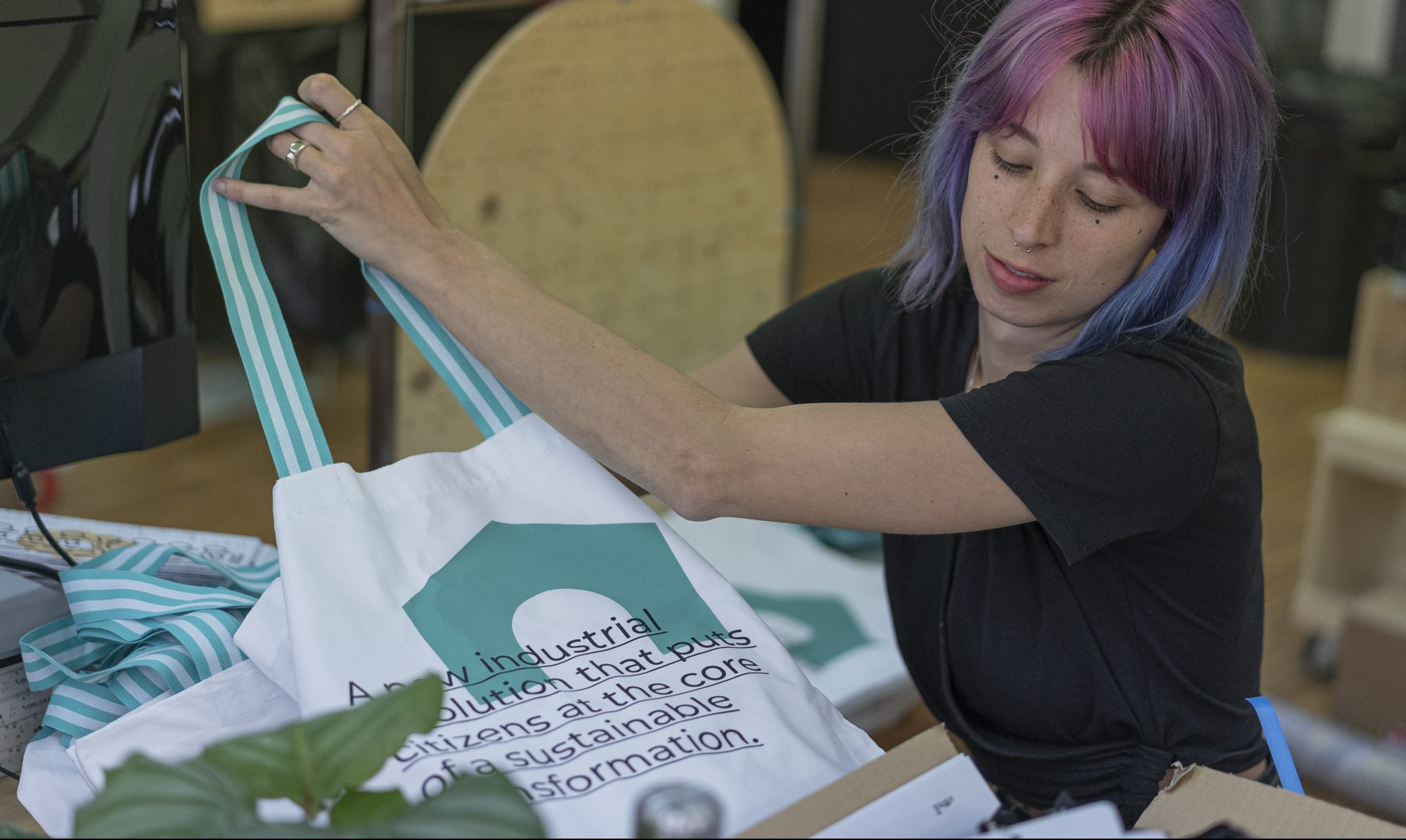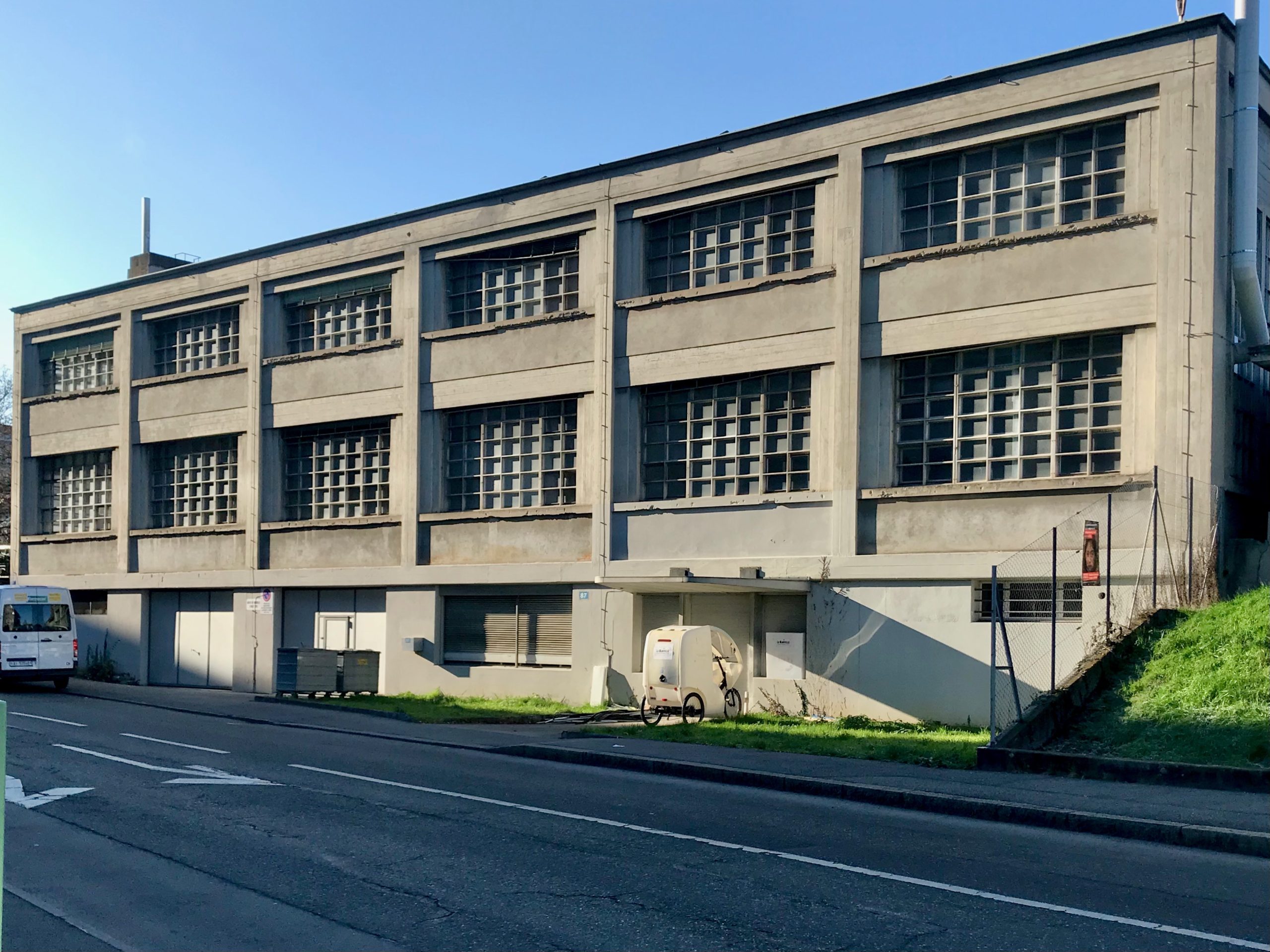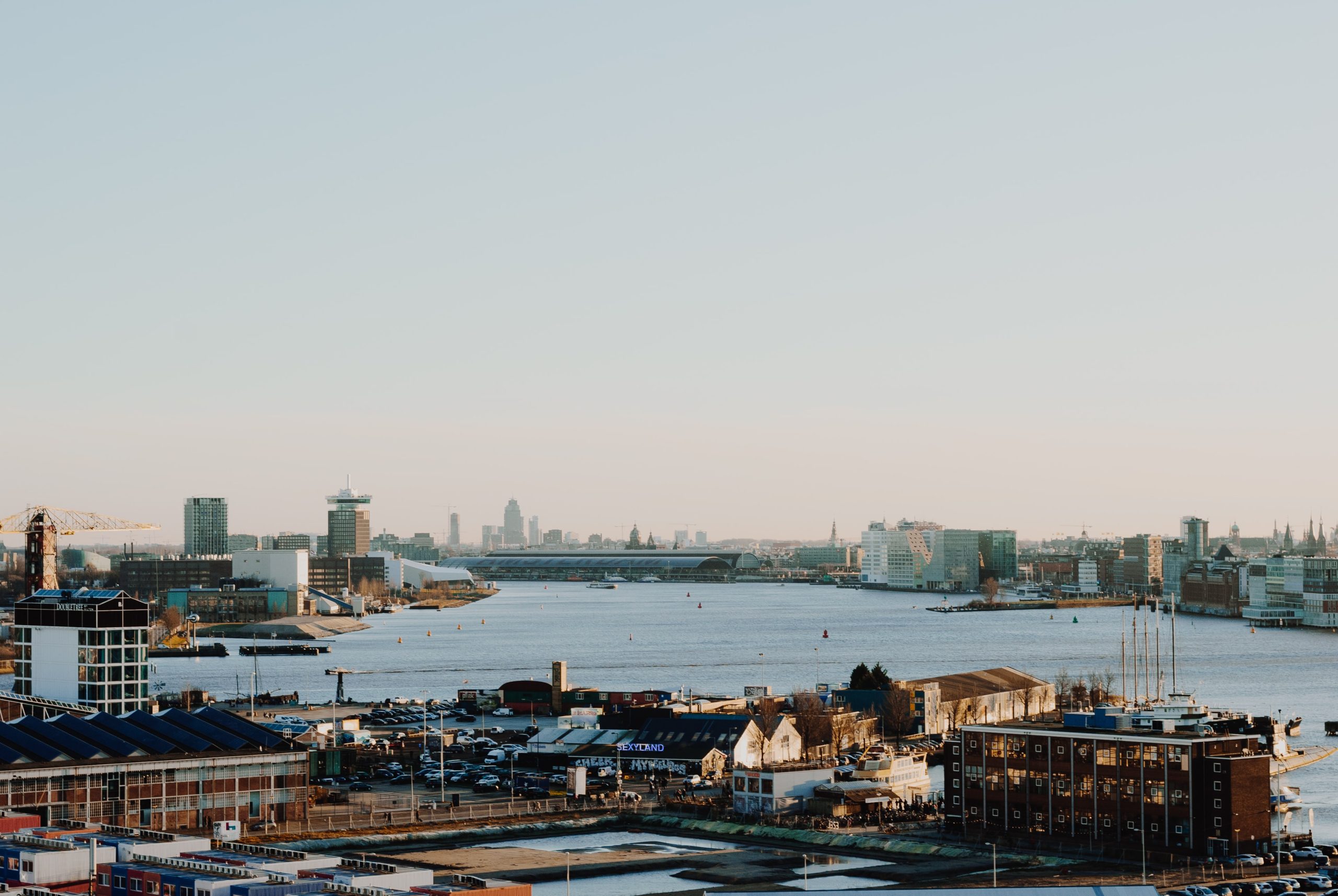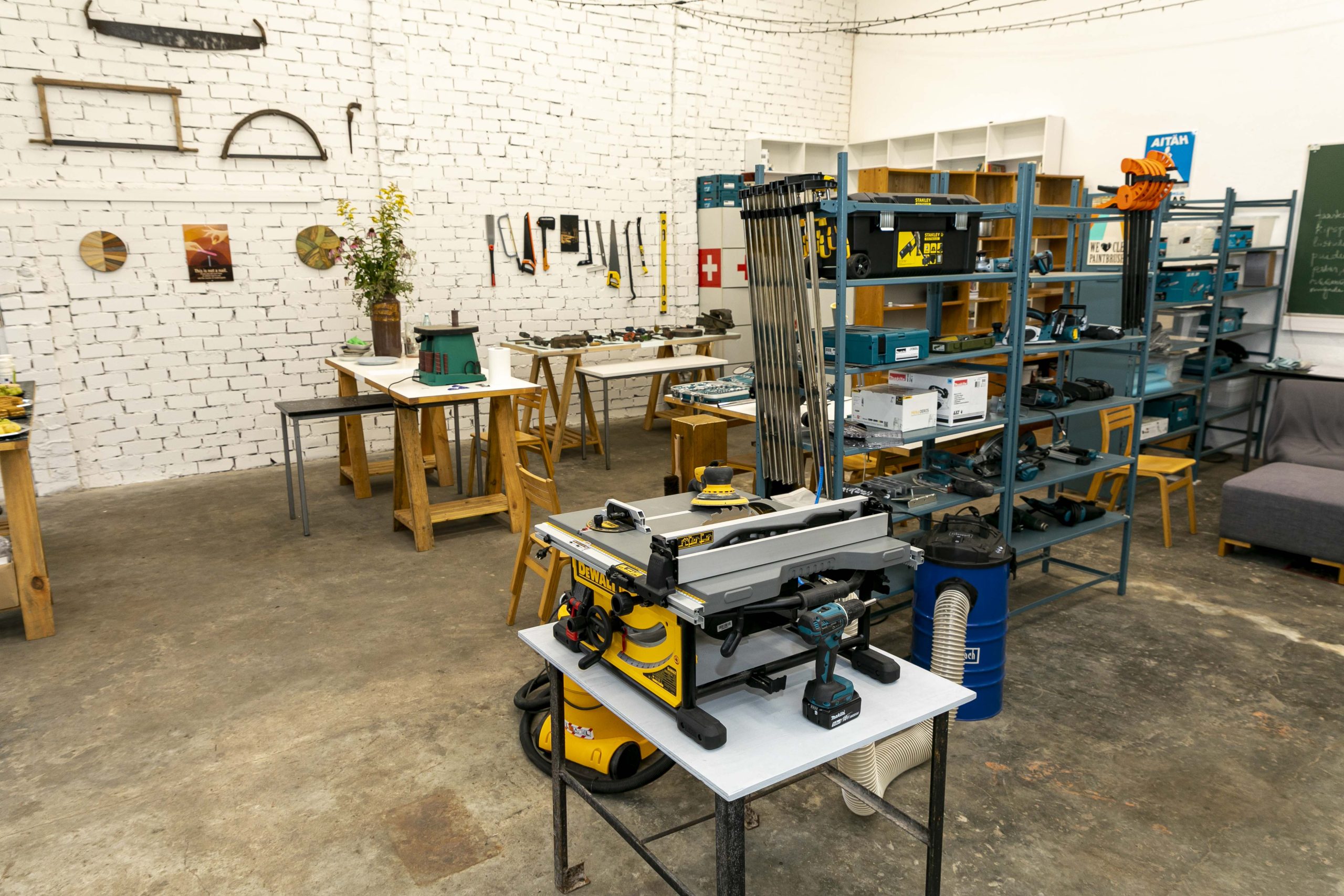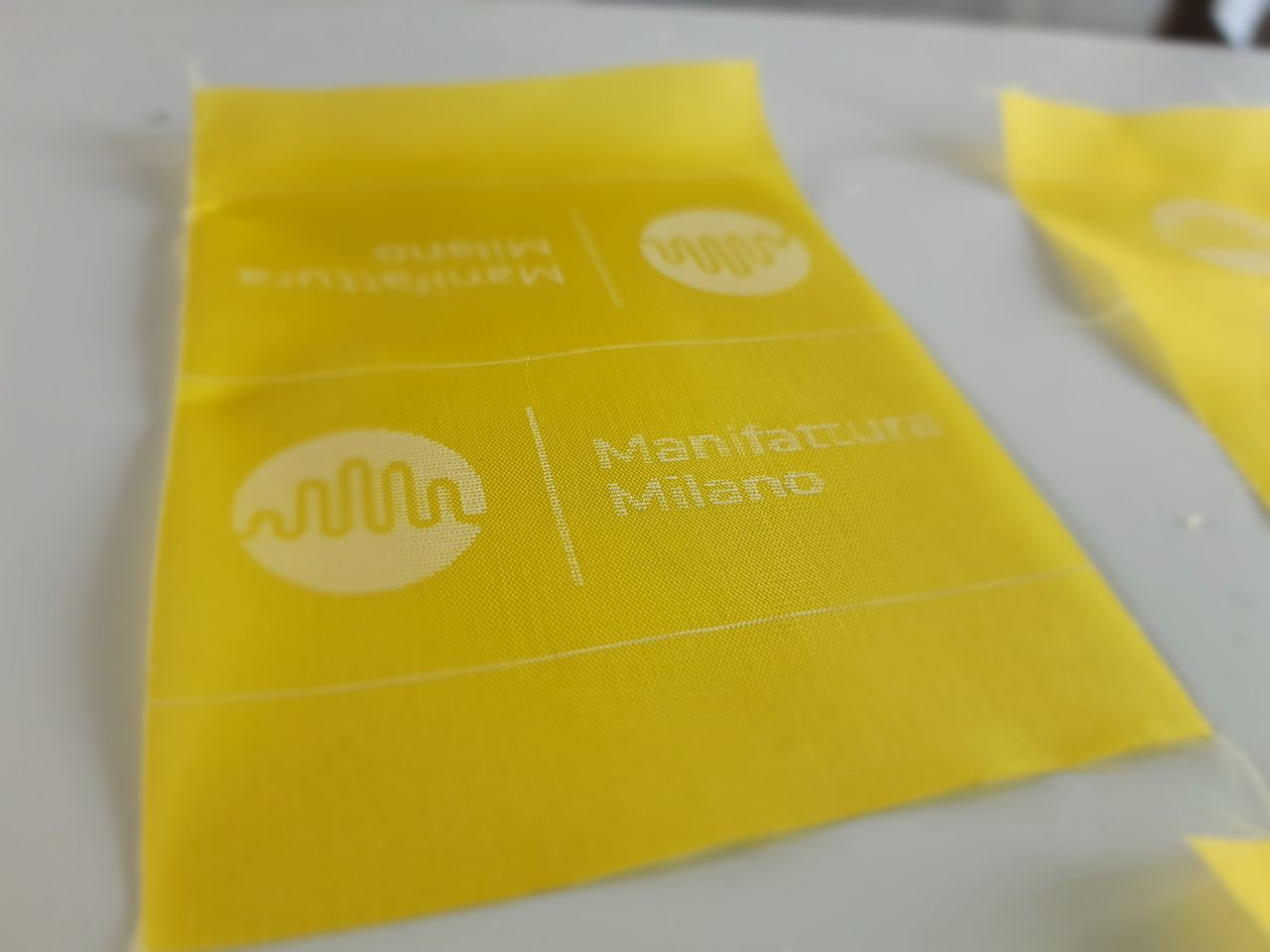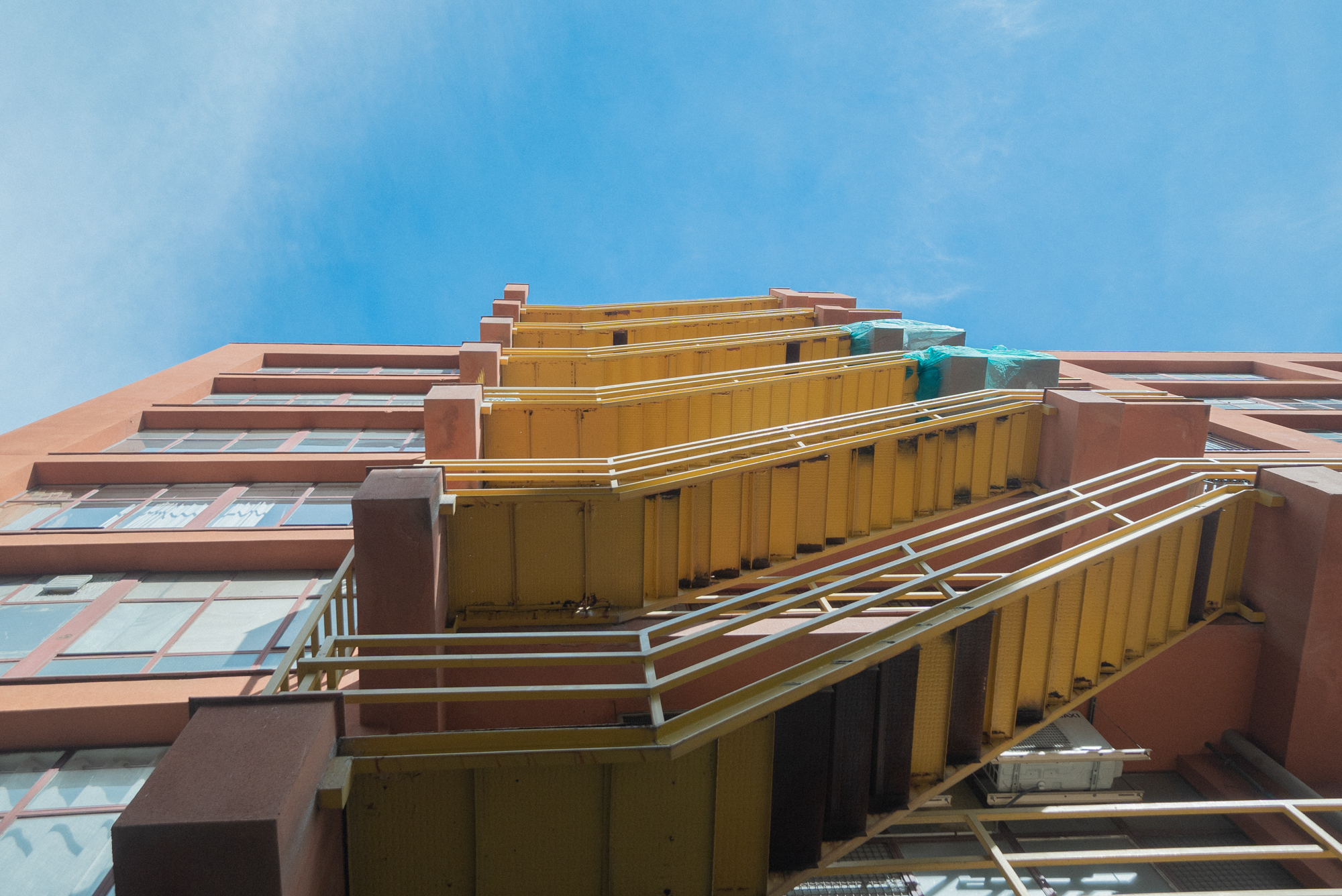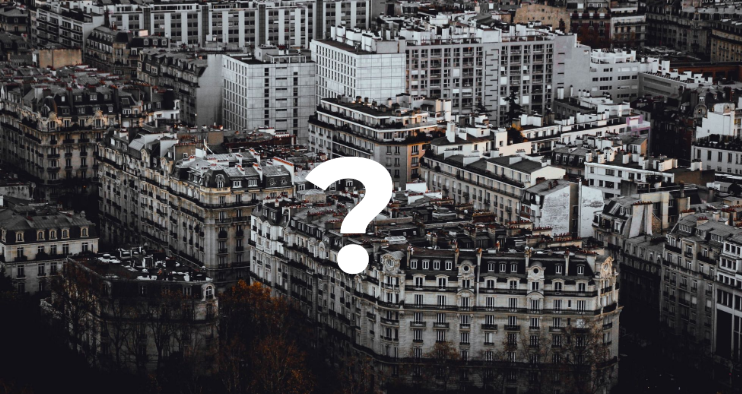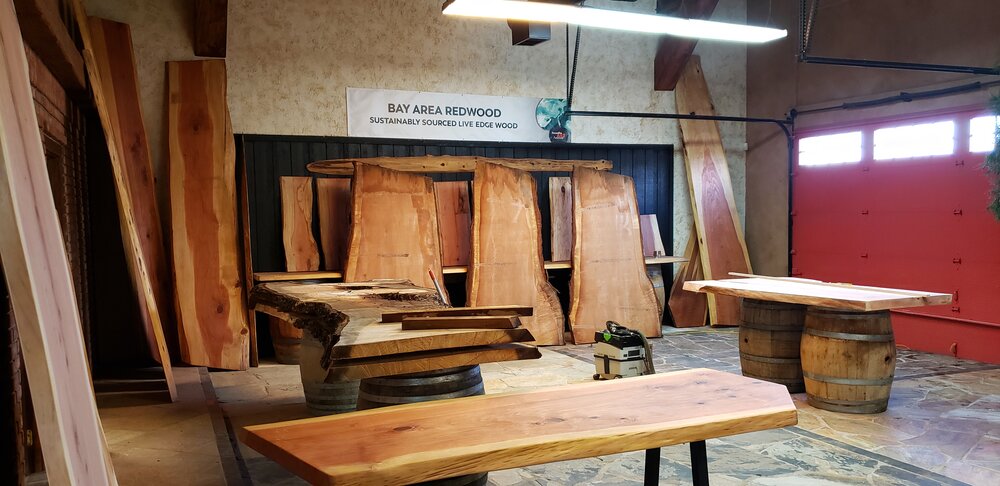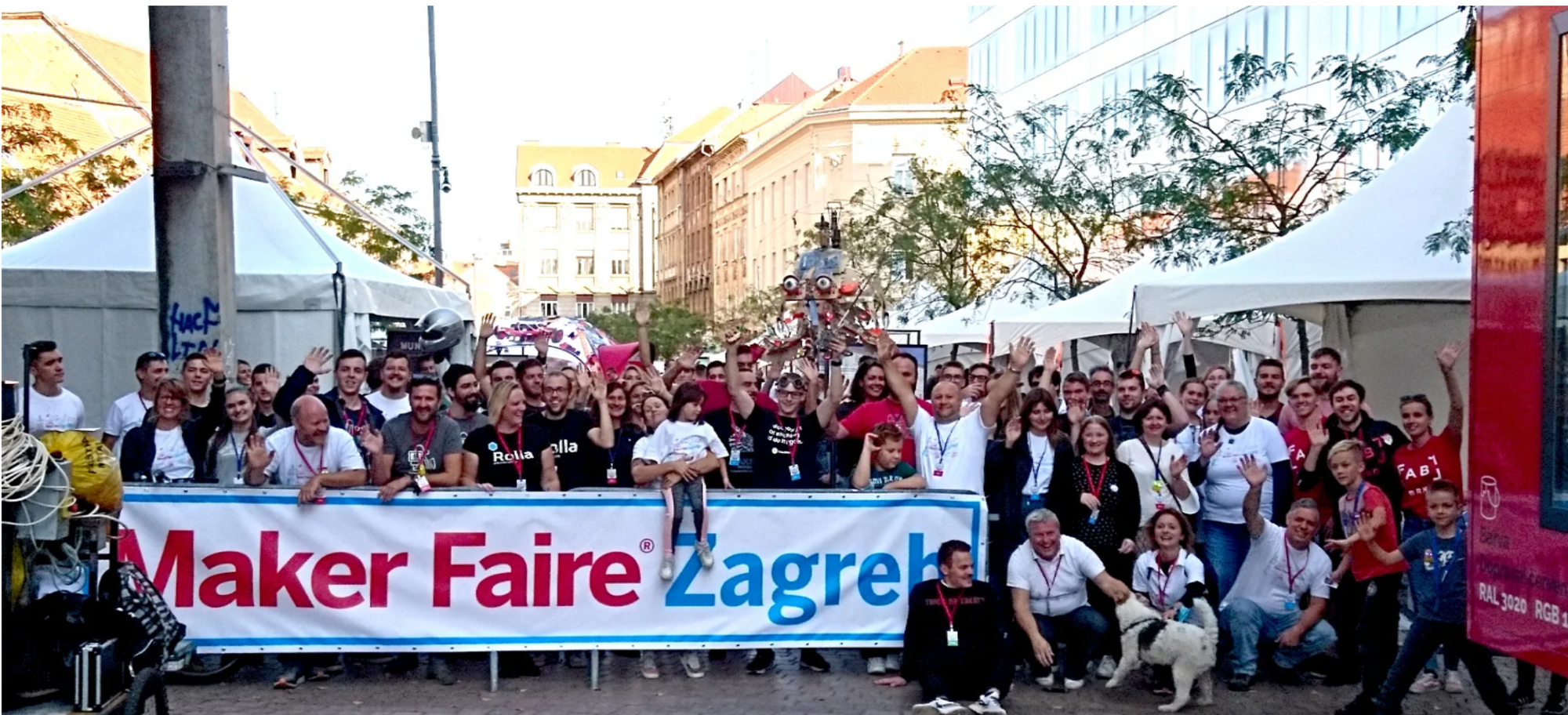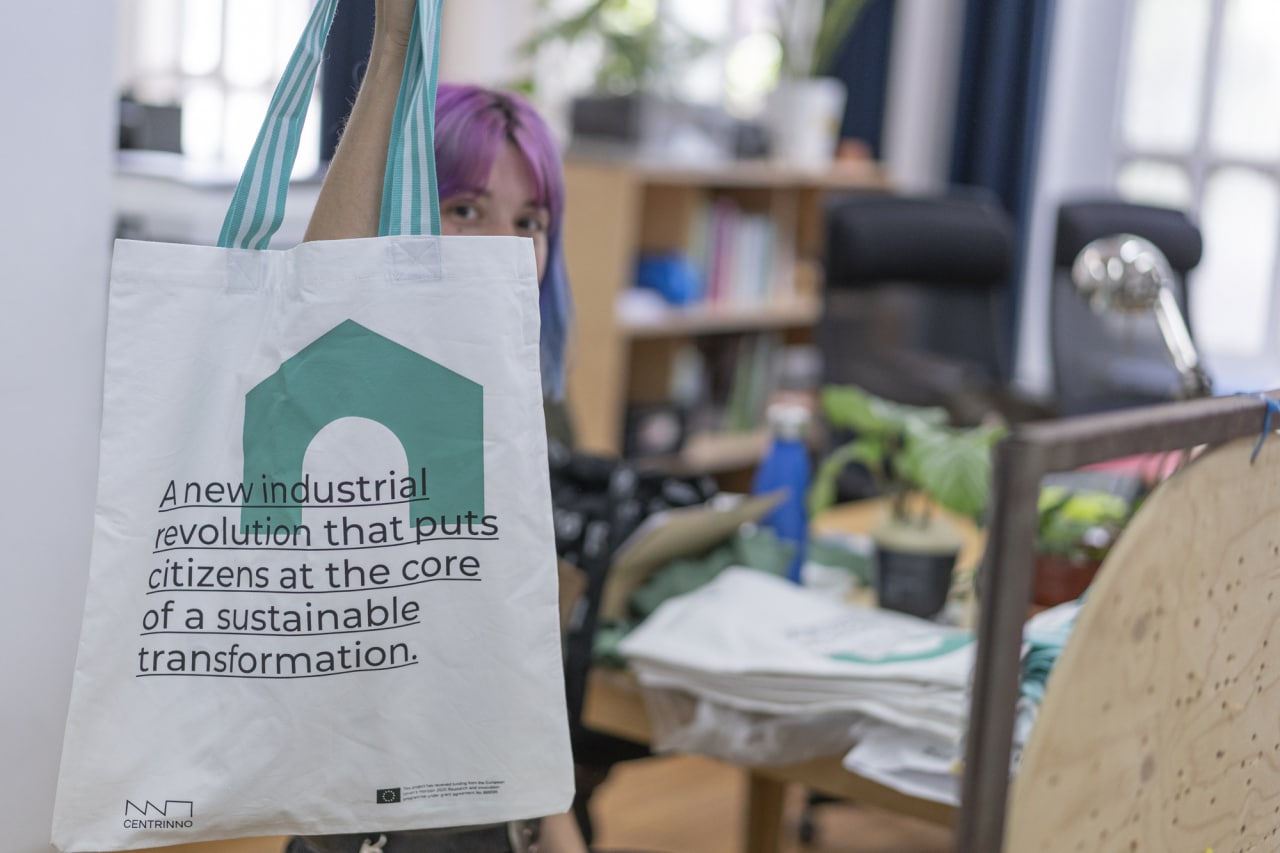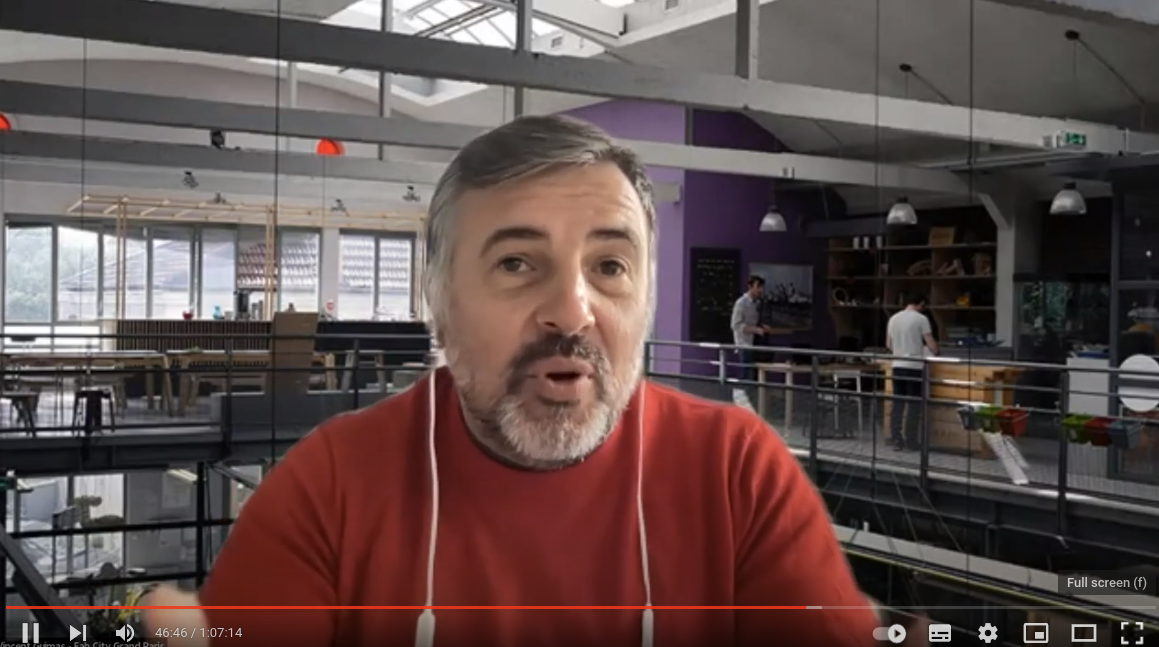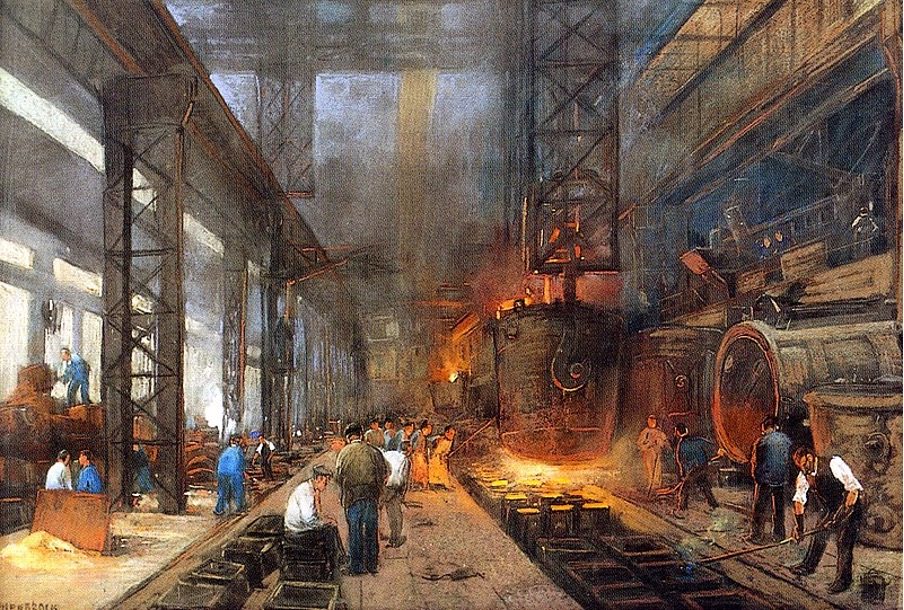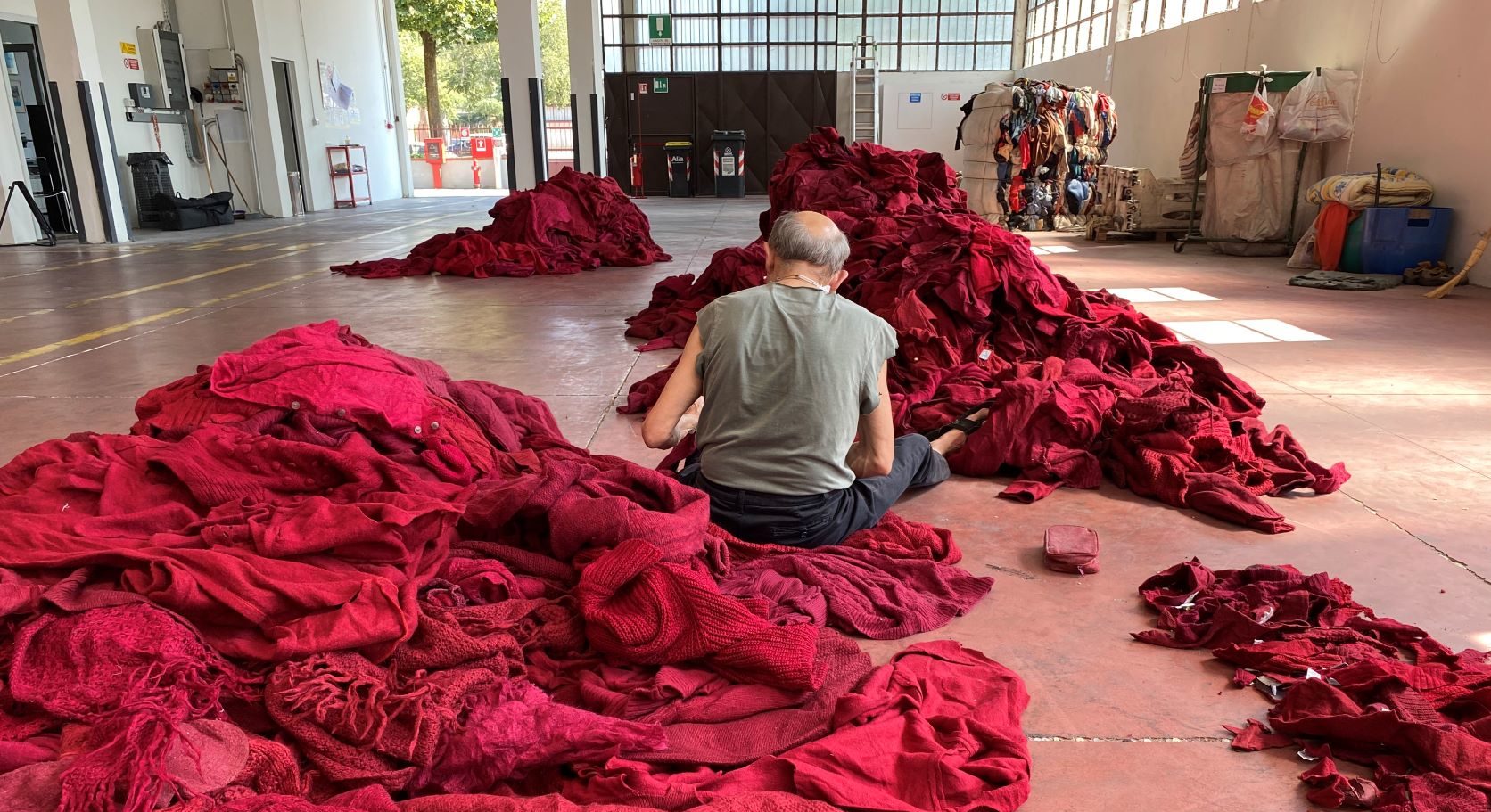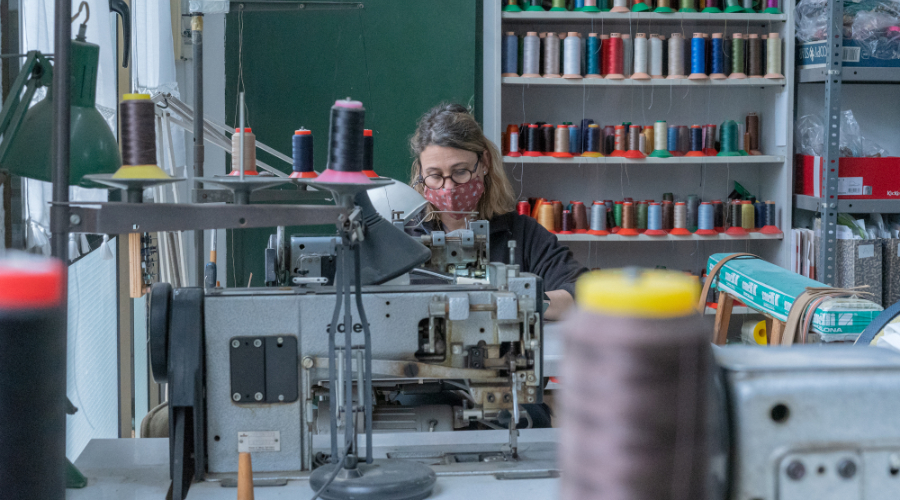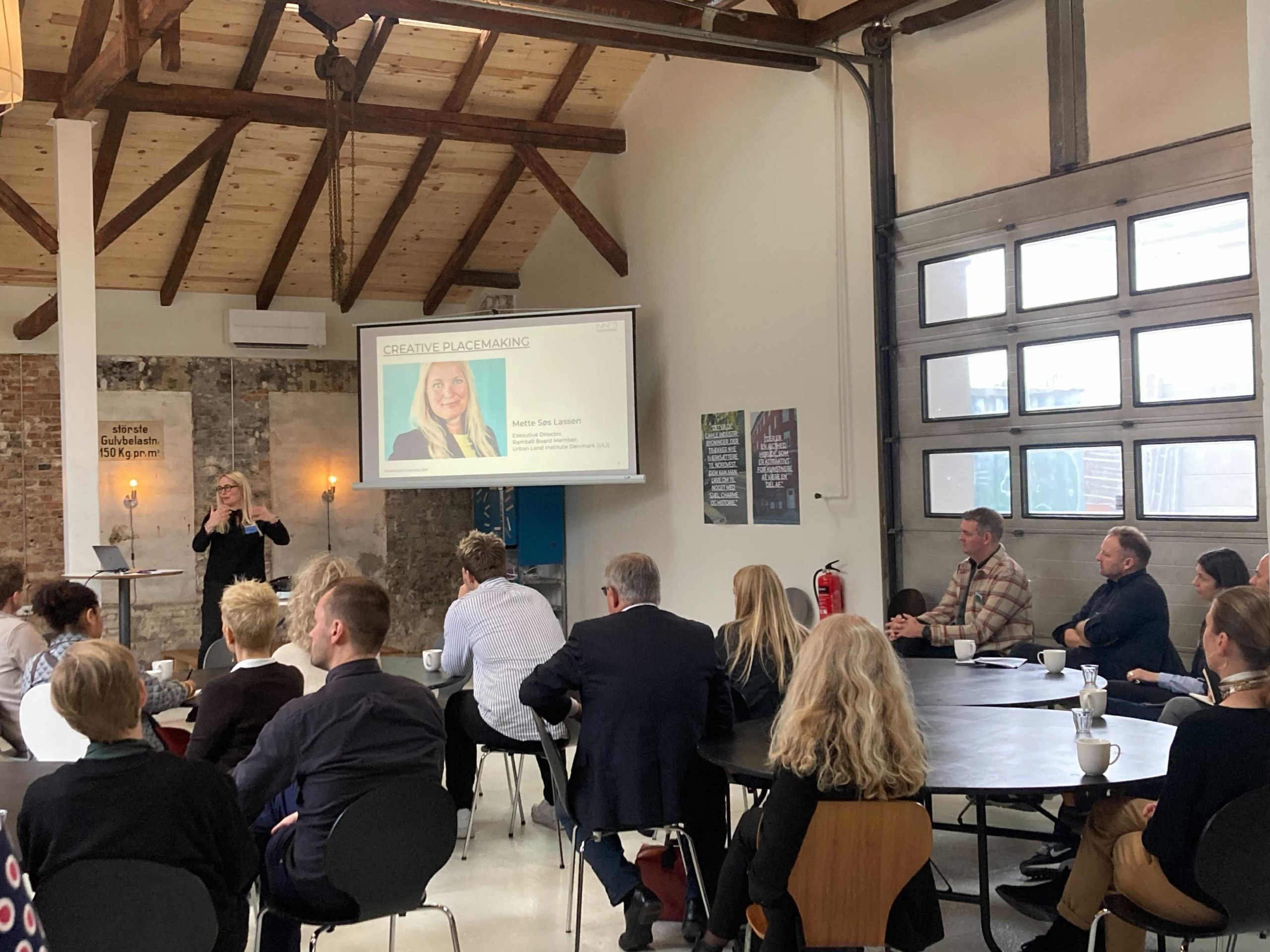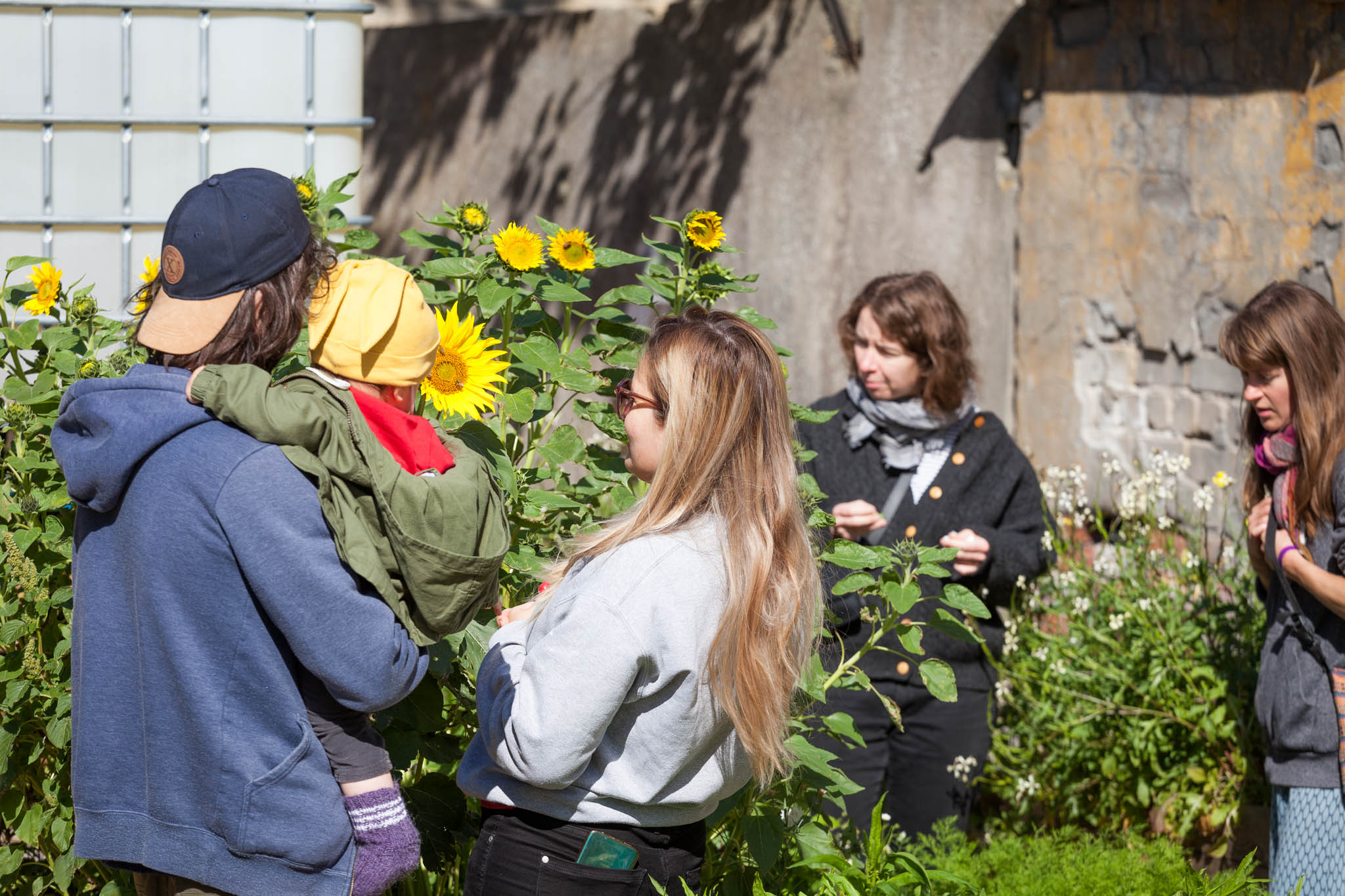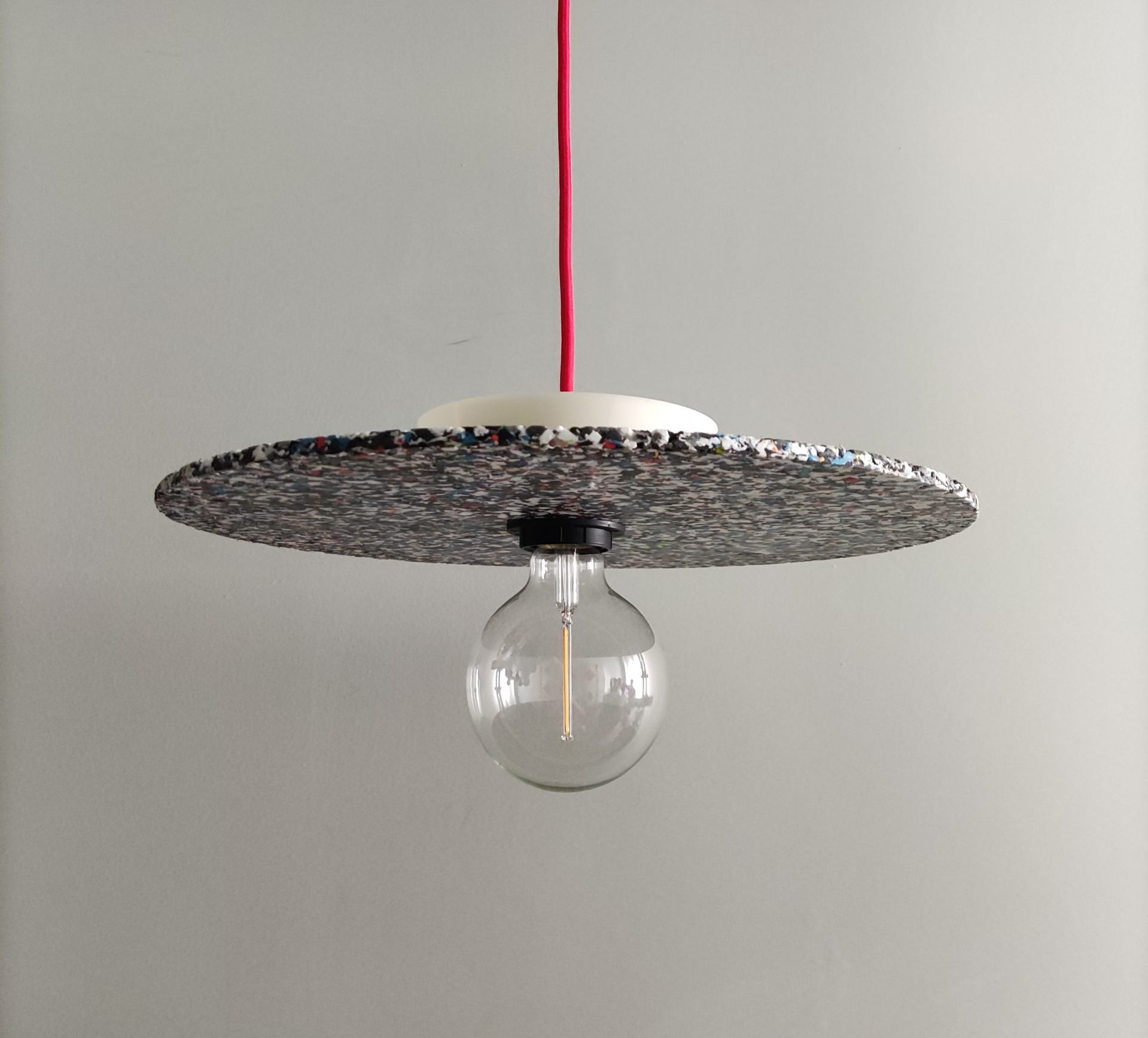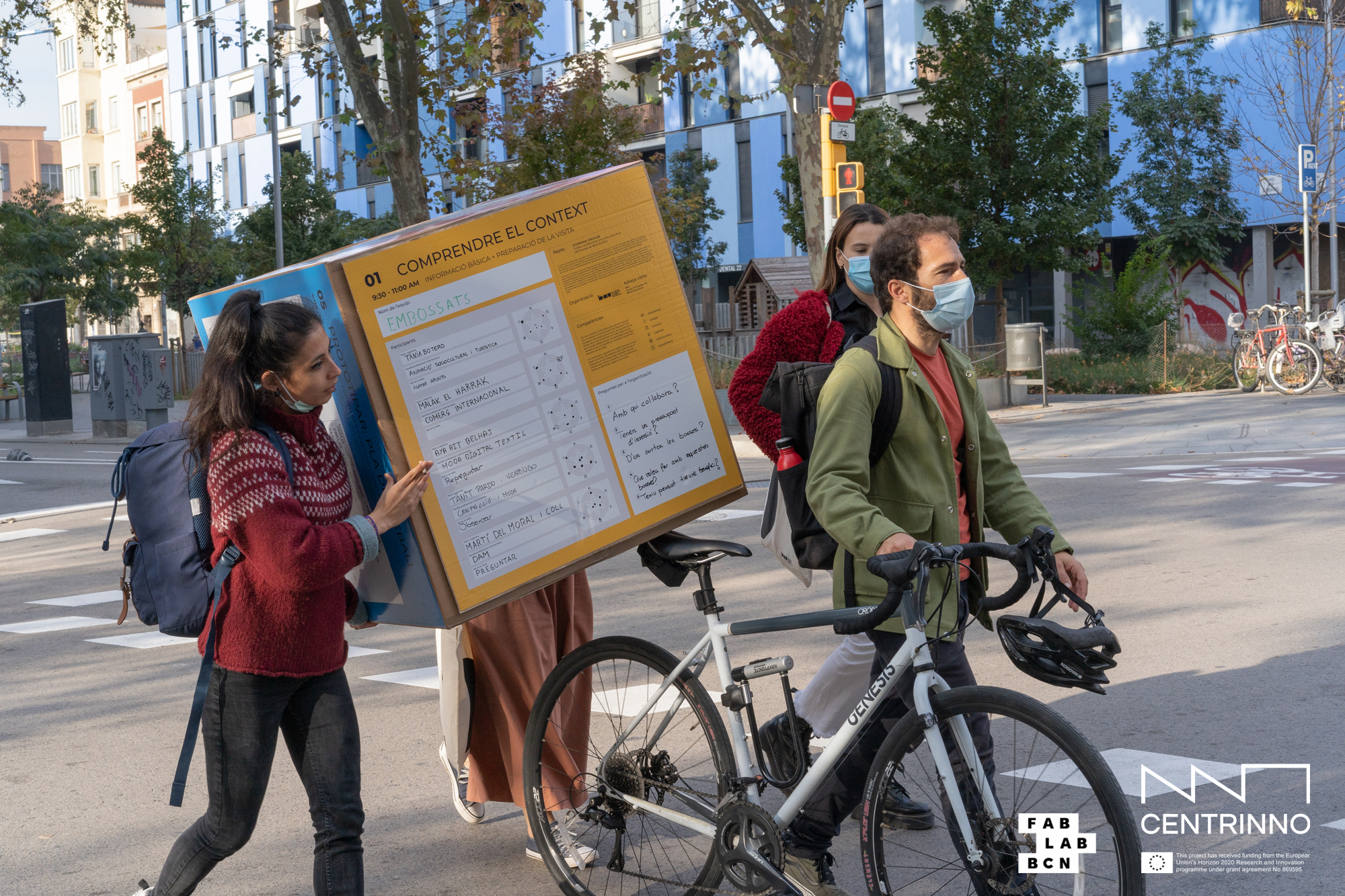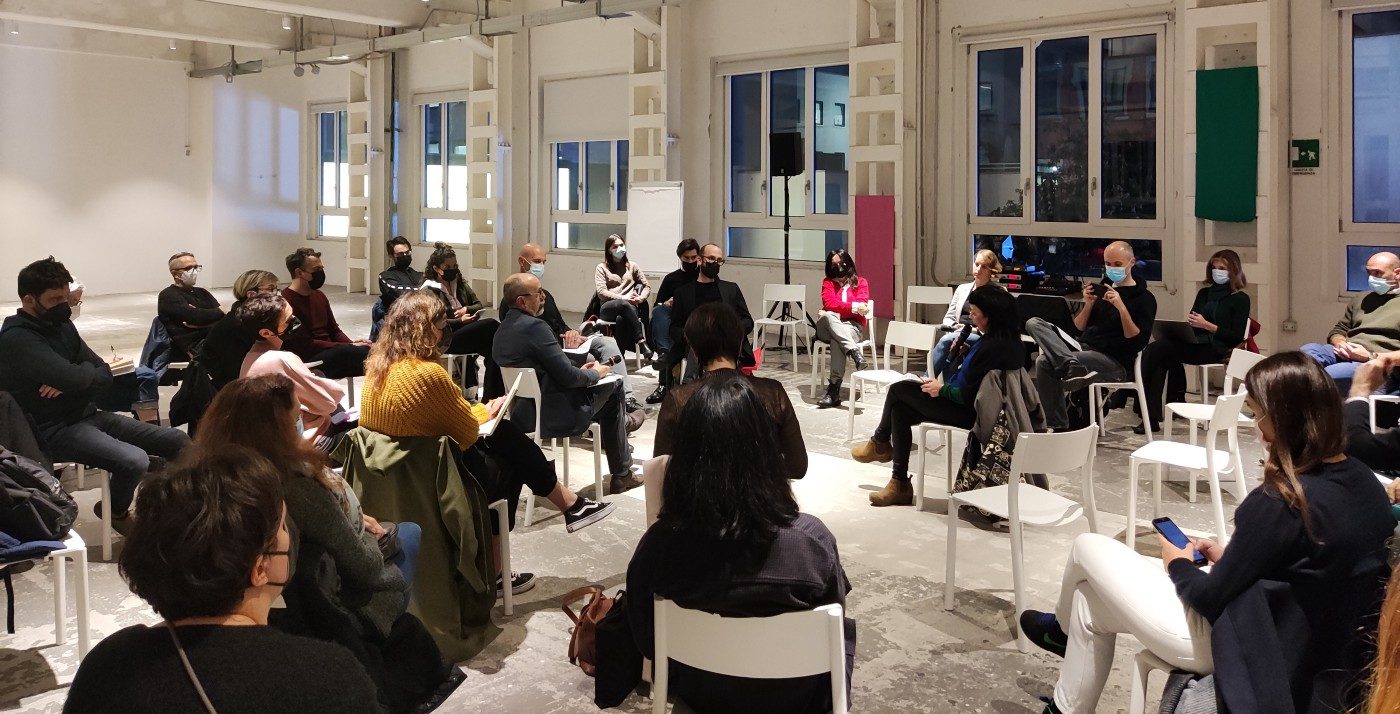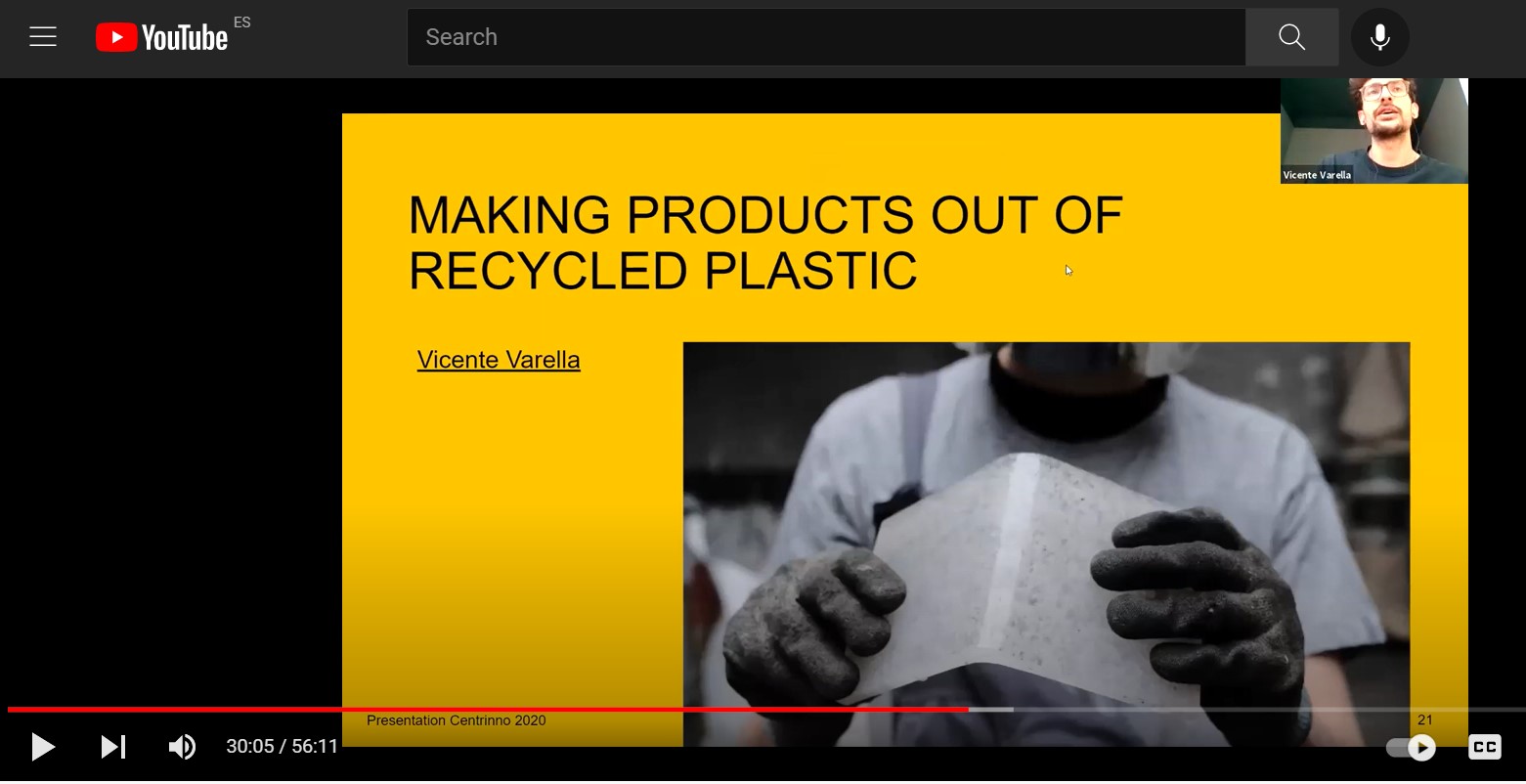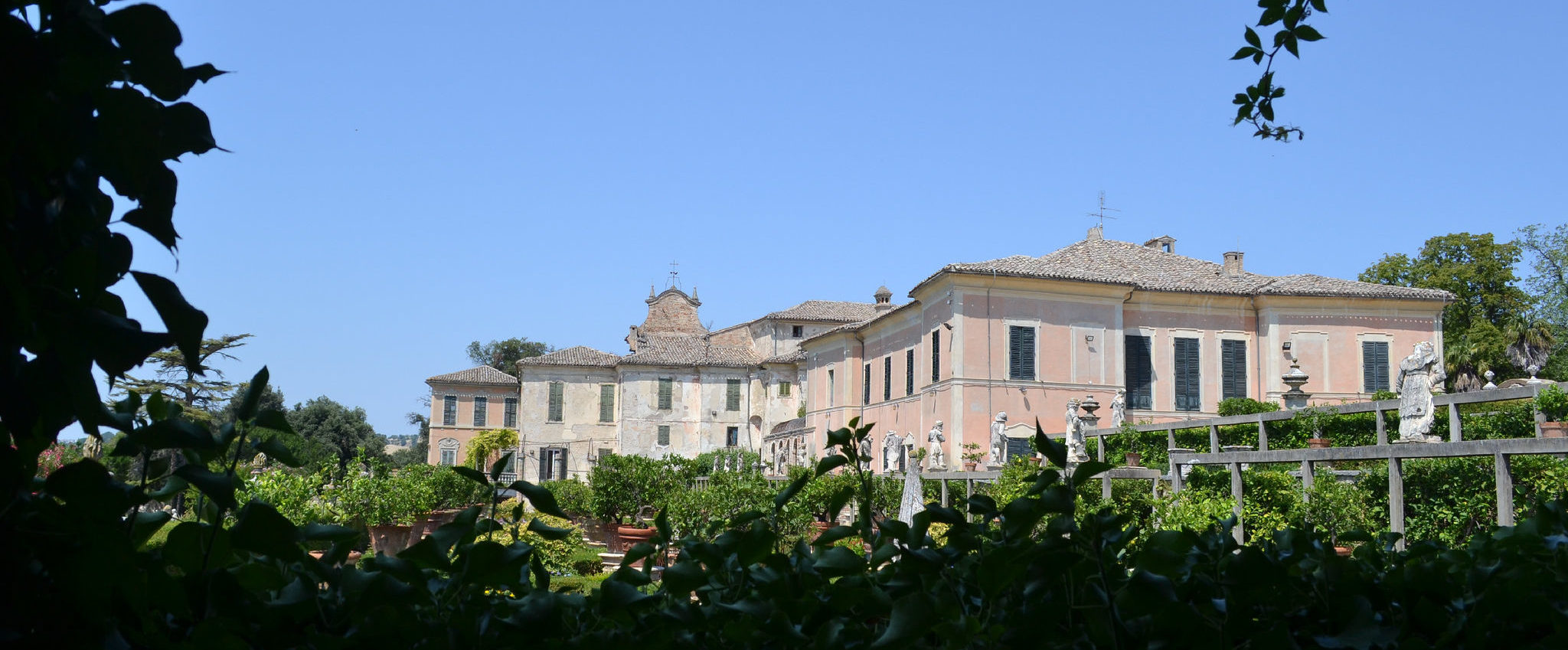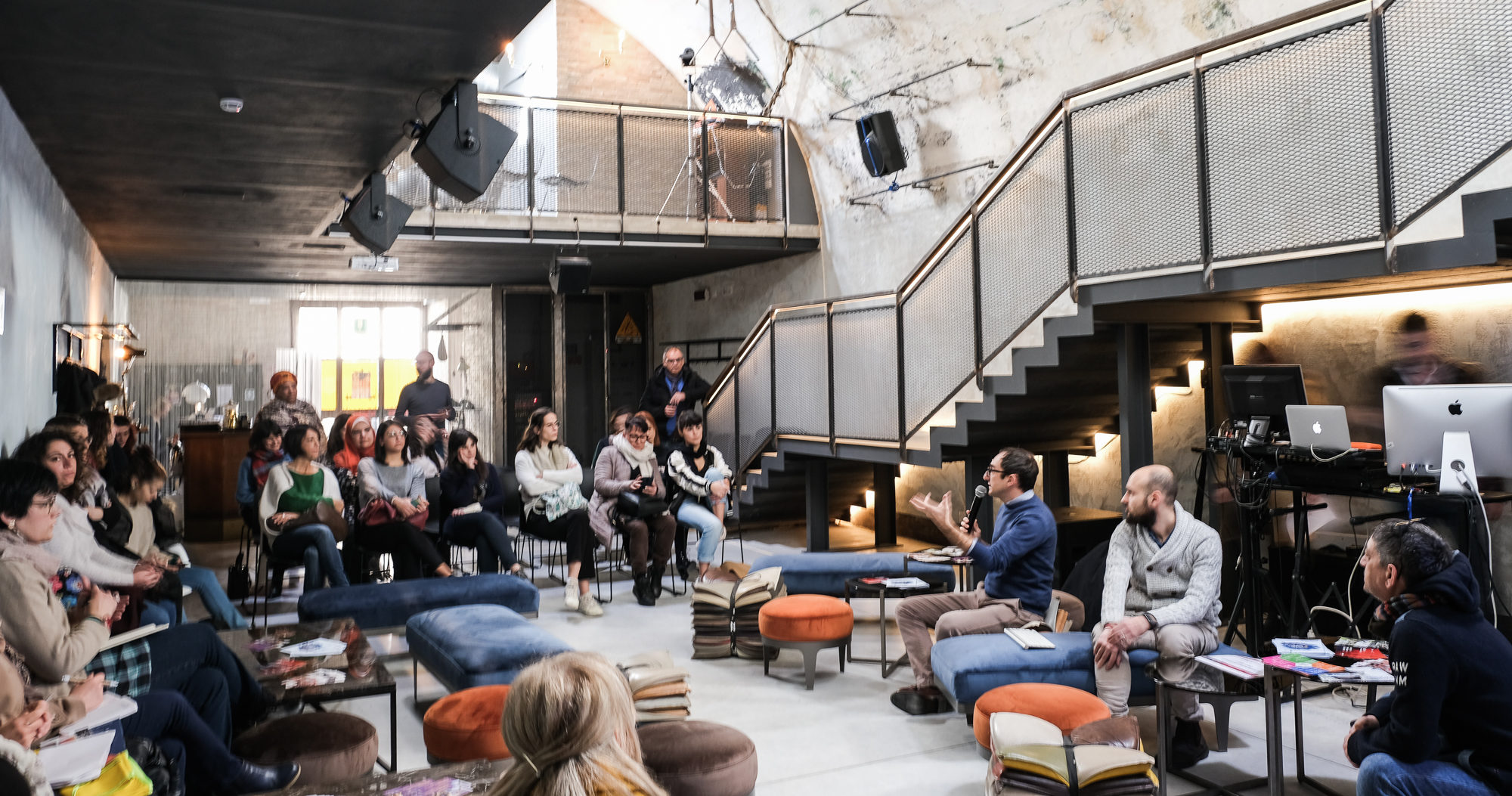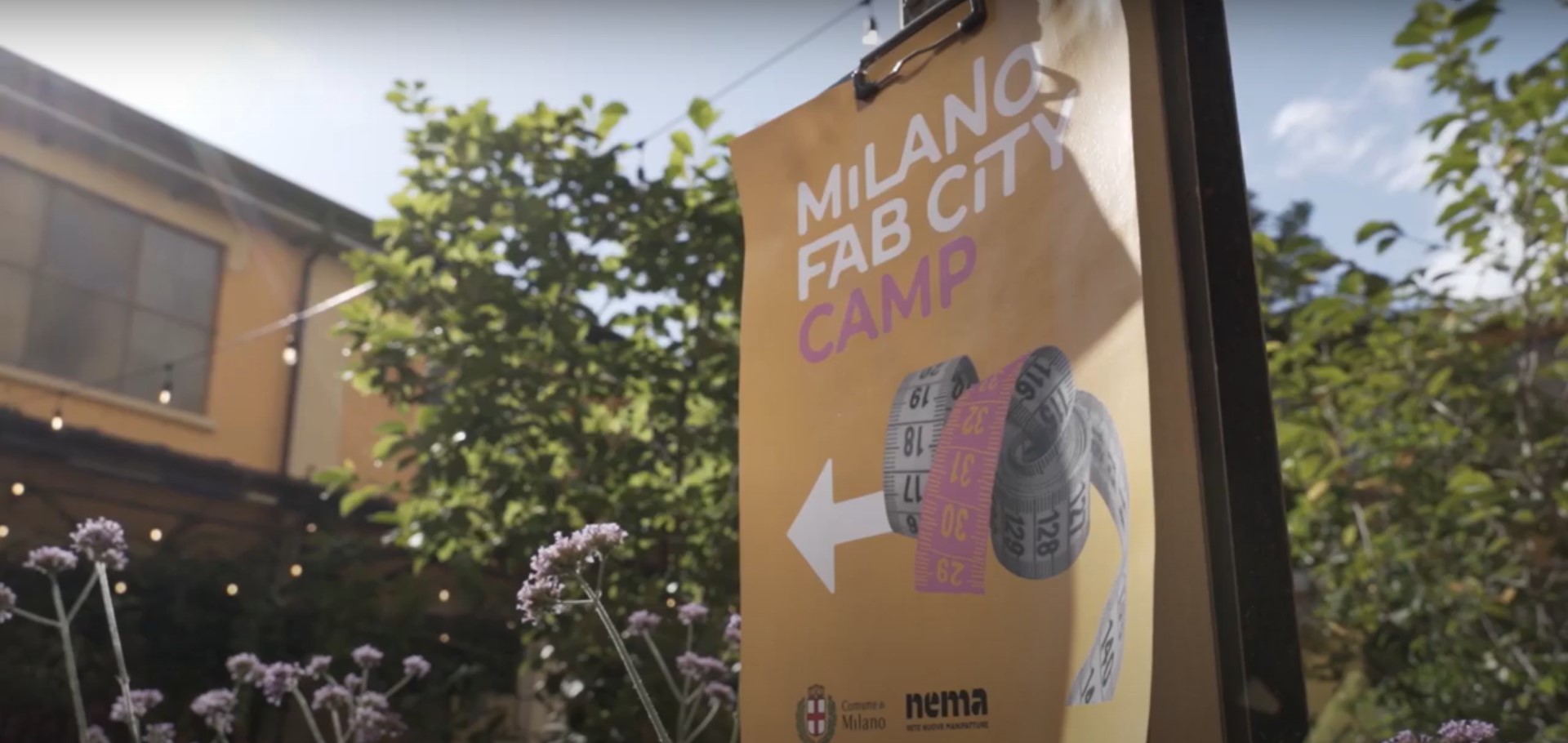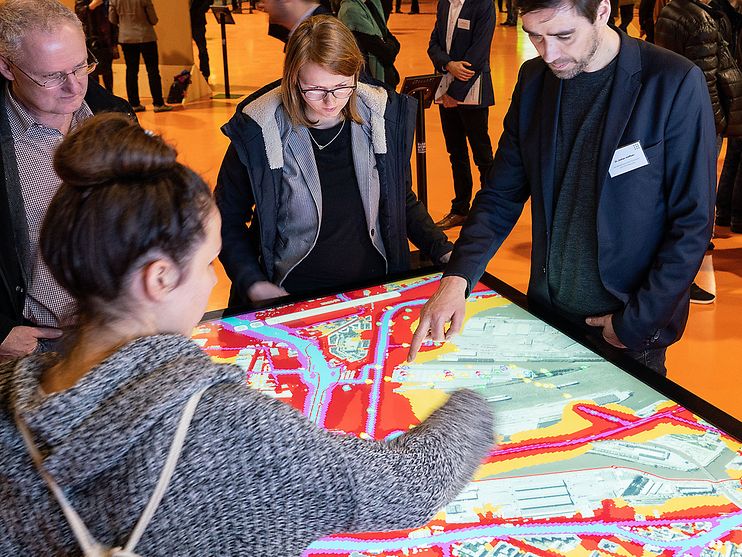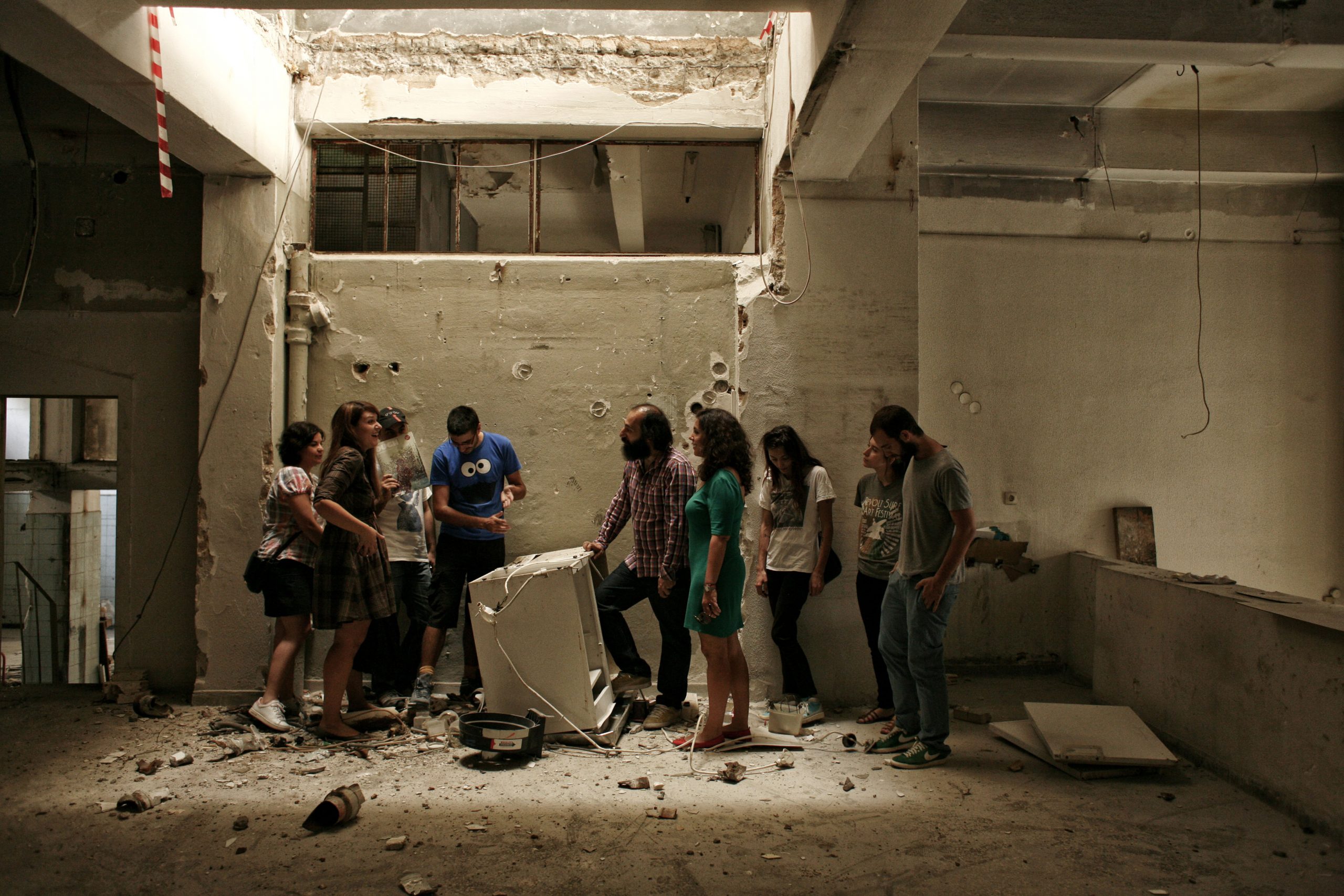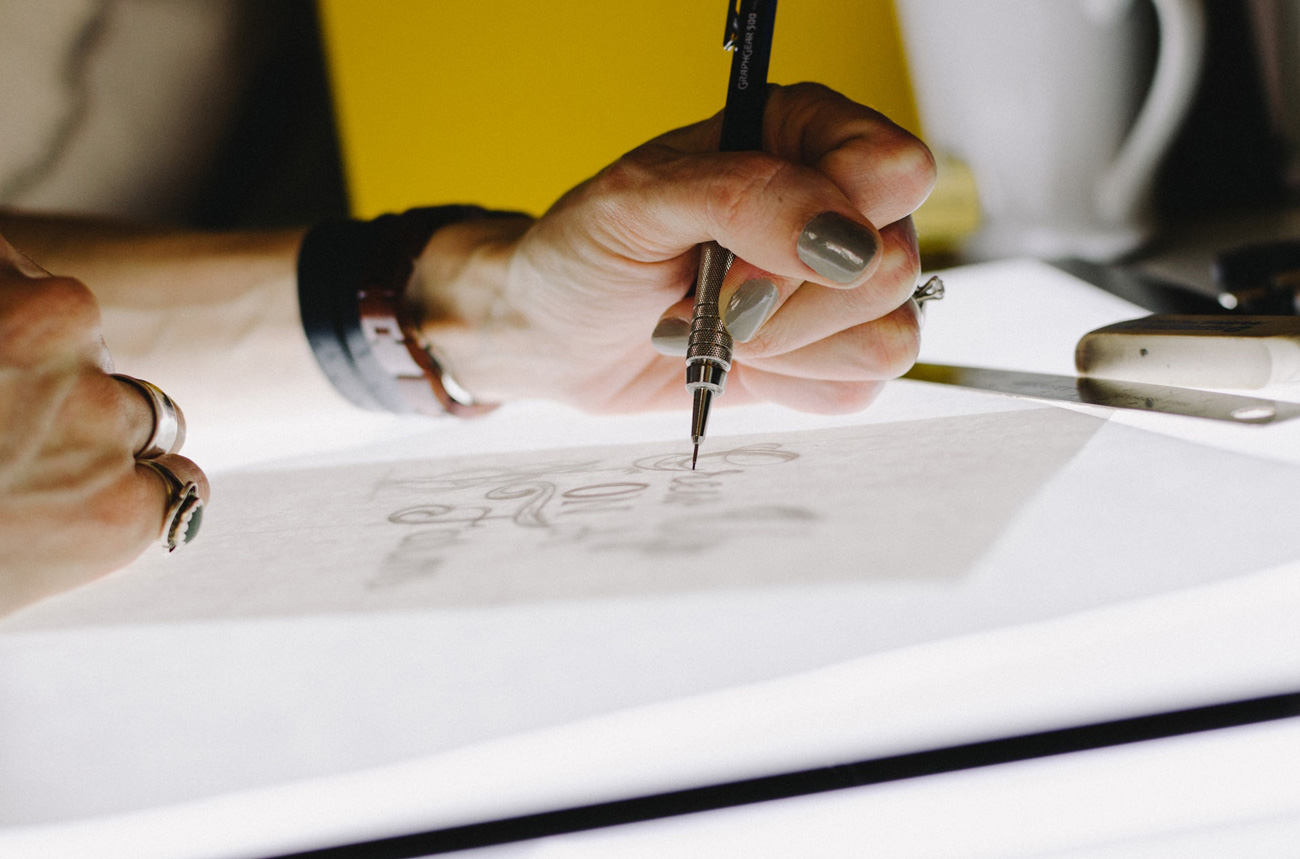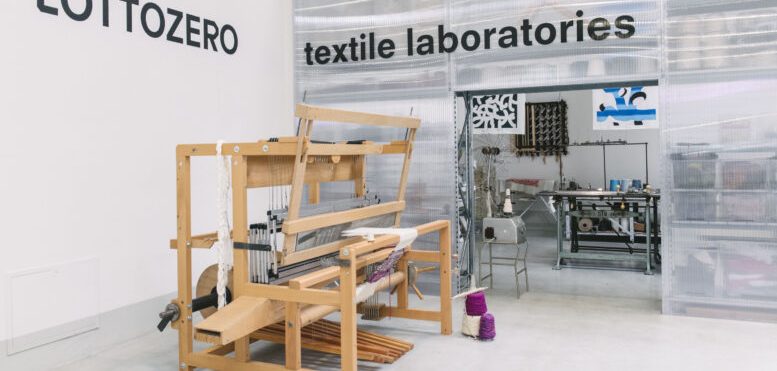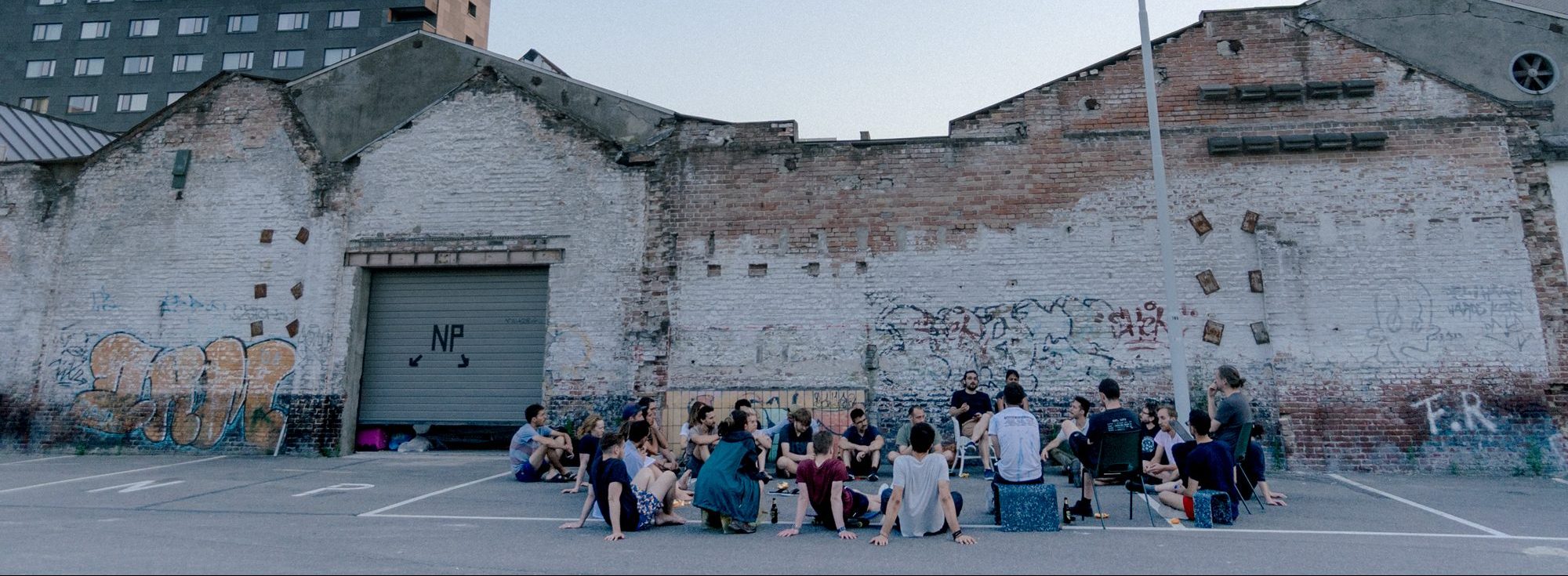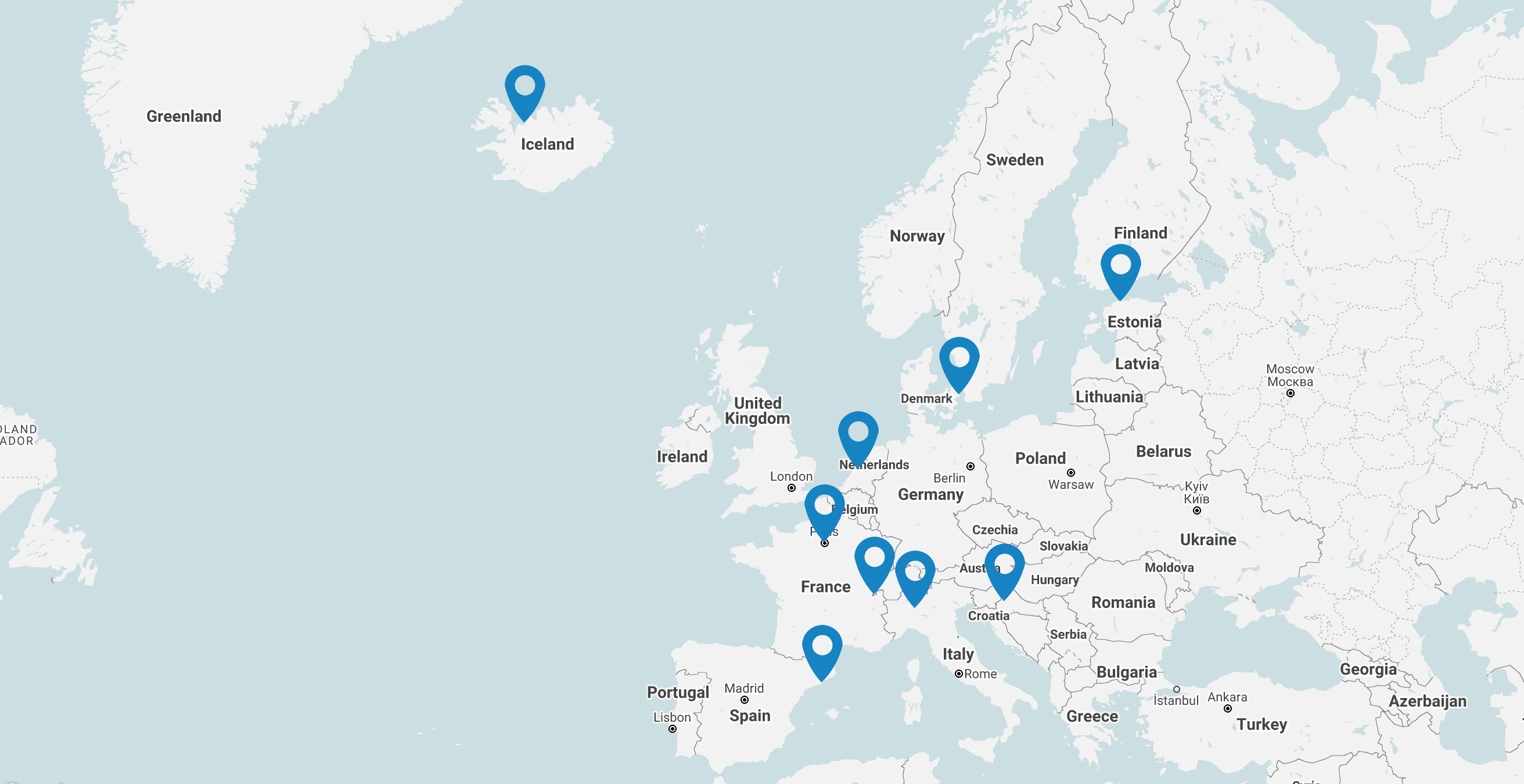BLOG
Mapping circular businesses for a circular transition
Mapping circular businesses for a circular transition
Mapping circular businesses for a circular transition
Sharing in times of changing
Words by Municipality of Copenhagen & Metabolic
ABOUT THE PILOT AREA
Pilot area: Rentemestervej
The CENTRINNO team in Copenhagen, led by the City of Copenhagen, has used the CENTRINNO Cartography to map and analyse affordability and availability of space resources, such as production facilities, office spaces and storefronts. Using the creative hub of Rentemestervej in Nordvest as a case study, our team then mapped local businesses to identify opportunities and resources for a space-sharing economy.
How can a local sharing economy benefit the creative industries in Nordvest??
Copenhagen is a city full of creative industries, old and new. Artists, craftspeople, architects, media and marketing designers and small-scale food industries – the creatives of Copenhagen are indispensable for a thriving and diverse urban fabric. As innovators, material recyclers, builders and product designers, creative businesses can act as a transformative force for more circular neighborhoods. Designers and creatives, especially on smaller scales, are often the ones bringing forth new pathways and ideas regarding the reuse and recycling of materials. Therefore, creating neighborhoods which enable creatives to innovate, connect and thrive is essential.
There are, of course, many things that urban creatives need to thrive. Affordable, available and accessible workspace is at the top of that list (Li, 2021). The City of Copenhagen has been responding to these needs of crafts-based businesses through ‘creative zones’ established across the city. The concept was first introduced in the 2005 Municipal Plan. Limiting the permissible plot ratio in creative zones to a relatively low level, compared to other business areas, has meant that rents here have remained more affordable than in other business areas. In these creative zones, the predominantly old commercial buildings are allowed to develop as mixed-business areas with workshops and studios for both creative and traditional businesses. Today the city’s municipal plan encompasses 9 such zones (Københavns Kommune, 2019).
And indeed, first assessments of the city of Copenhagen in 2014 showed that the number of creative businesses increased after the establishment of these creative zones (Københavns Kommune, 2019). However, the number of creative businesses is increasing across Copenhagen while prices for commercial properties also continue to rise. Many traditional businesses are under pressure from urban development and new businesses with space requirements struggle to get hands on production facilities, office spaces, parking locations and shop storefronts (Københavns Kommune, 2022d; Københavns Kommune, 2019).
To understand the extent of this problem better, the CENTRINNO team in Copenhagen created a detailed cartography of the distribution and size of creative industries and the development of prices of commercial property listings, such as production and storage facilities, shop spaces and offices across the city’s neighborhoods. Take a look at our results and explore how creative industries and real estate resources are distributed throughout Copenhagen.
What did we learn? – Three key insights
-
Appropriate production and storage facilities are lacking in the city center: Small producers and artists often require studios, warehouses and workshop places to run their businesses. However, we found that the majority of listed production and storage facilities are too large for smaller producers whilst also being located in the city outskirts. Closer towards the center, where the density of creatives is highest, fewer, smaller and more expensive options are available. Besides these spaces, parking options are also limited within the city center (Københavns Kommune, 2022d). The combination of these factors have played an important role behind companies now looking for options in surrounding municipalities, which offer more suitable spaces.
-
Office spaces and storefronts for small businesses concentrate in the expensive city center: Creative industries, such as designers, architects and makers require smaller and less expensive offices and storefronts close to consumer markets (Mo, 2009). Most real estate listings appropriate for smaller businesses, yet, are found primarily within the more expensive neighborhoods in the inner city. Especially makers and creative businesses which require customer proximity (such as jewelry makers, repair shops or tailors) feel the consequences of expensive storefronts most dominantly (Københavns Kommune, 2022d). A large part of the increasing price pressure on the storefronts comes from urban development, which on the one hand make it very profitable to sell off currently existing spaces to developers, while on the other rents might be raised by new real estate owners (Københavns Kommune, 2022d). Interestingly, increasing prices within the residential sector are also contributing to the relocation of especially younger makers outside of the city. These young makers are unable to find affordable living spaces which forces them, together with their workshops, to surrounding municipalities (Københavns Kommune, 2022d).
- Creative zones have managed to keep the increase in prices lower: Lastly, and maybe most importantly, we analyzed whether creative zones with measures regarding plot ratio restrictions can help to provide affordable spaces for creative industries. Initial observation of the data indicates that within creative zones, the increase in prices per square meter has been lower than in the surrounding areas. However, a larger dataset would be needed to confidently confirm this. As a further caveat, we can never be 100% sure that this observation is directly connected to the Copenhagen policy efforts, but it is a positive result with a potential to explore further.
On a city-wide scale, Copenhagen creatives are thus dealing with a dual challenge of both lacking suitable spaces, together with general unaffordability of potentially suitable spaces. A possible counter to these issues could be the creative zones, however the question remains whether these zones are sufficient to prevent makers from getting pushed out of Copenhagen. Data can only paint an incomplete picture of the needs and challenges faced by Copenhagen’s creative sector. This is why the CENTRINNO pilot has focused on conducting interviews with local businesses, establishing a network that can strengthen the environment for creative and crafts and engaging with relevant stakeholders on opportunities to find suitable square meters in one of the city’s post-industrial neighbourhoods, where urban development and creativity are coming together.
The Case of Rentemestervej – the pilot area
Located in the Bispebjerg neighbourhood in Copenhagen’s northwest, Rentemestervej is an area where the clash between retaining creative and traditional crafts industries, and urban renewal is most distinctly felt. Rentemestervej is characterized by a collection of old warehouses and industrial buildings that currently house a diverse range of creative industries.
The CENTRINNO team has been busy mapping these businesses and creatives during the last year to understand their needs and challenges at a deeper level. Explore the interactive map on the cartography site to see who’s currently active around Rentemestervej.
With a share of over 20% creative businesses, the area is a city hotspot especially for media and marketing-related businesses but it is also a home to many artists, carpenters, vocational schools and food industries.
The CENTRINNO team set out to interview local businesses on what attracts them to this area, their needs for space, affordable rents and their challenges as urban transformation rolls out.
What have we learned? First of all, several local businesses point out that they stay in Nordvest because they have had businesses there for several generations while recently arriving companies mention Nordvest as the economically most obvious option to find larger spaces in a city with rapidly increasing prices. It is not only the fairly good accessibility to larger workshop spaces that makes Nordvest interesting. A lot of attraction also boils down to the special atmosphere of the area.
The Copenhagen Pilot’s interviews with local businesses and stakeholders reveals a mixed picture of people’s experience of development in the area. While some are satisfied with their premises and the current level of rental prices which they still perceive as lower compared to other areas in Copenhagen, other actors are concerned about the development in the area with rising rental prices and a lack of access to suitable spaces, which they themselves highlight as a determining factor in their having to move to other areas further out of the city in the coming years. Several businesses highlight the need of larger and more suitable spaces e.g. located on the ground floor but that they prefer to stay in the neighborhood for as long as possible due to the more central location, the local affiliation and the creative atmosphere of the area.
This diverse and active street is in the midst of one of Copenhagen’s most challenged neighborhoods, given that Bispebjerg has lower education rates, higher poverty rates [5,6]. This comes together with citizens in Bispebjerg experiencing 1-2 years of shorter lifespan compared to greater Copenhagen, with higher scores in stress and lifestyle diseases.
Tackling these complex social and economic challenges, Bispebjerg is set to undergo a comprehensive urban renewal process during the next five years. In close cooperation with its citizens, stakeholders, and all the municipality’s administrations and professional experts, a proposed area renewal plan focuses on creating new attractive urban spaces to support local communities e.g new green connections for pedestrian mobility and a redevelopment of run-down houses. Acknowledging the social conditions of the area, the renewal plan also focuses on cultural and social projects that aims to strengthen the area’s institutions and communities and create better life chances for children and young people, for example by getting more young people involved in the neighborhood’s cultural and leisure communities[7].
Questions remain for the Nordvest area: How can we overcome the challenge of retaining and improving access to affordable spaces for creatives as urban renewal plans roll out? How can we ensure urban renewal is not only socially inclusive but also regenerates the local economy and community in a circular way?
During the last months, we identified a few possible pathways and opportunities for a local sharing economy that further connects and strengthens the local creative industry in Nordvest. These opportunities partially build on already existing projects in the area and will be explored by us further during the coming months. See the full presentation on the cartography site!
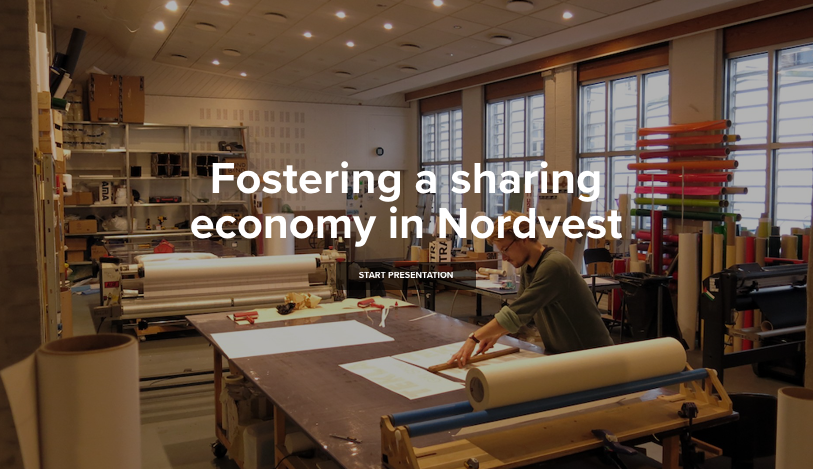
There are however a number of factors we need to consider to understand the potential of developing shared manufacturing infrastructure. For example, our research shows there is a wide diversity for the types of businesses present in the pilot area, which could foster invention and possibly circularity by pooling different types of crafts and creatives together. However, different crafts and creatives are likely to require specific types of spaces and distribution channels. We will need to define clearly which creative industries are most suitable for shared workshop spaces. Furthermore, questions regarding the ownership model of such shared spaces and distribution channels arise. Is the ownership community funded and shared? How can we effectively connect existing businesses owning surplus space with new businesses struggling to get their hands on workplaces? How can real estate developers be motivated to develop premises with the right requirements for creative businesses? The Copenhagen pilot will continue the discussions with real estate developers, businesses and other organizations to answer these questions.
Next steps
What will happen next? The Copenhagen pilot will continue exploring concepts and business models for affordable square meters in Nordvest targeting creative and crafts businesses and supporting creative urban environments in cooperation with the established network of private developers, foundations, business and public actors.
We will also continue testing the model of a distributed hub in which spaces and equipment across the neighborhood are opened up to different businesses and the community. In the coming year, networking events with local business and the community will help us to foster exchange and discuss the opportunities we presented here. As the local examples show, there are several interesting instances of shared spaces that could work as inspiration for other creative actors in the neighborhood and at a city level.
Reflection
Copenhagen envisions creatives and local craftspeople to accelerate circularity within the city. Sharing spaces have the potential to foster innovation through collaboration, however the realization of this potential goes further than just having a suitable space (Jiménez et al., 2021; Capdevila, 2015). Indeed, many creatives and craftspeople are bound by the inherent living -and income insecurity of their profession, and opting to allow the displacement of those people from well-known spaces with local ties and cultural roots, towards newly created shared hubs, might hinder collaborative creativeness rather than foster it (Vivant, 2013; Kozina, Bole & Tiran, 2021). It is therefore advisable for policy to let the local makers and communities be directly involved in how the space should be shaped (Capdevila, 2015). The pilot could therefore serve as an example for the redevelopment of other areas within cities around the world, where the paradigm of synergy between the local community, private redevelopment and circular innovations, is showcased.
??Check out the article and interactive maps on the cartography site!
